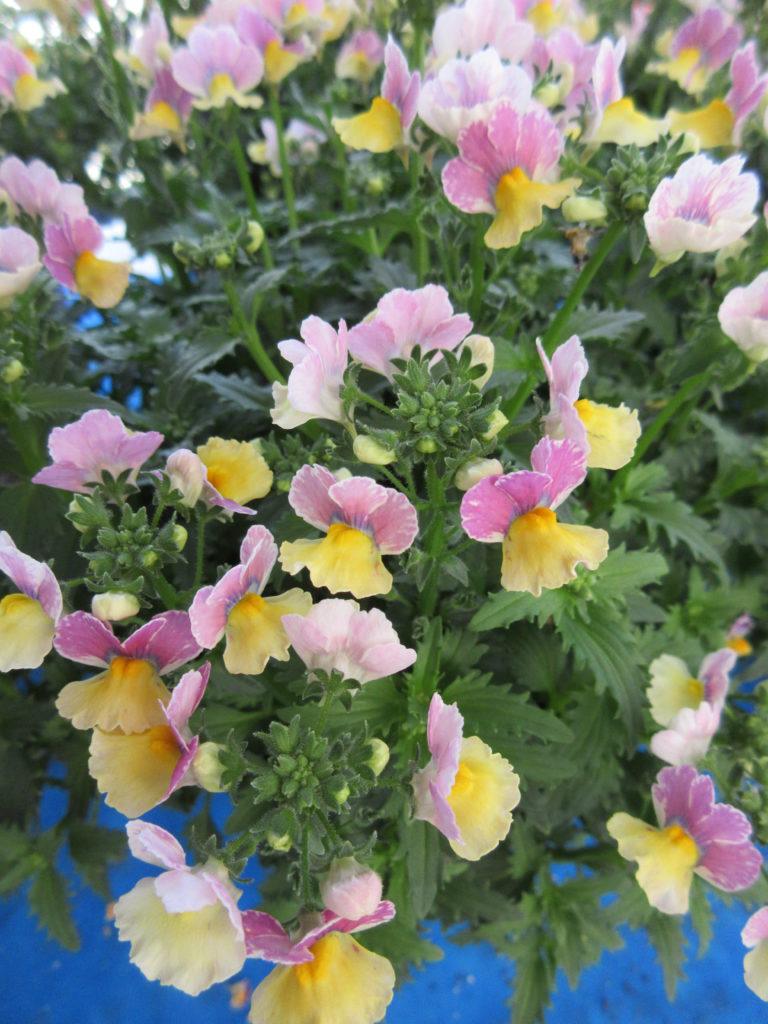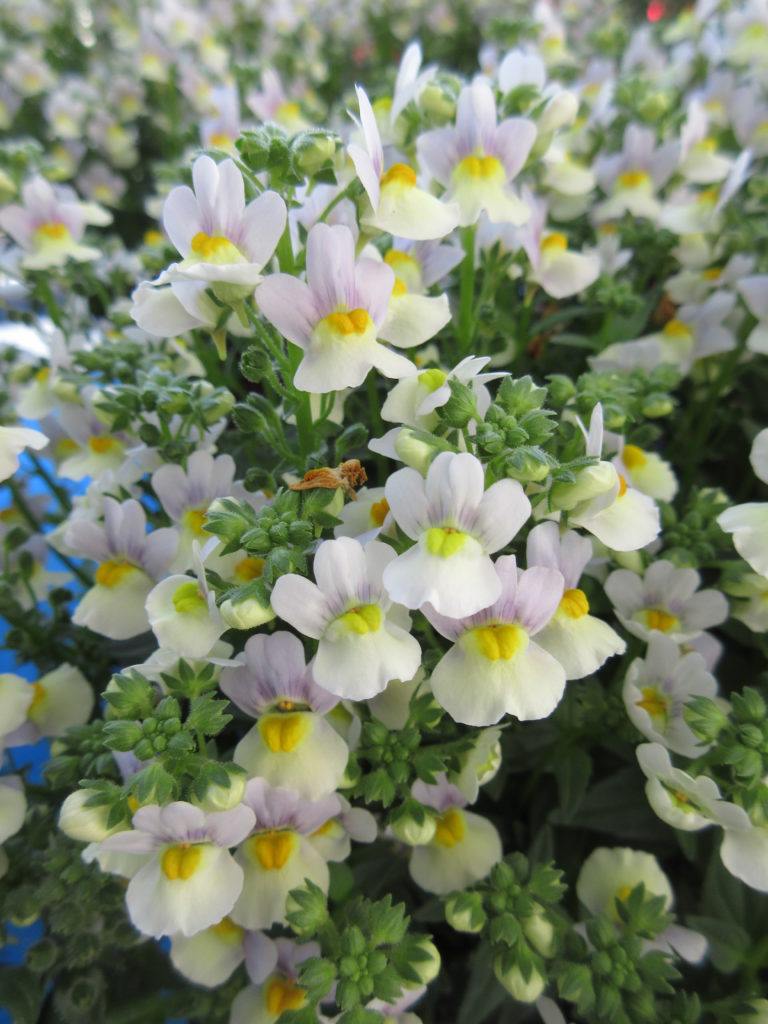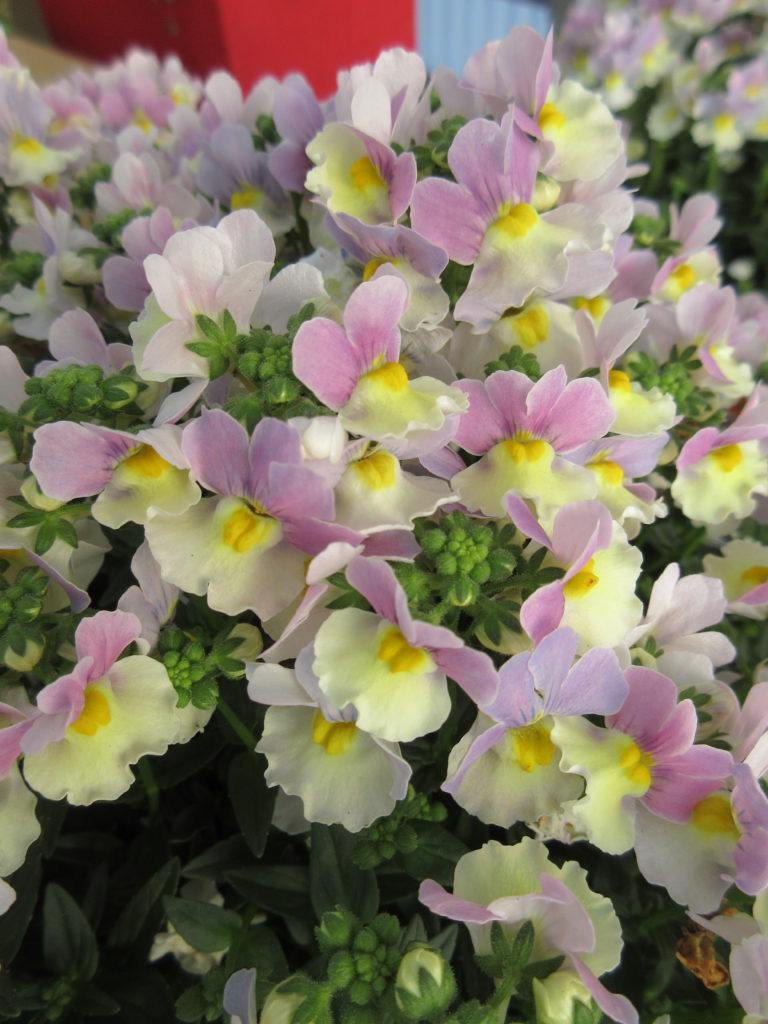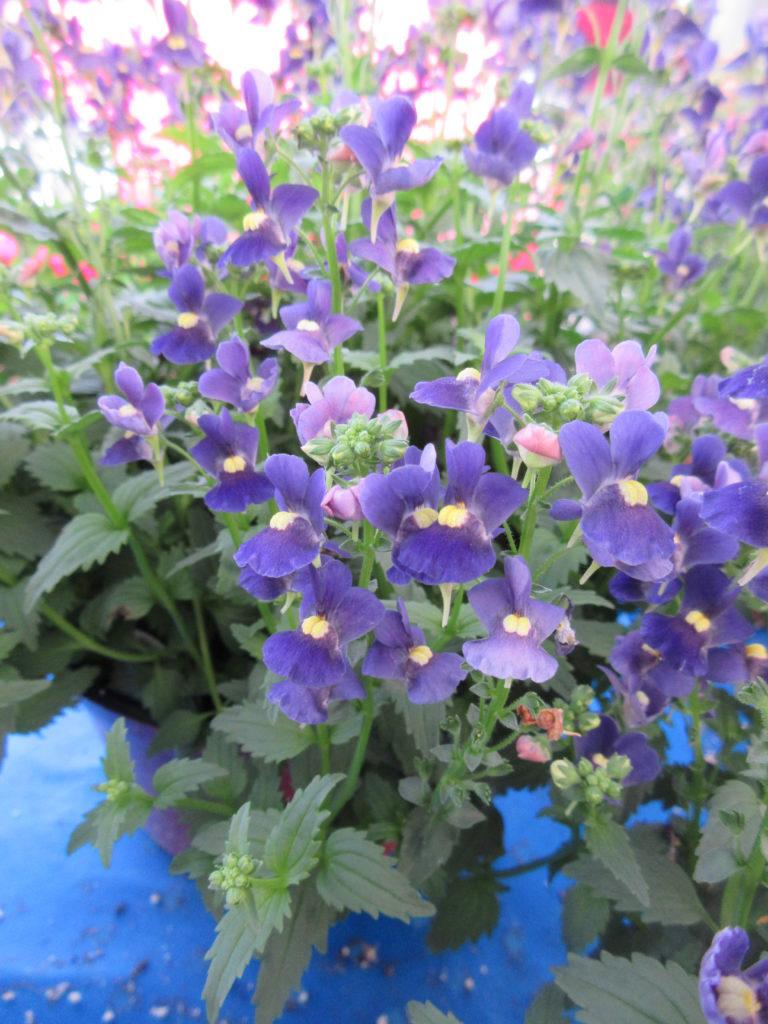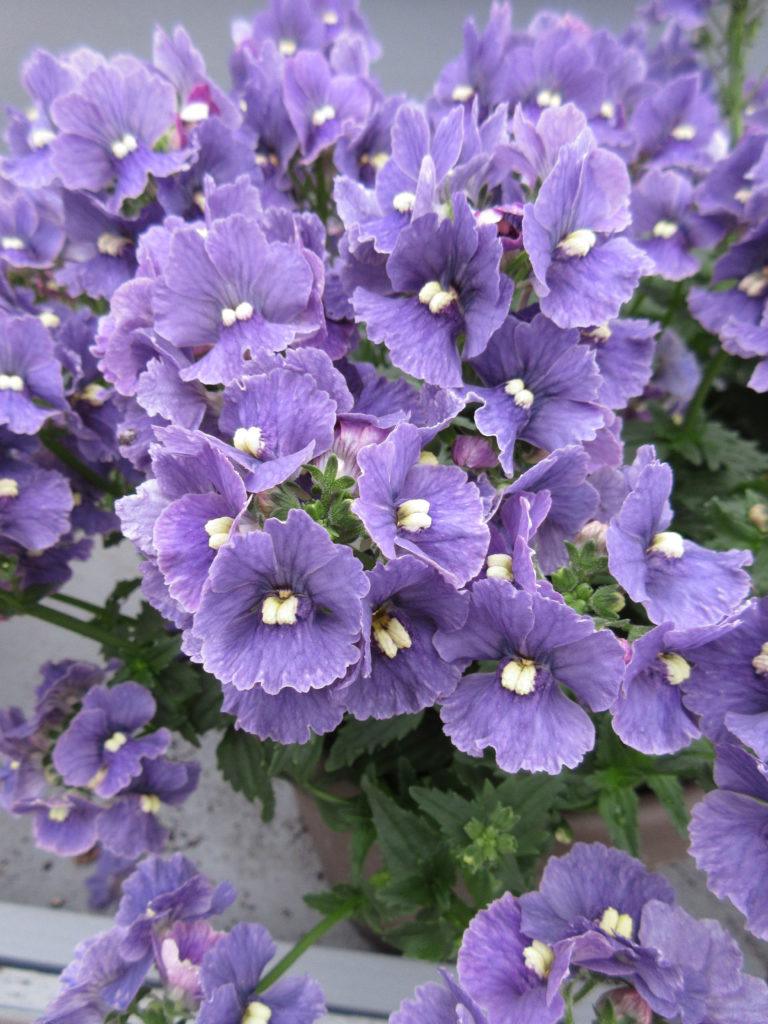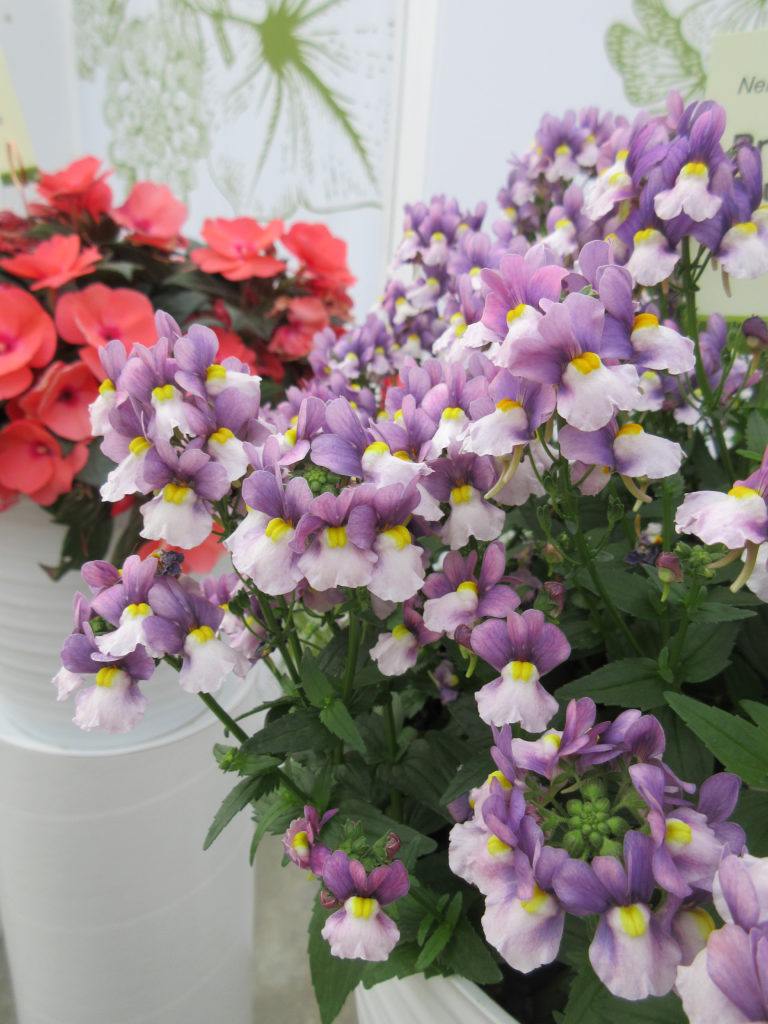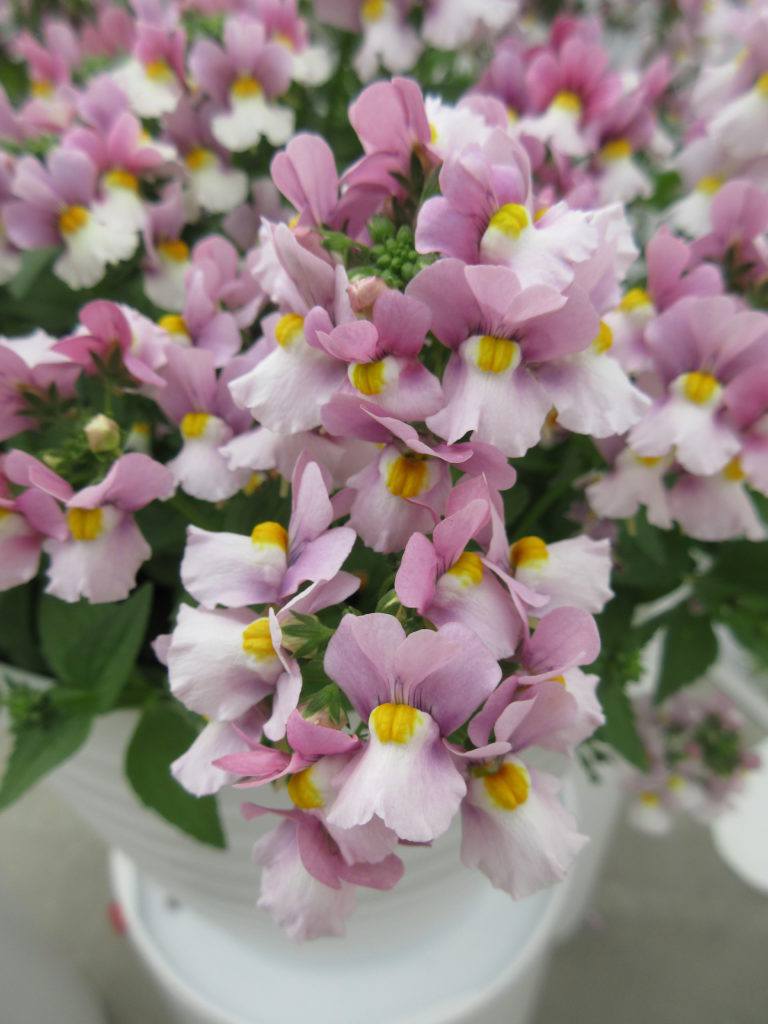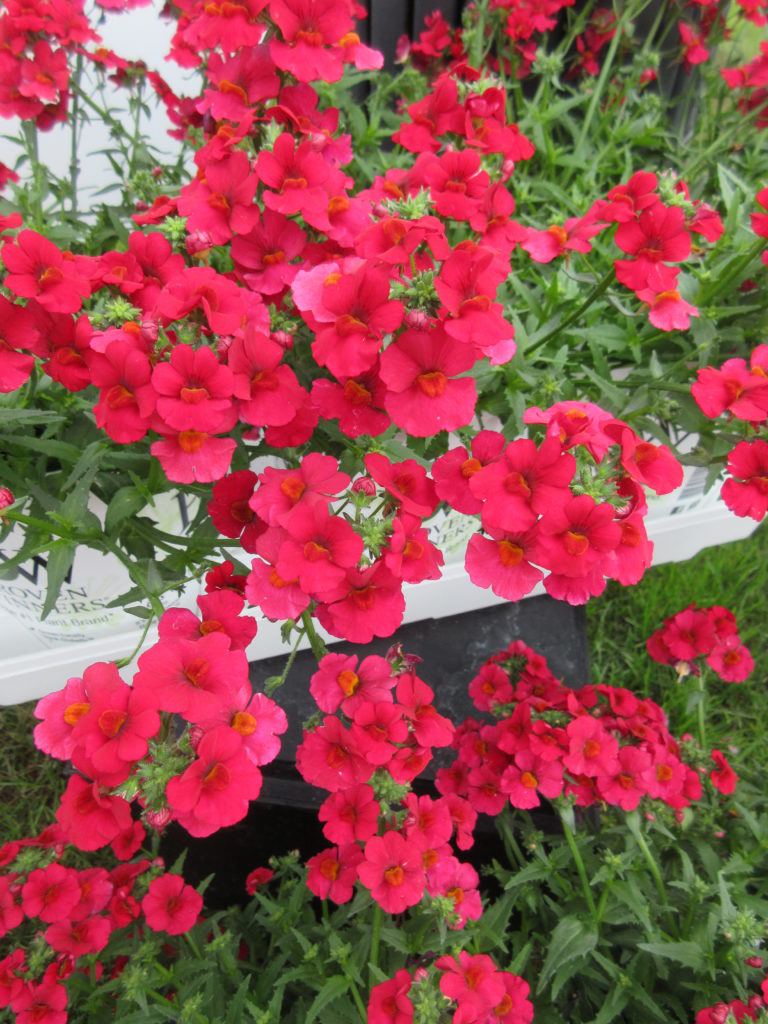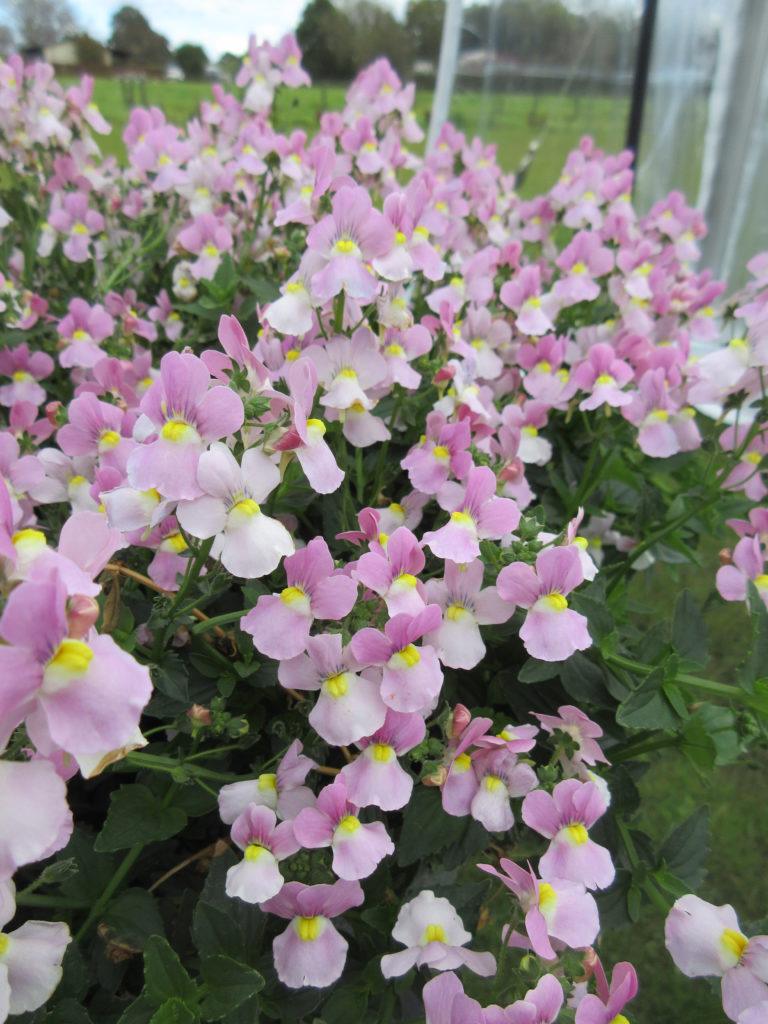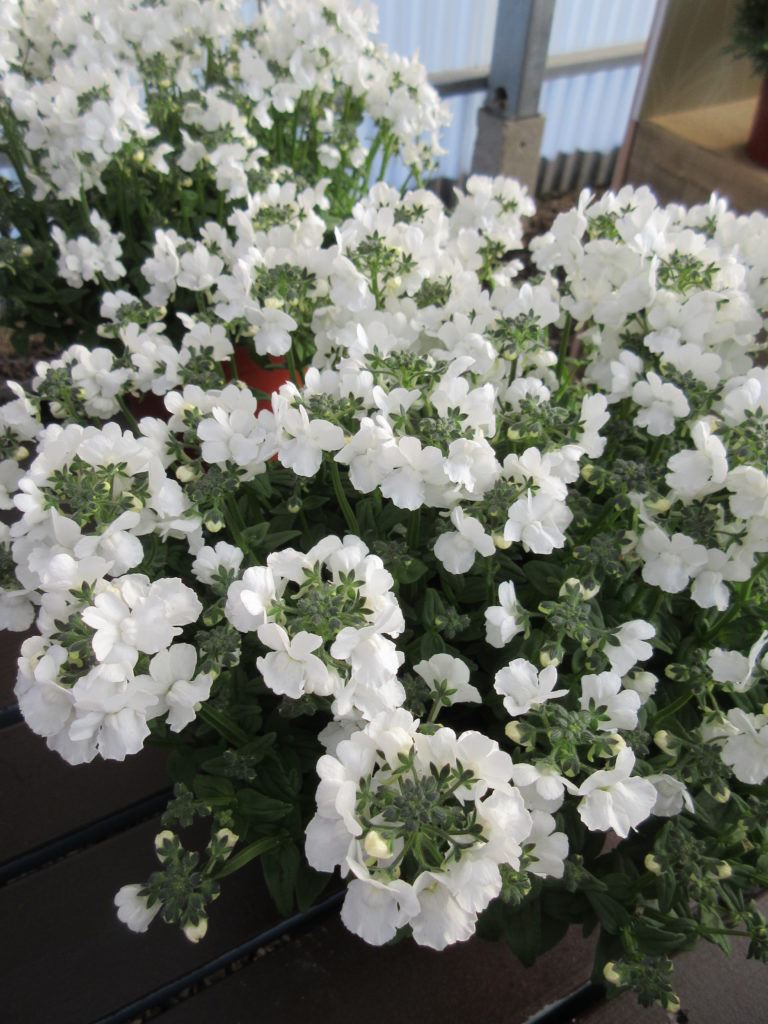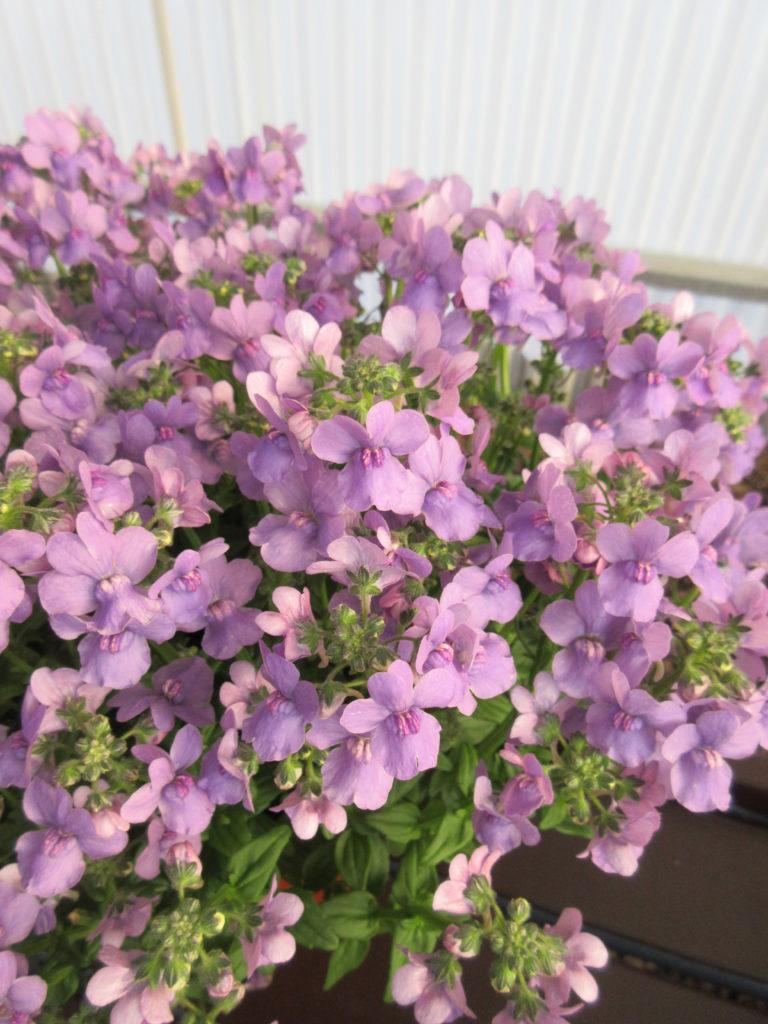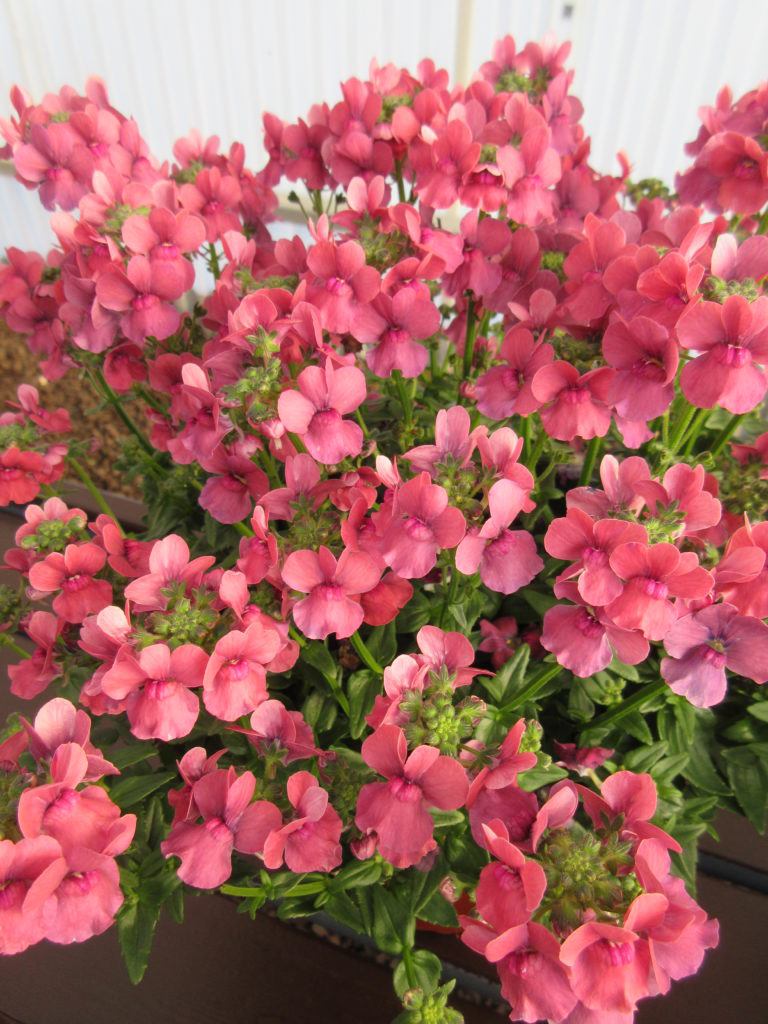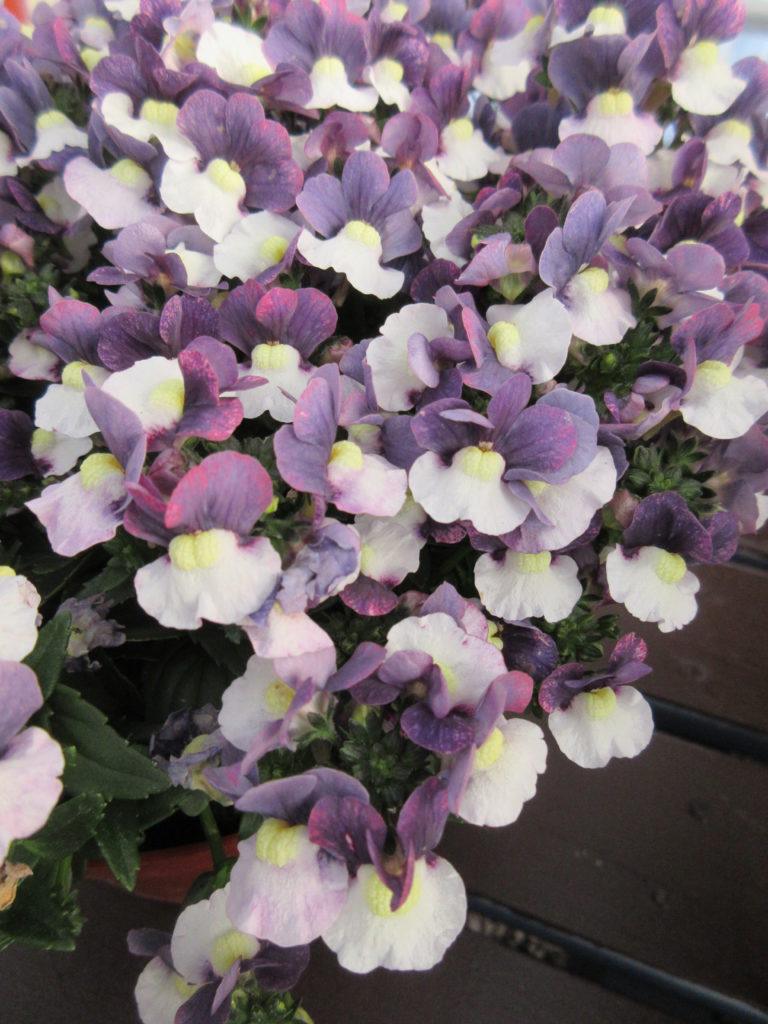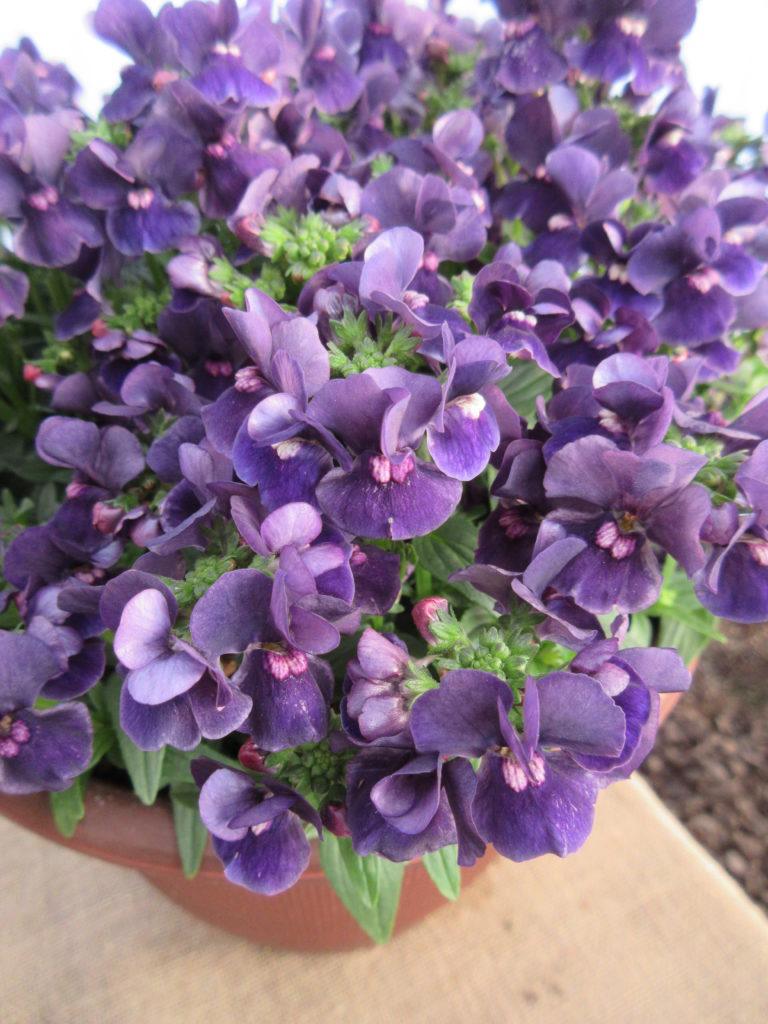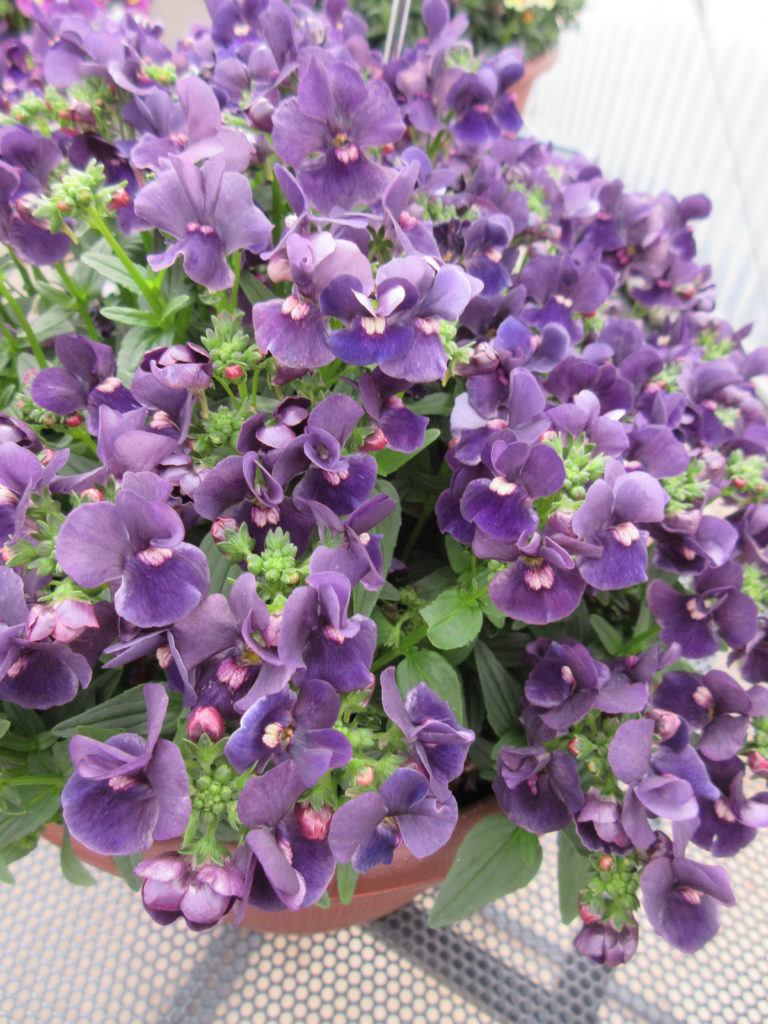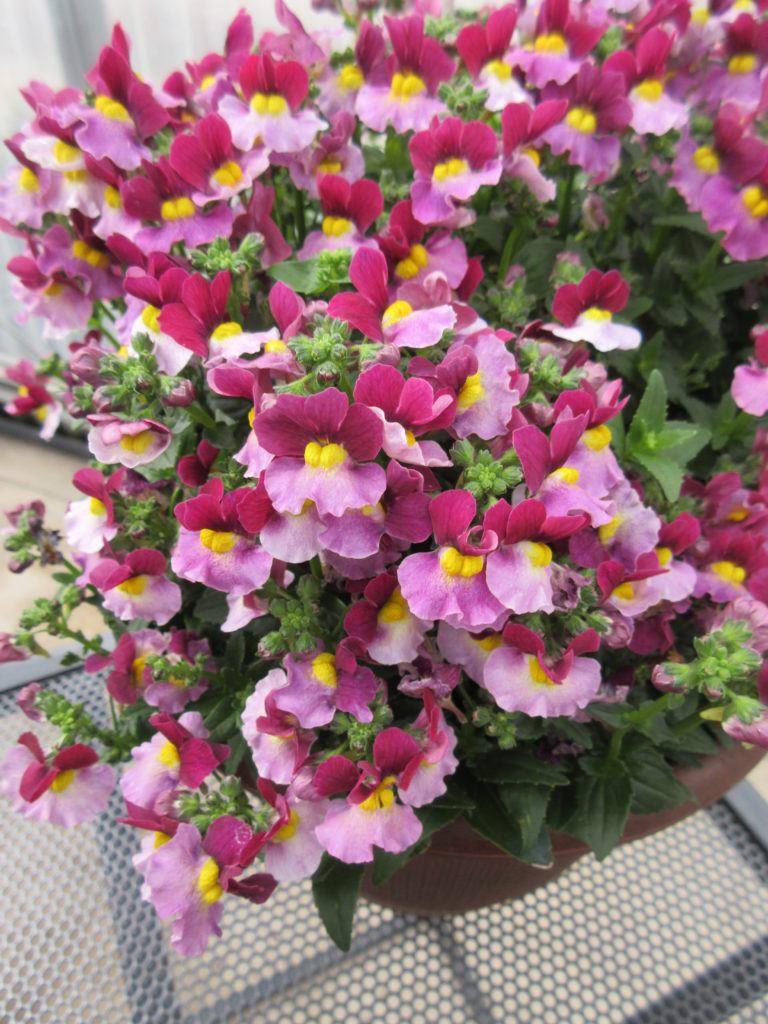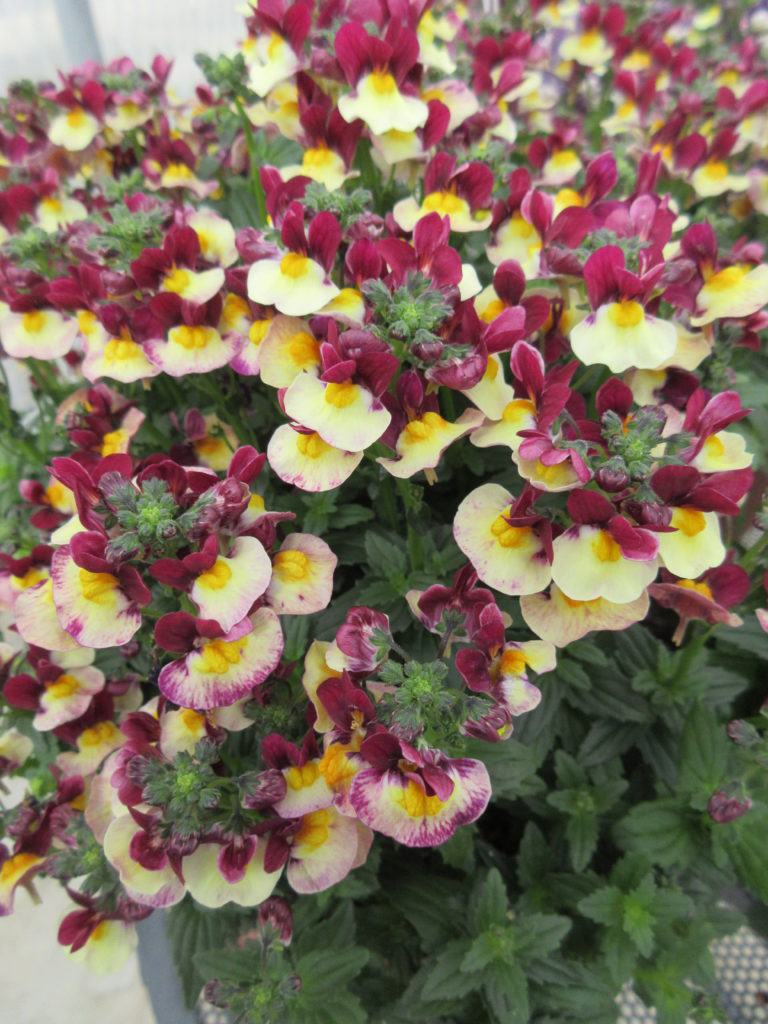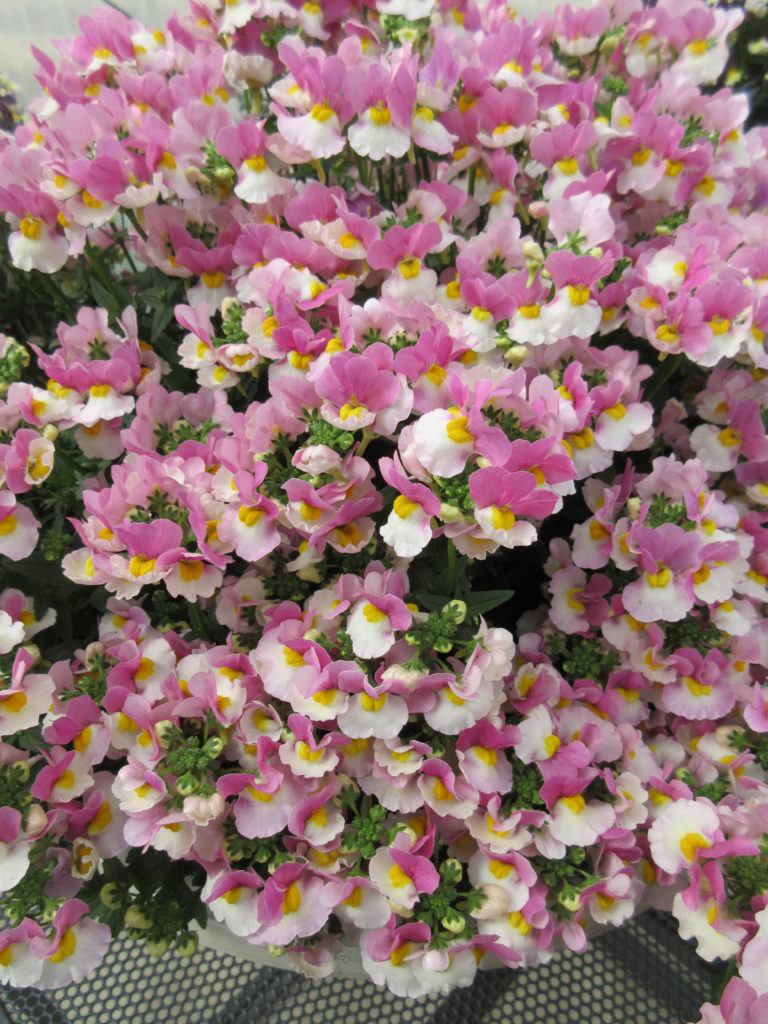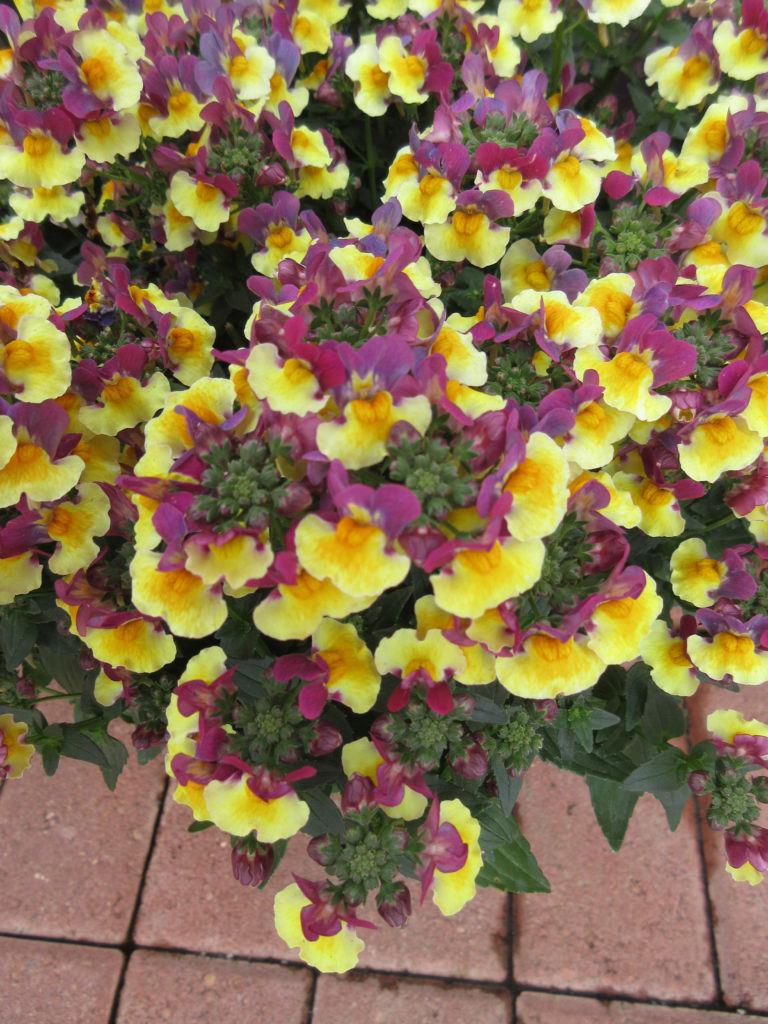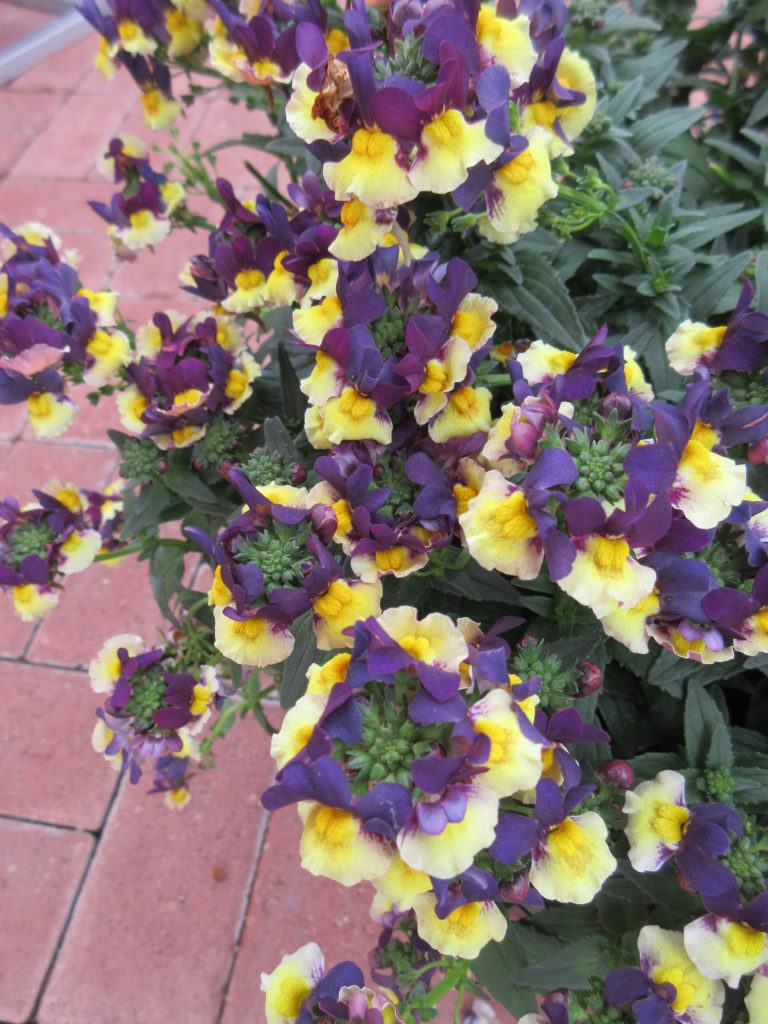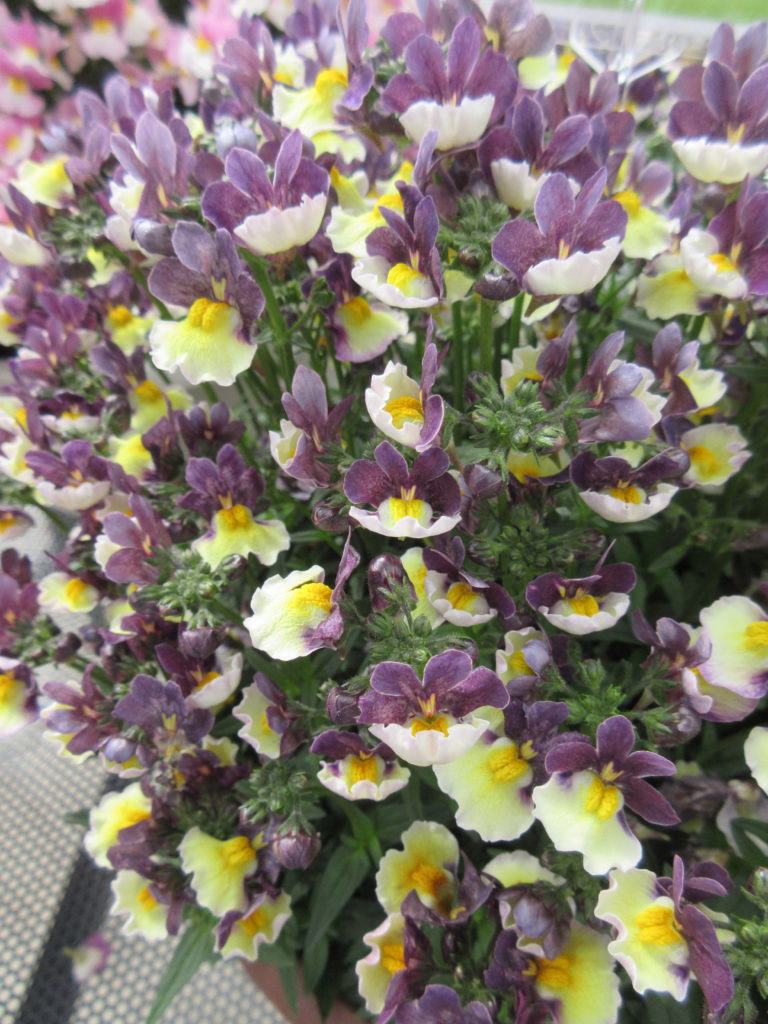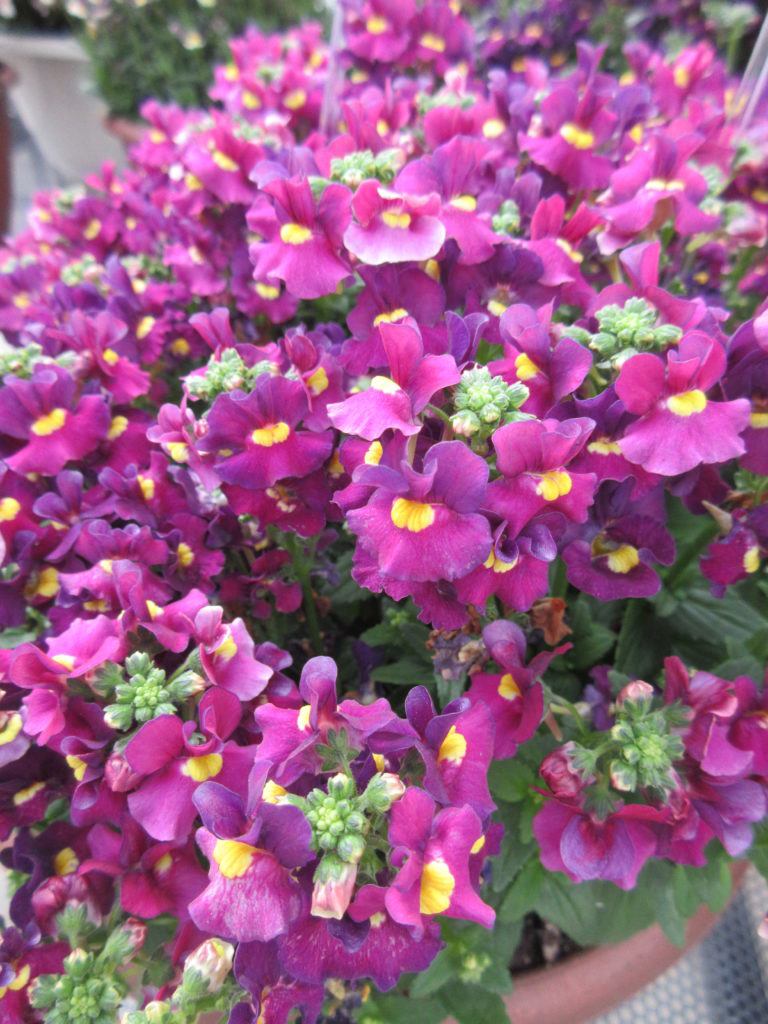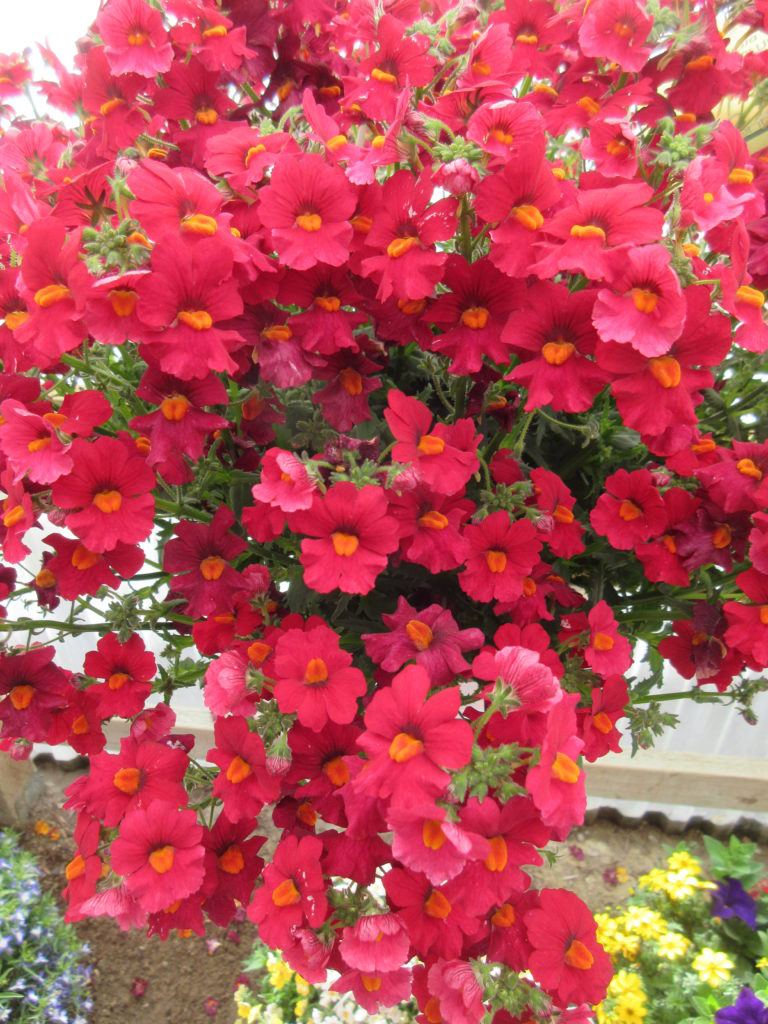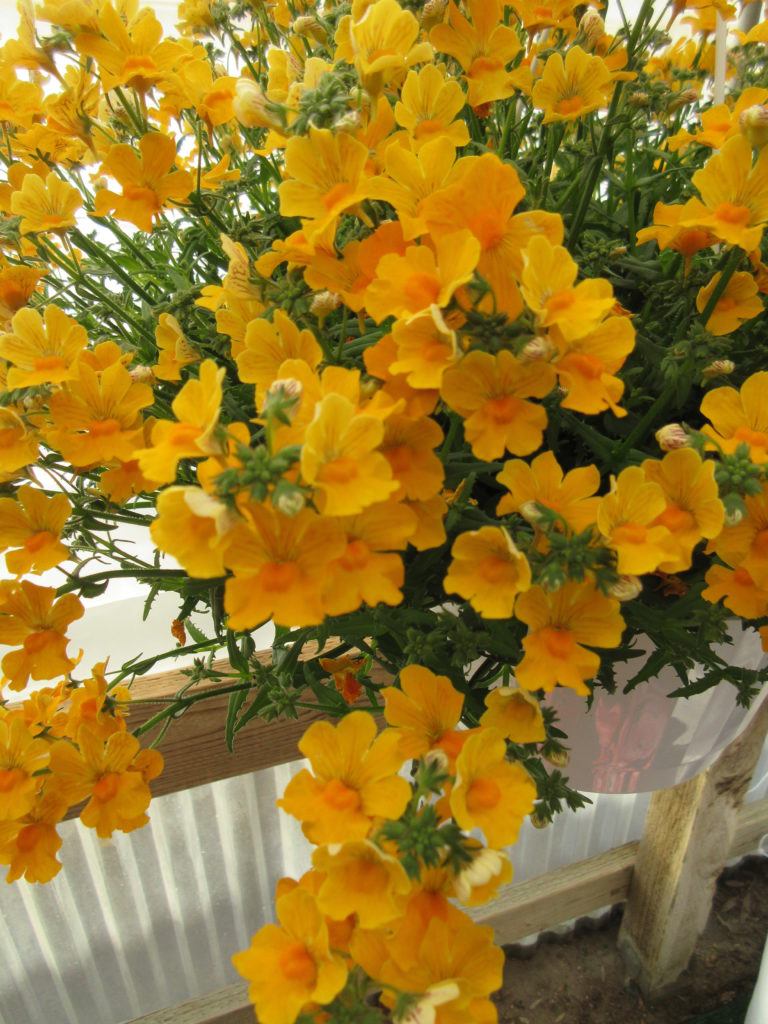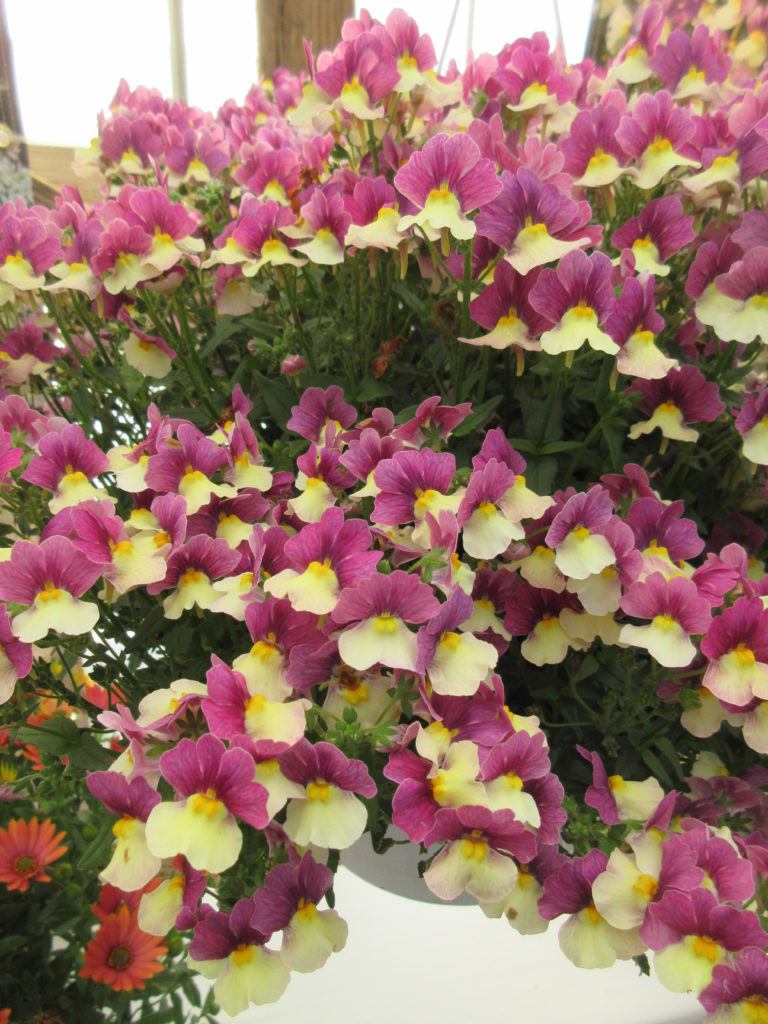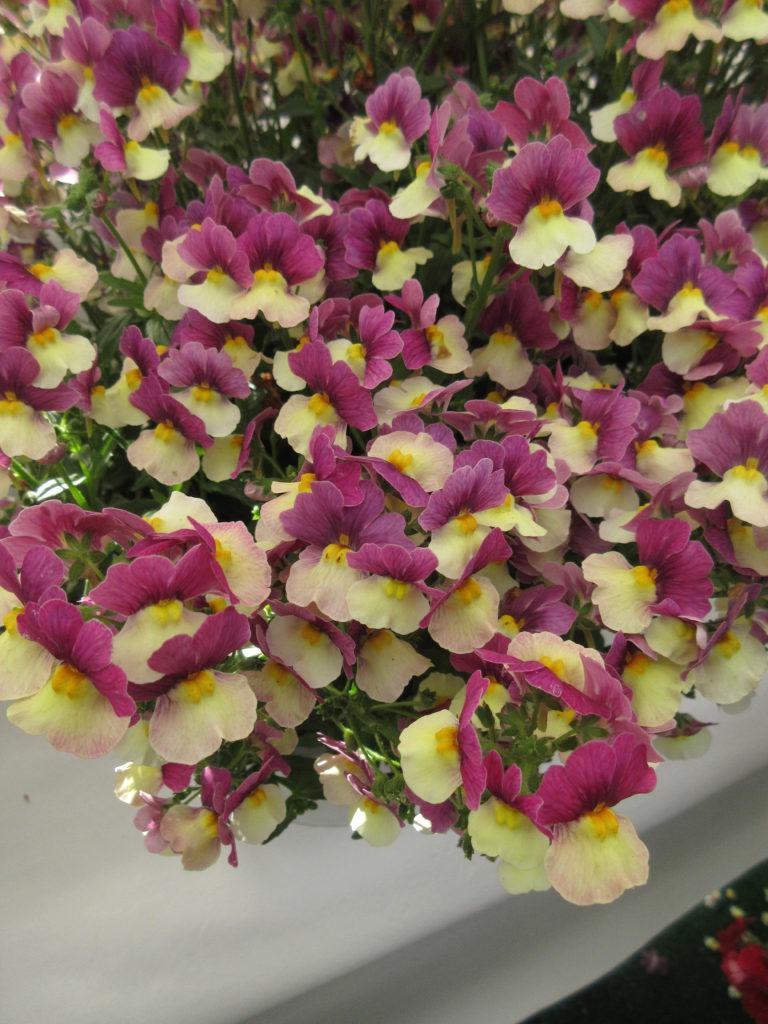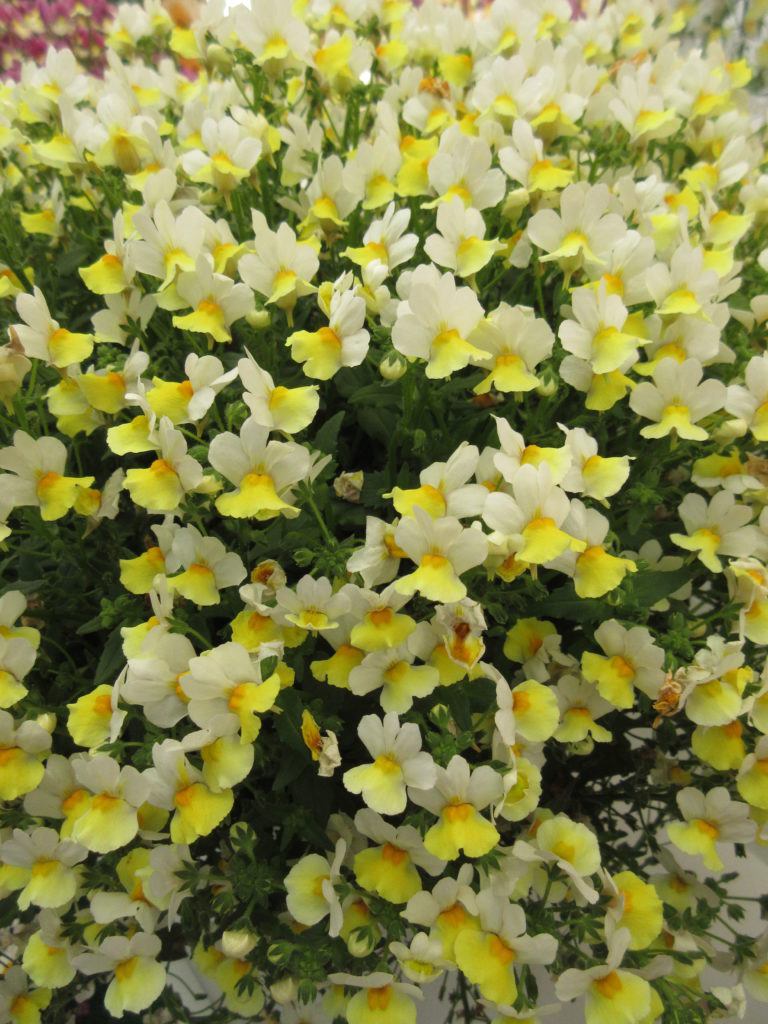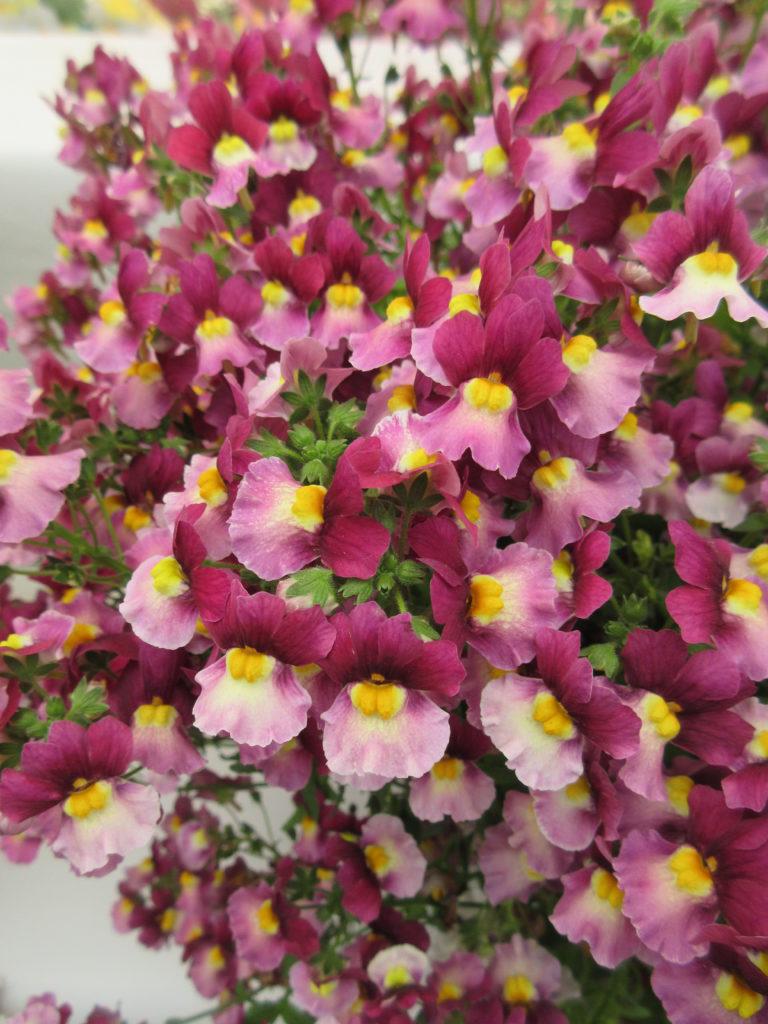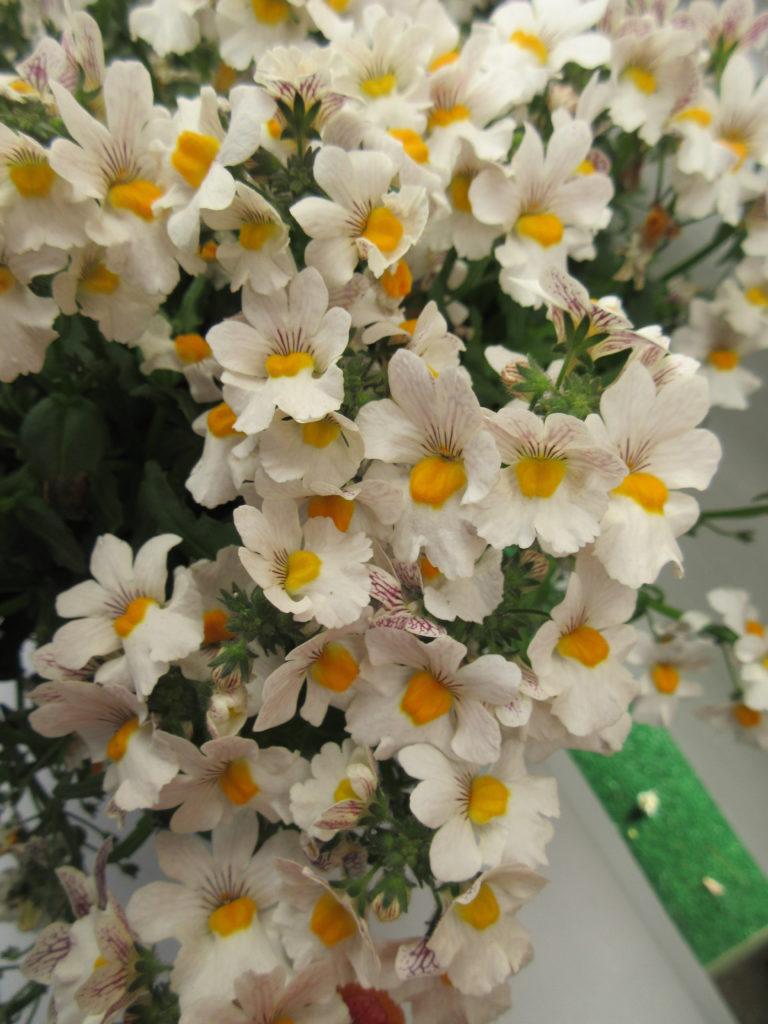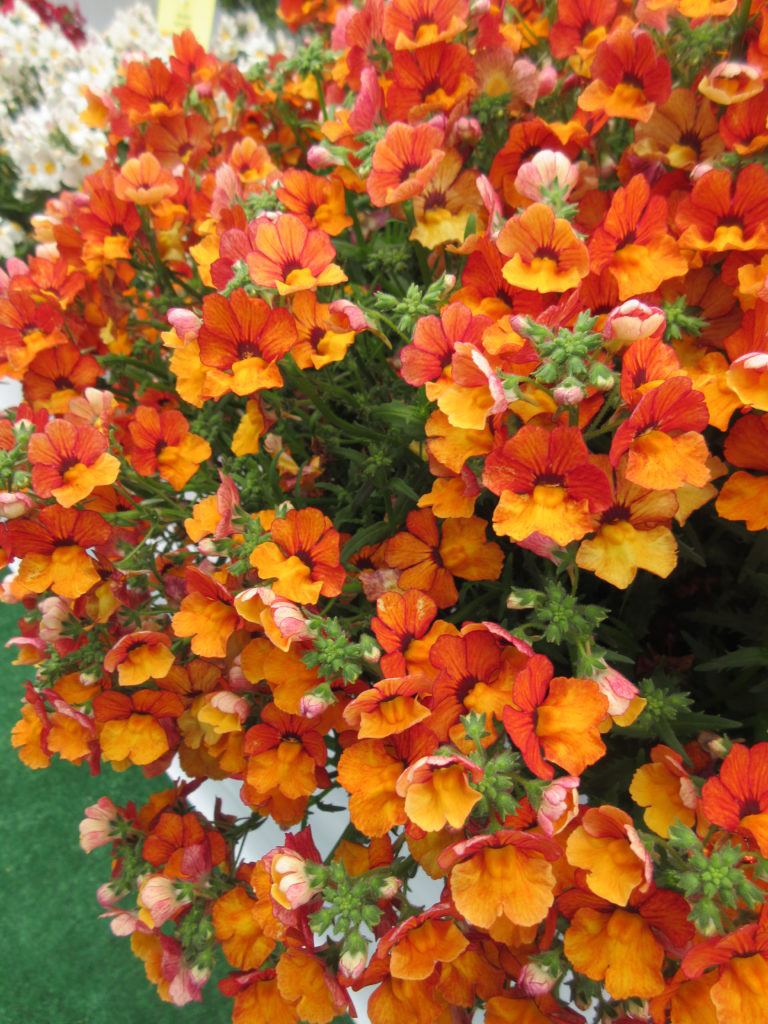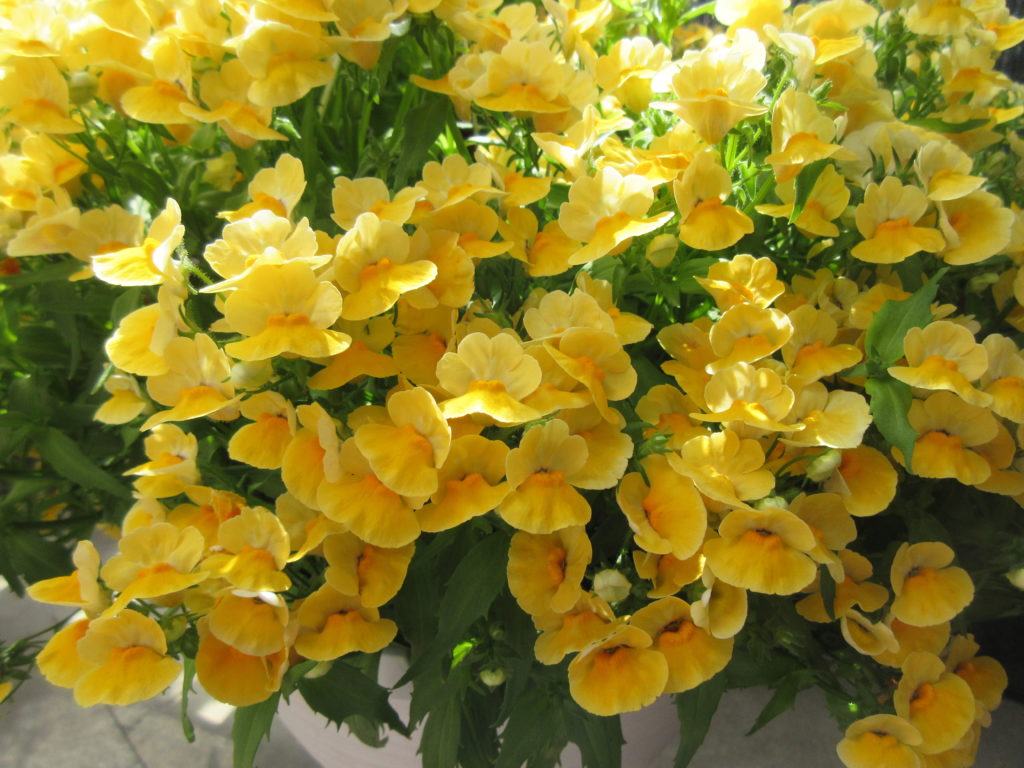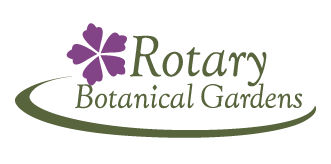Enriching lives through beauty, education, and the arts.
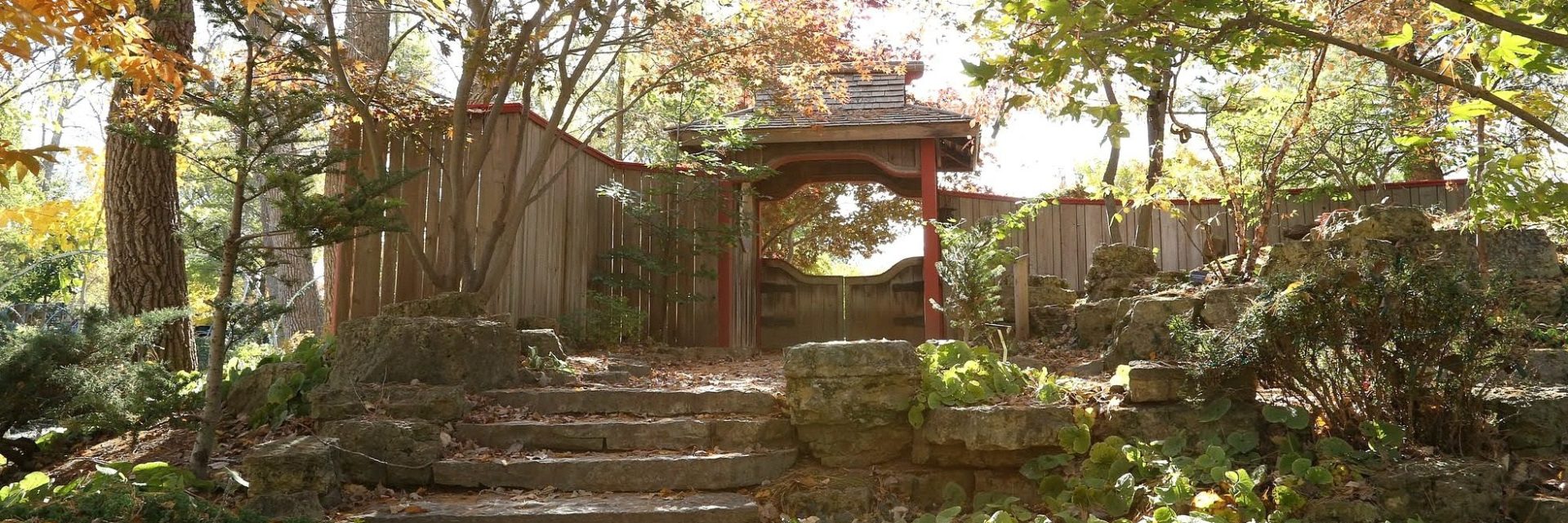
I’m a huge fan of observing and photographing cape daisies (Osteospermum ecklonis) as I find their flowers spectacular. Also called African daisy, this annual continues to become more popular to a global gardening audience. All of the photos in this blog feature some of the newer selections available or coming soon to the home garden. I saw these at the California Spring Trials (CAST) and enjoyed seeing some exciting new colors. I’ve also seen Osteospermum used in fresh arrangements where they are spectacular. We’ve had mixed success with this annual (Z10-11 hardy) in our climate as they despise the hottest portions of our Midwest summers and will effectively stop blooming by mid summer. However, the color range of the flowers is truly amazing and the fact that they are deer and rabbit resistant are added bonuses in the landscape. The flowers close at night and open as the sun reappears the next day. Preferring full sun in well-drained, rich soils, these plants will bloom strongly in to early July for us and then start slowing down. There is a danger in over-watering them so make sure drainage is provided. Using them for early season color is a great way of maximizing their appeal in the earlier months of the growing season. In our area, they will thrive in May and June although imminent heat will shorten the show but not the memories of this showy flower.
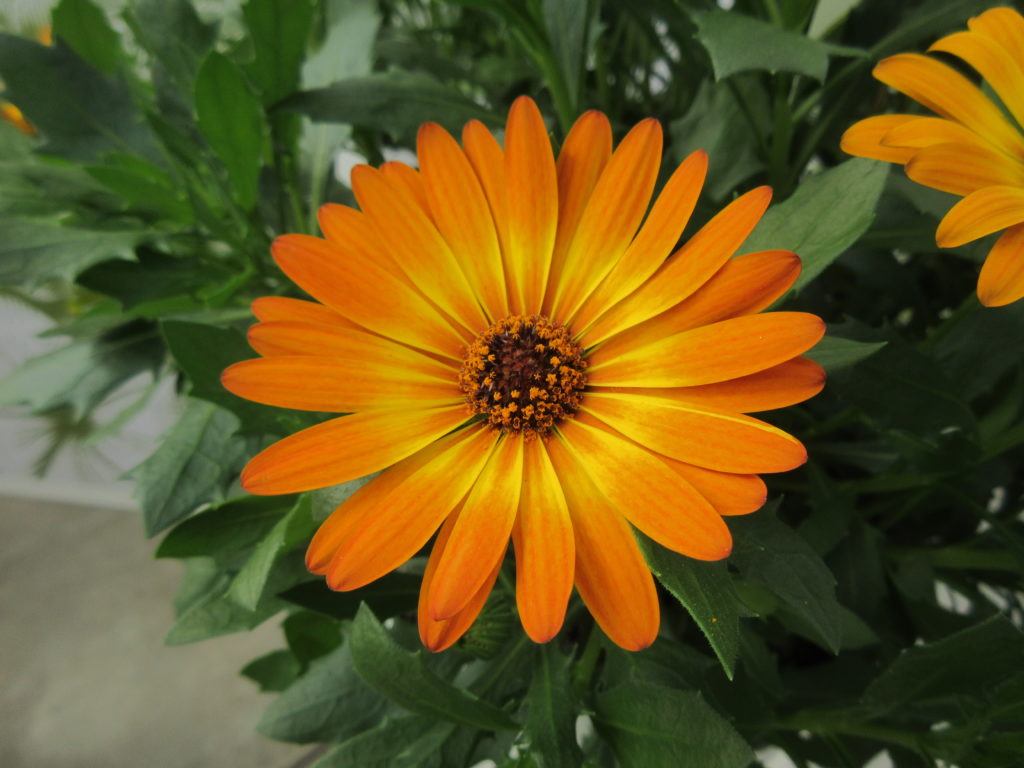
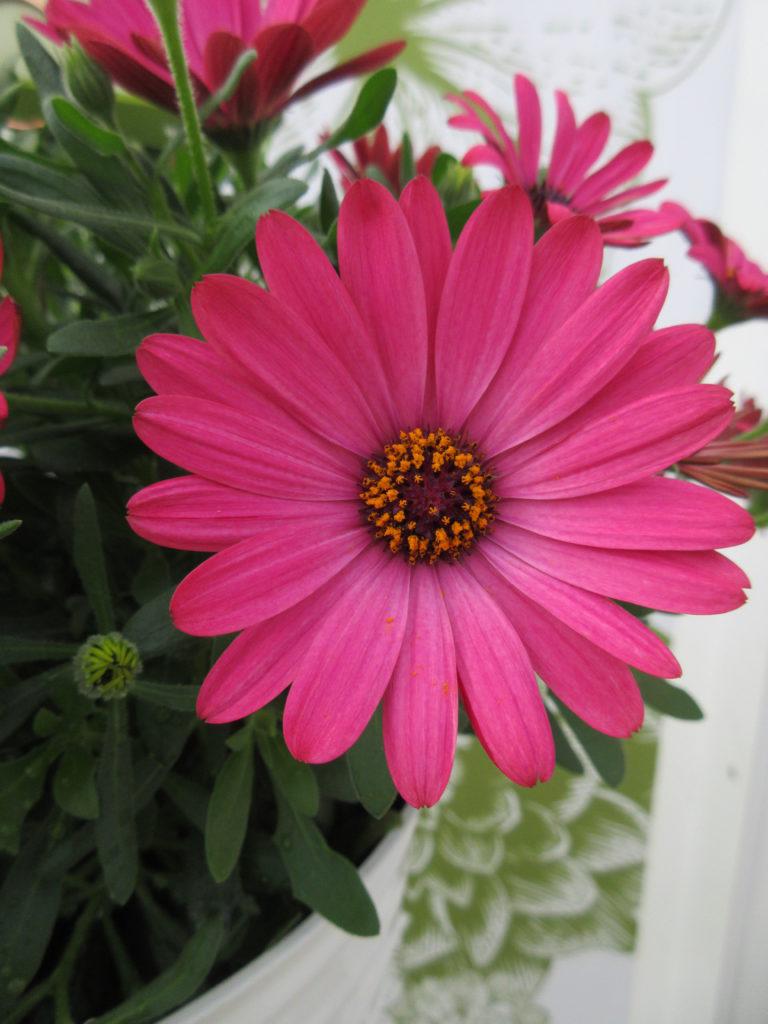
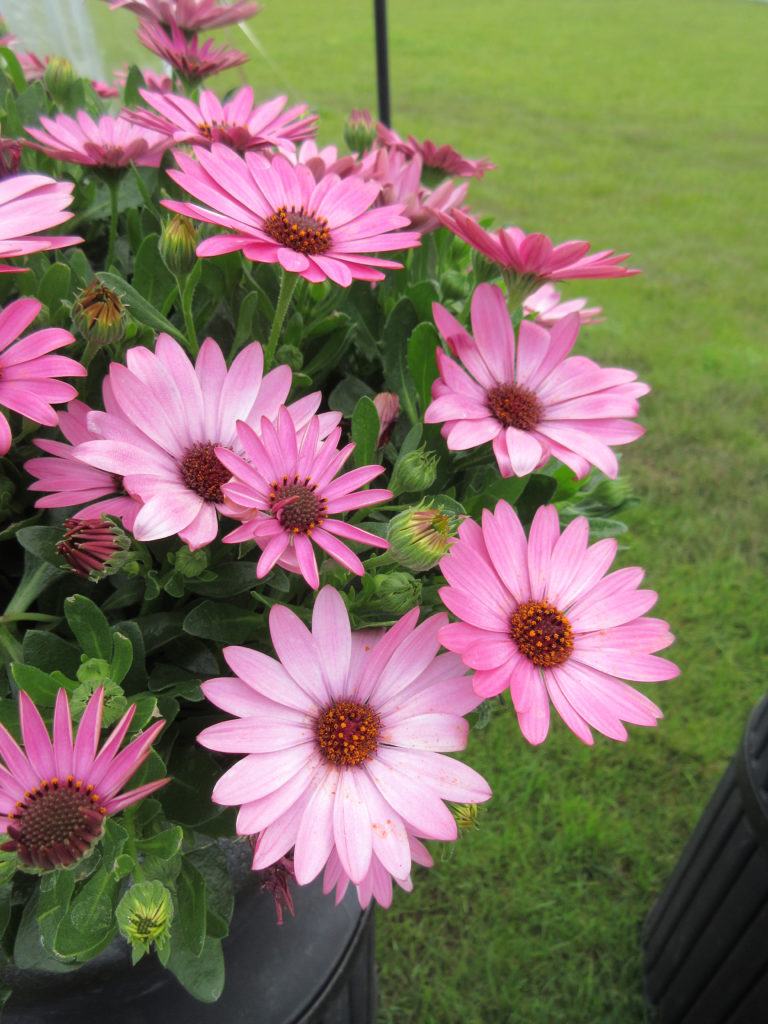
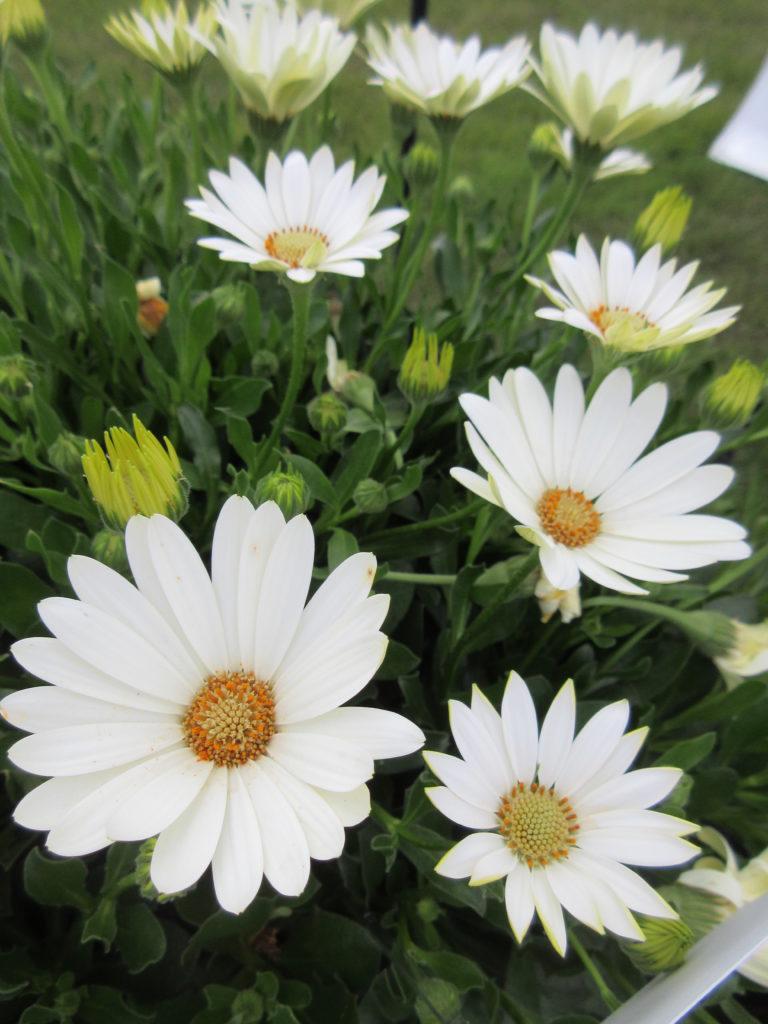
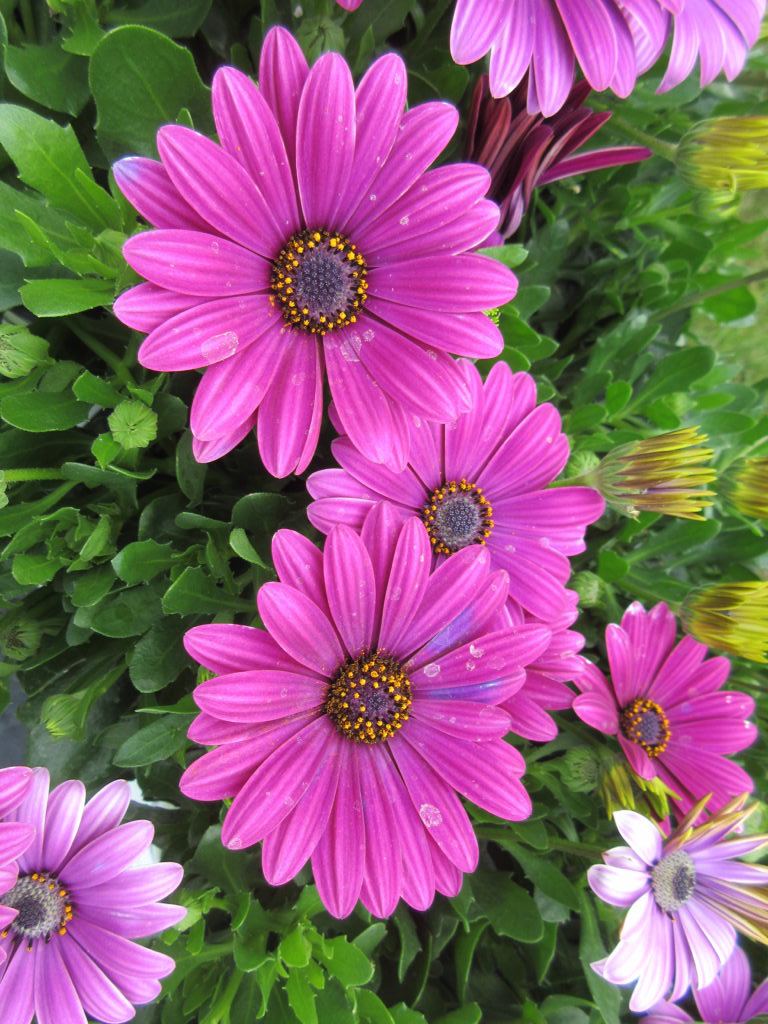
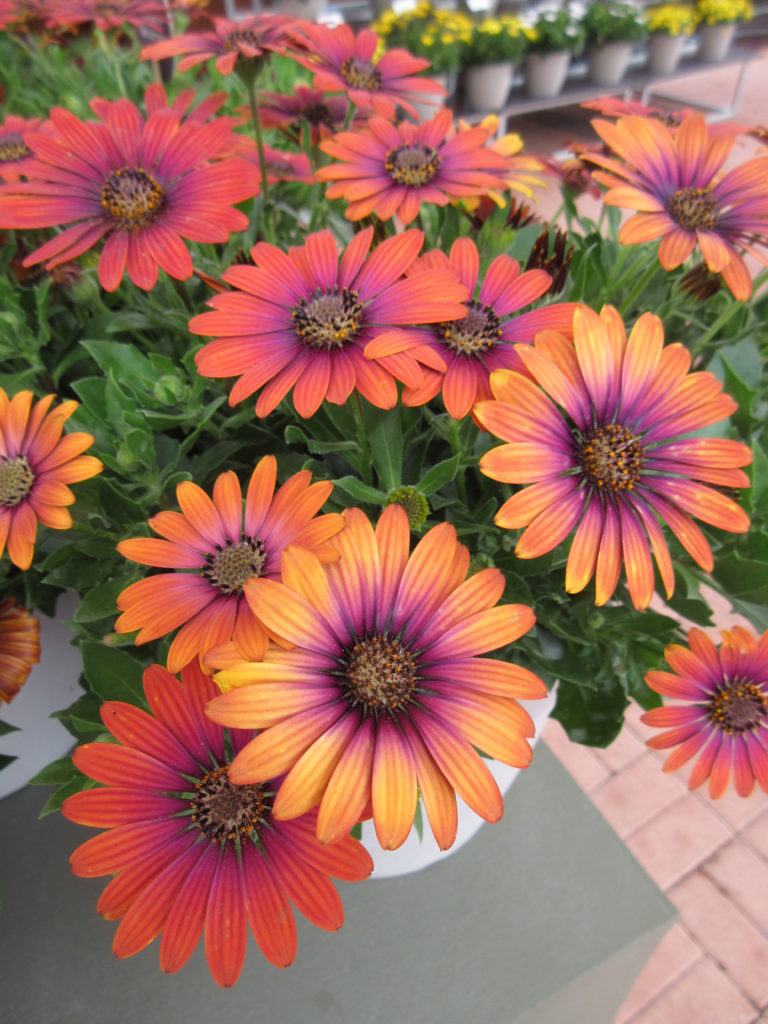
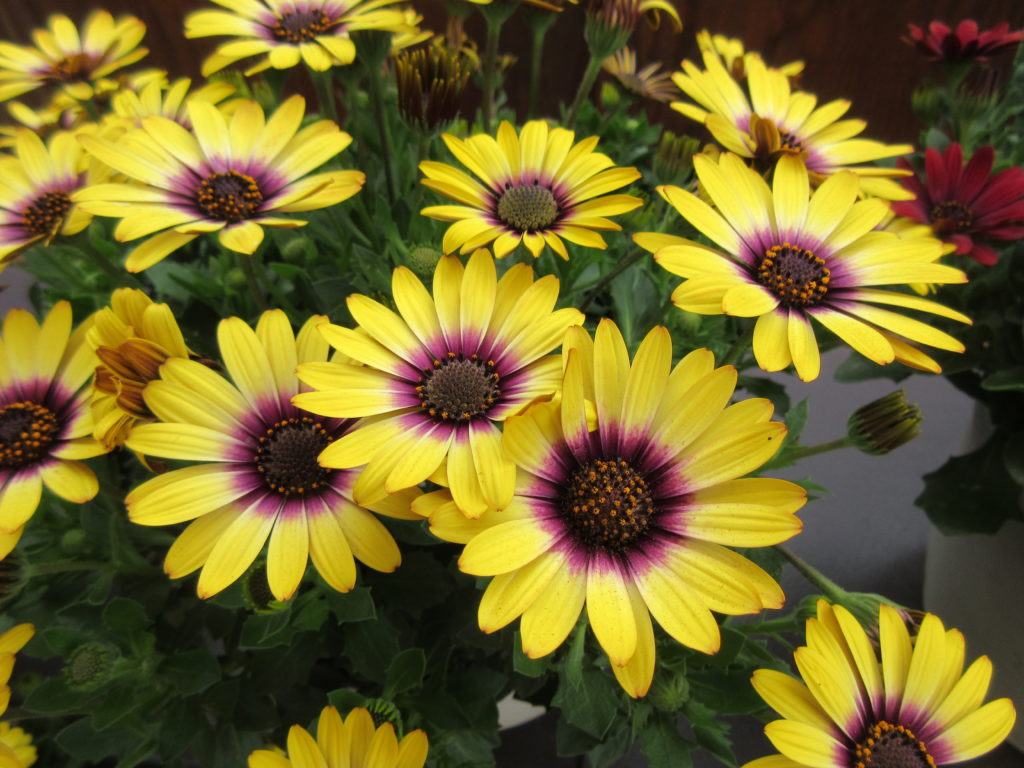
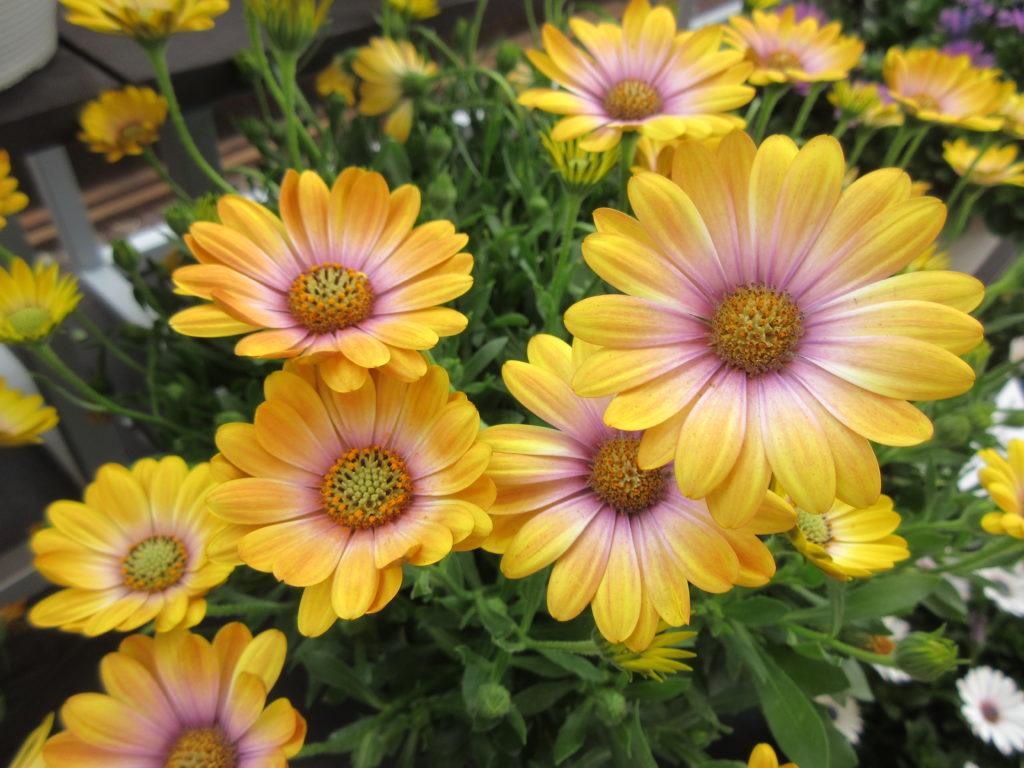
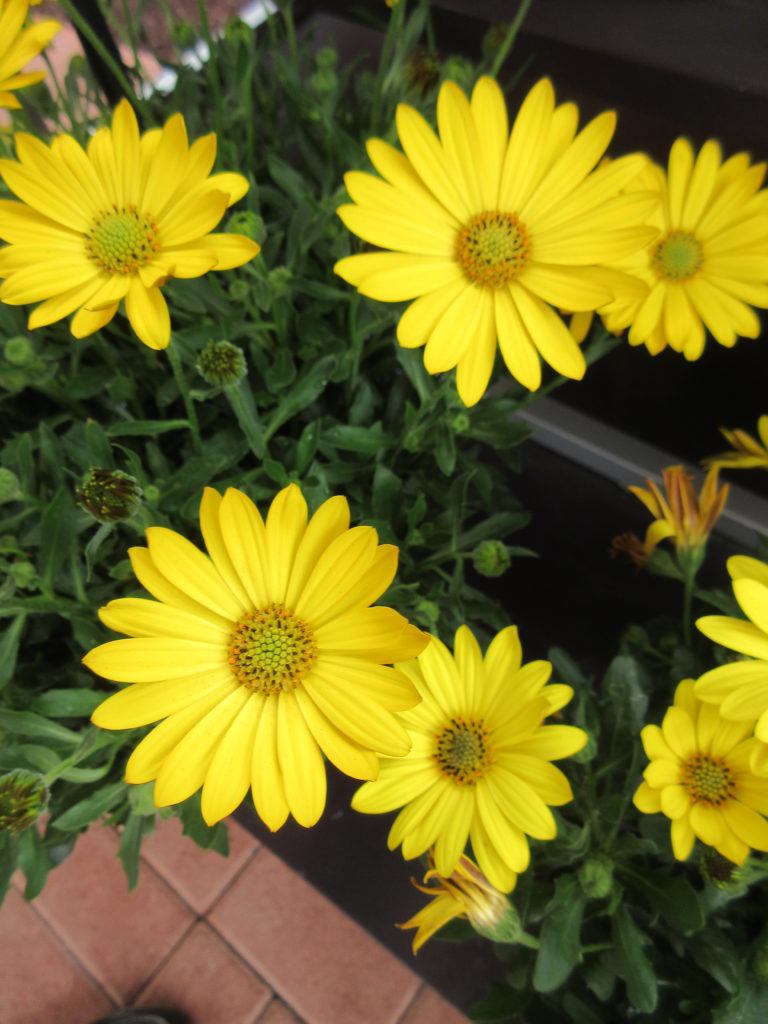
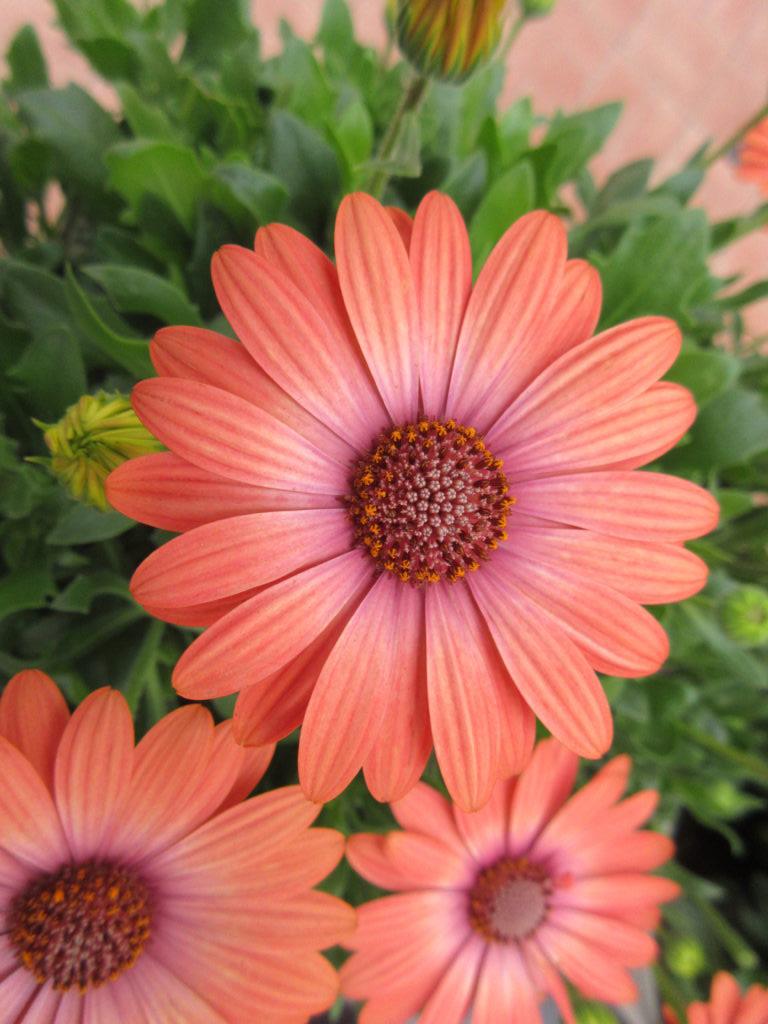
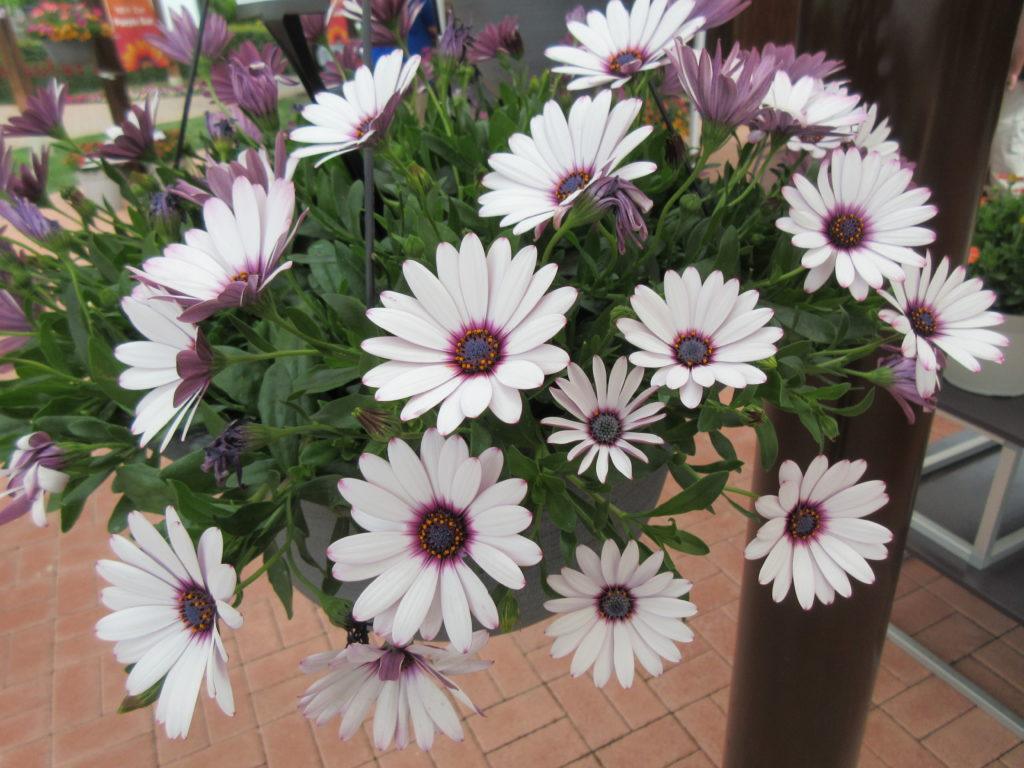
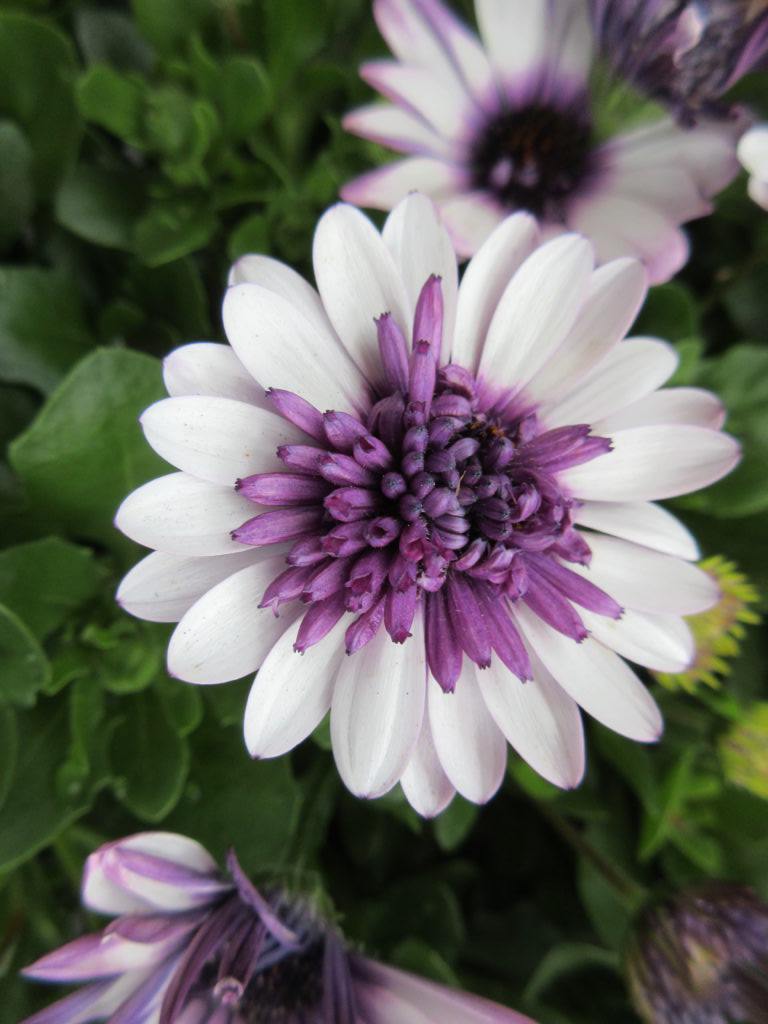
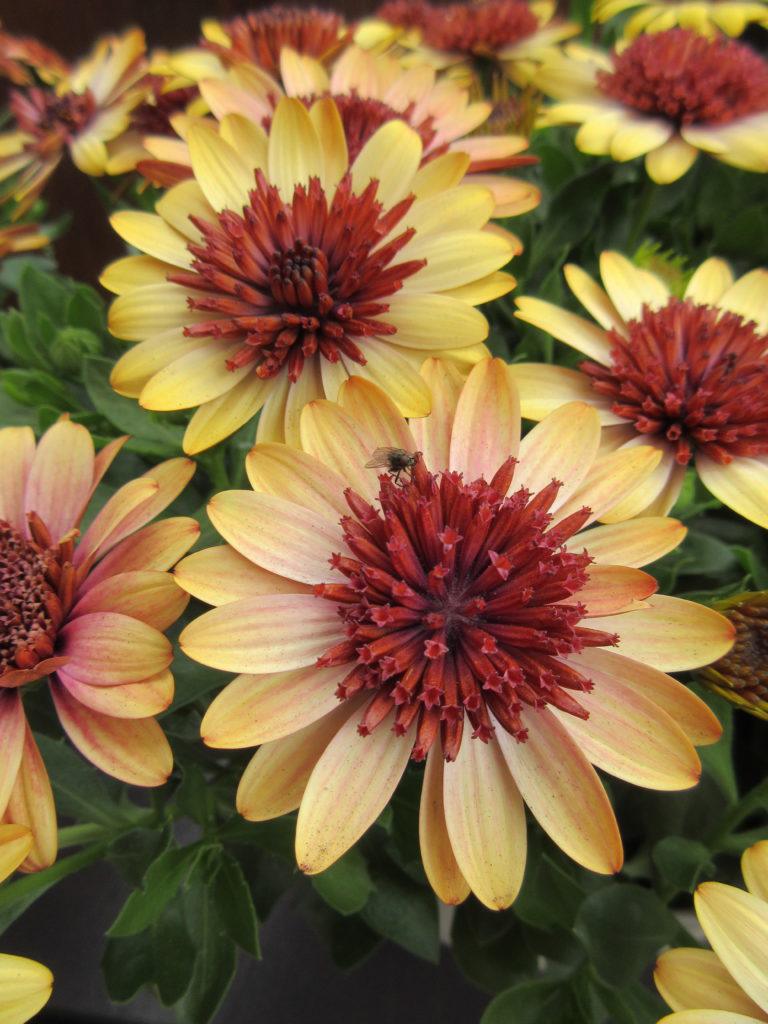
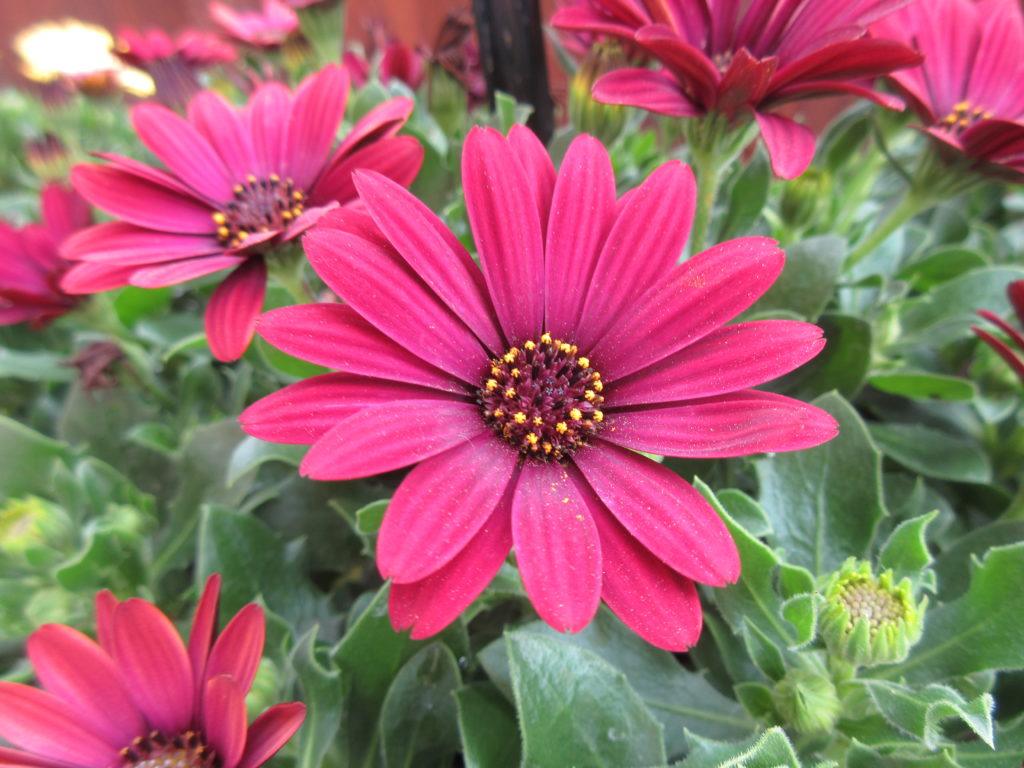
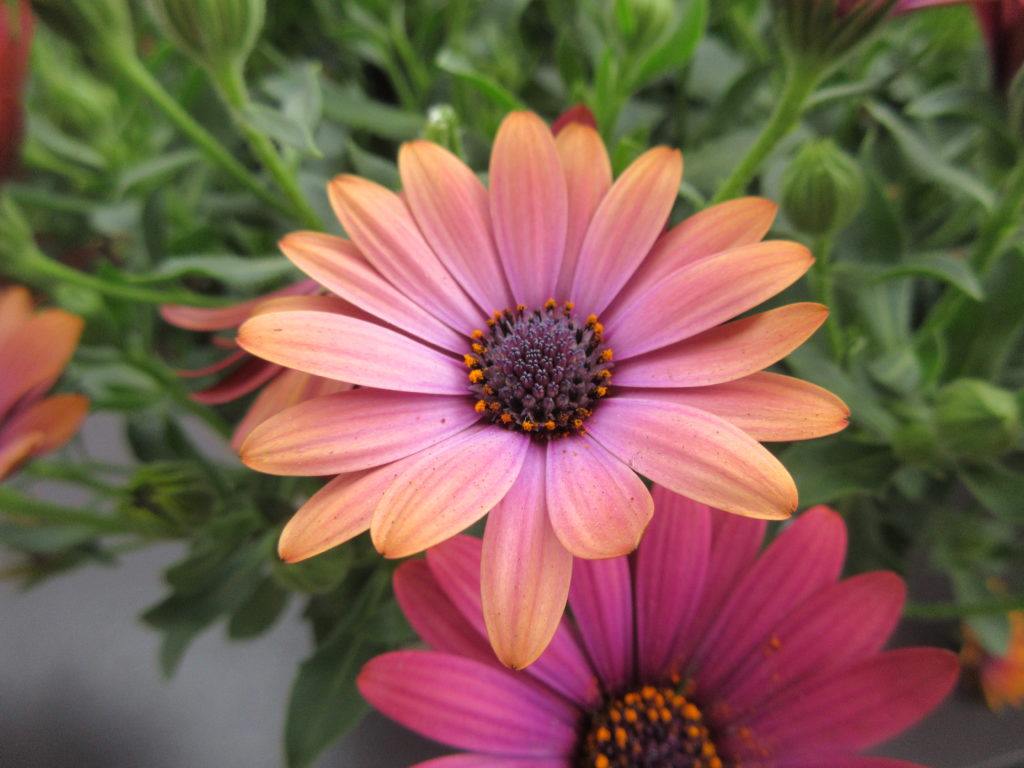
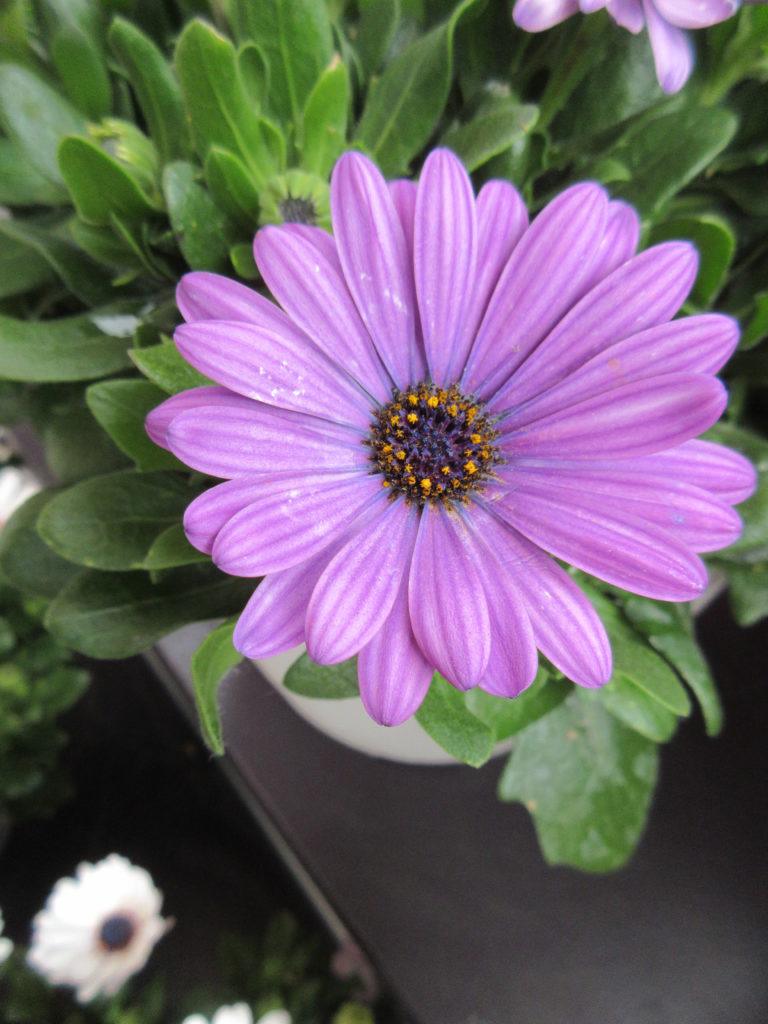
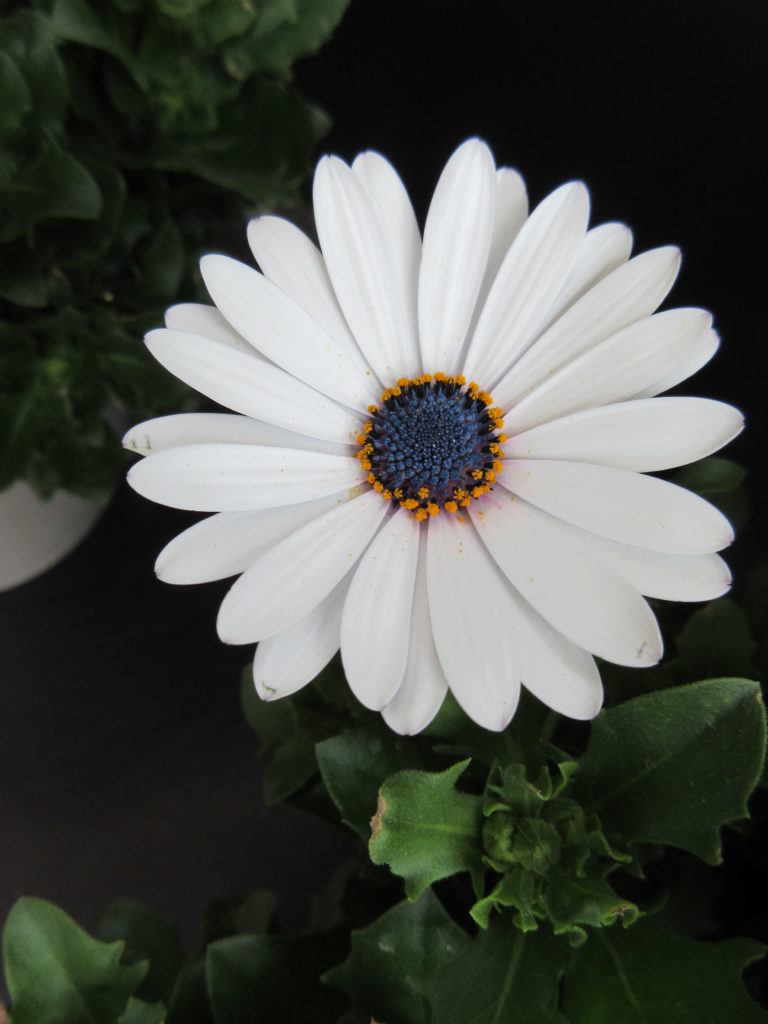
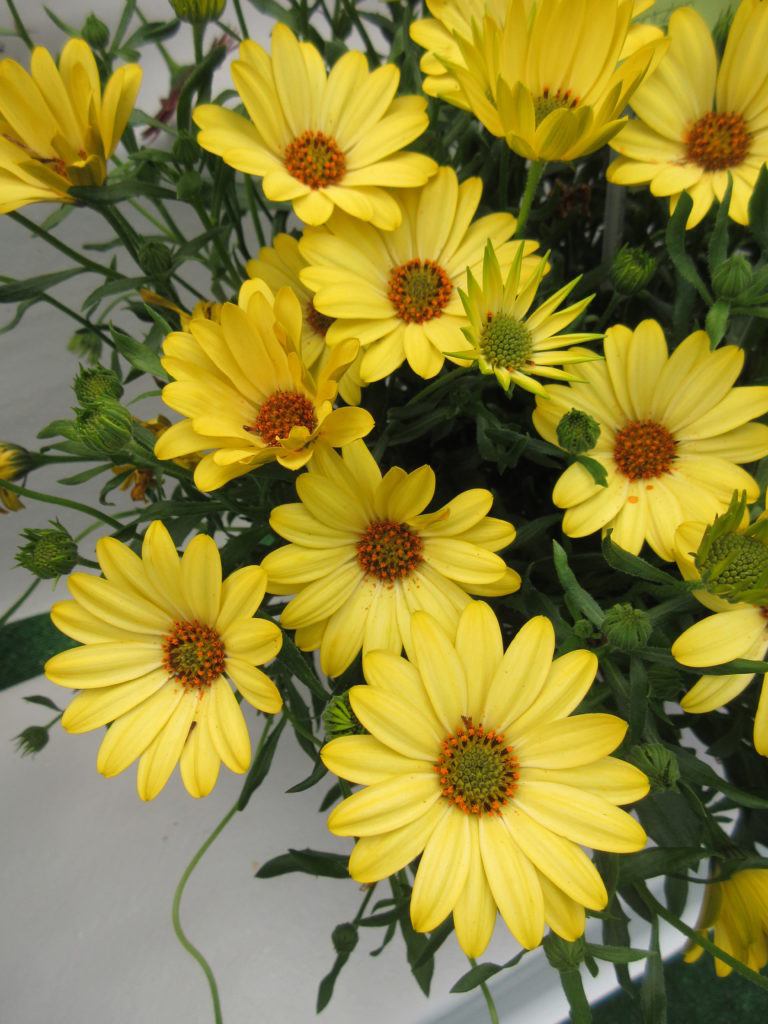
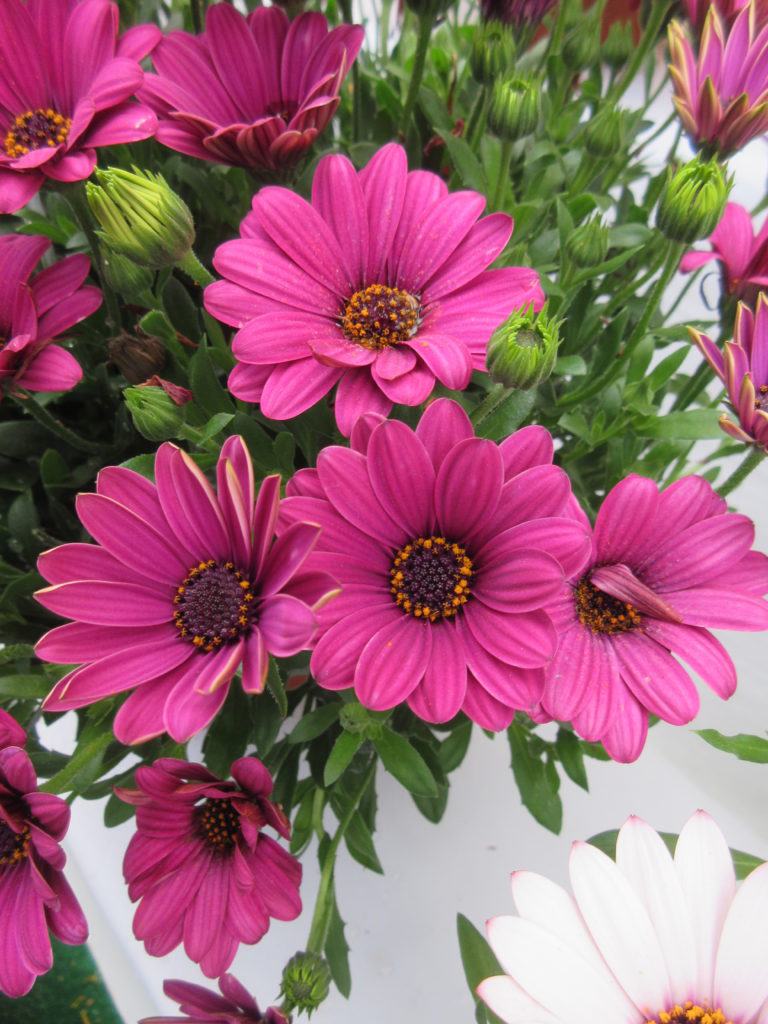
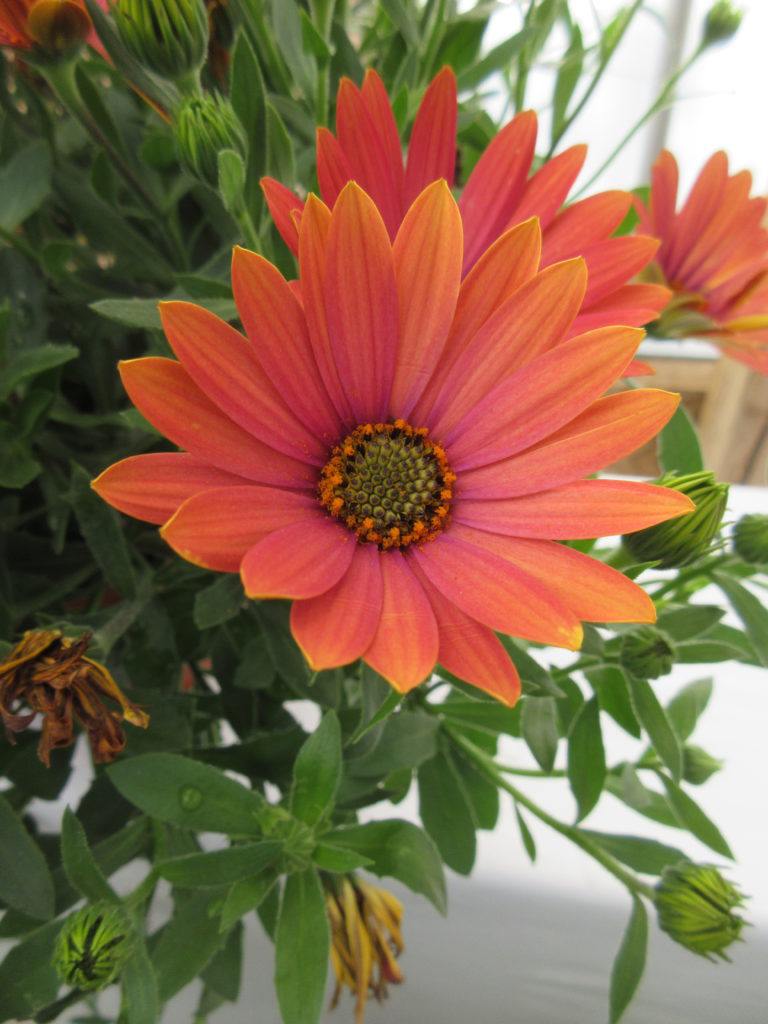
“Open afresh your rounds of starry folds, Ye ardent Marigolds” John Keats. I continue to be amazed by marigolds and have been excited to see so many new selections with massive blooms and an exciting foray in to deeper reds. Marigolds were the “gateway plant” for me as a child as my mother grew marigolds and sweet alyssum (Lobularia maritima) together and we always collected and distributed the seed from these plants every year for later application in the garden for the following season. I recall peeling open the dried seed pods and separating the numerous long, slender, two-toned seeds To say that marigolds (Tagetes sp.) are ubiquitous, as some gardeners seem inclined, is to not appreciate their impact, durability and extended color out in the garden. The common marigold selections, both French (T. patula) and African (T. erecta) and their hybrids, continue to expand annually and offer a wide selection of exciting opportunities. Keep in mind that Tagetes species are native to North and South America. We grew a variety called ‘Garland Orange’ in 2018 that ended up being literally 60″ tall!!! We also continue to trial all the “white” selections as well as some of the exciting new bicolors and red selections (look for ‘Fireball’!). Whether they are used in massing, containers or as specimens, these plants are always solid performers. Check out other species like T. tenuifolia (signet marigold) and T. lucida (sweet mace) for a different look but similar impact. All of these photos are of marigolds (some new…some not) I saw at the California Spring Trials (CAST) recently.
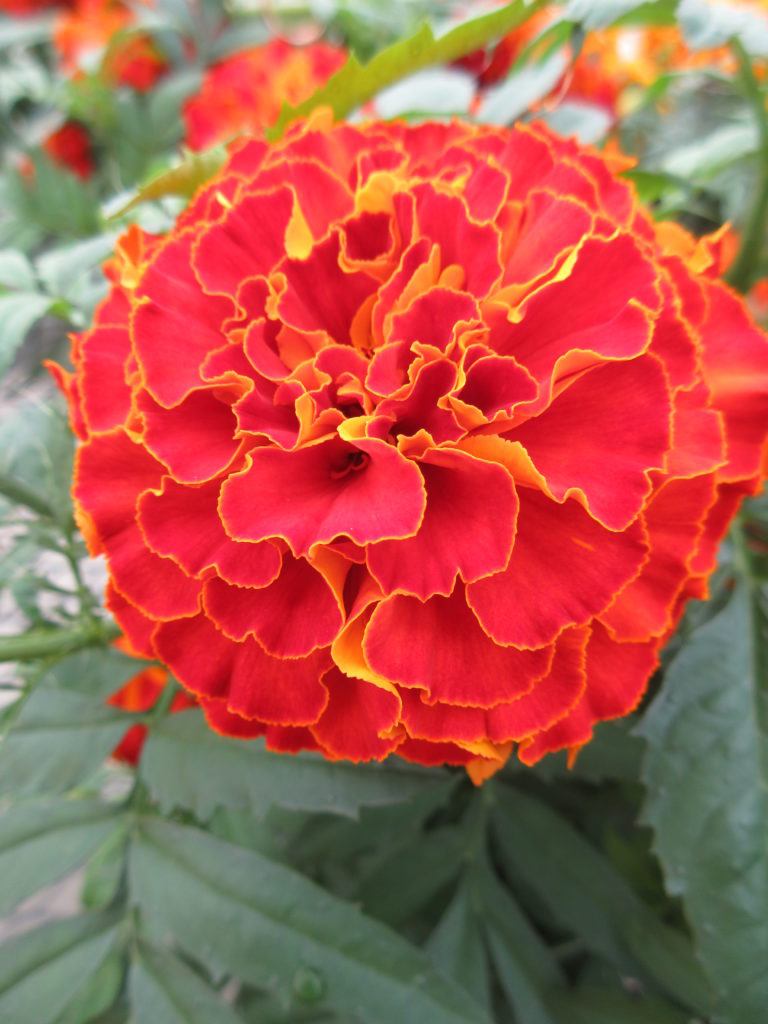
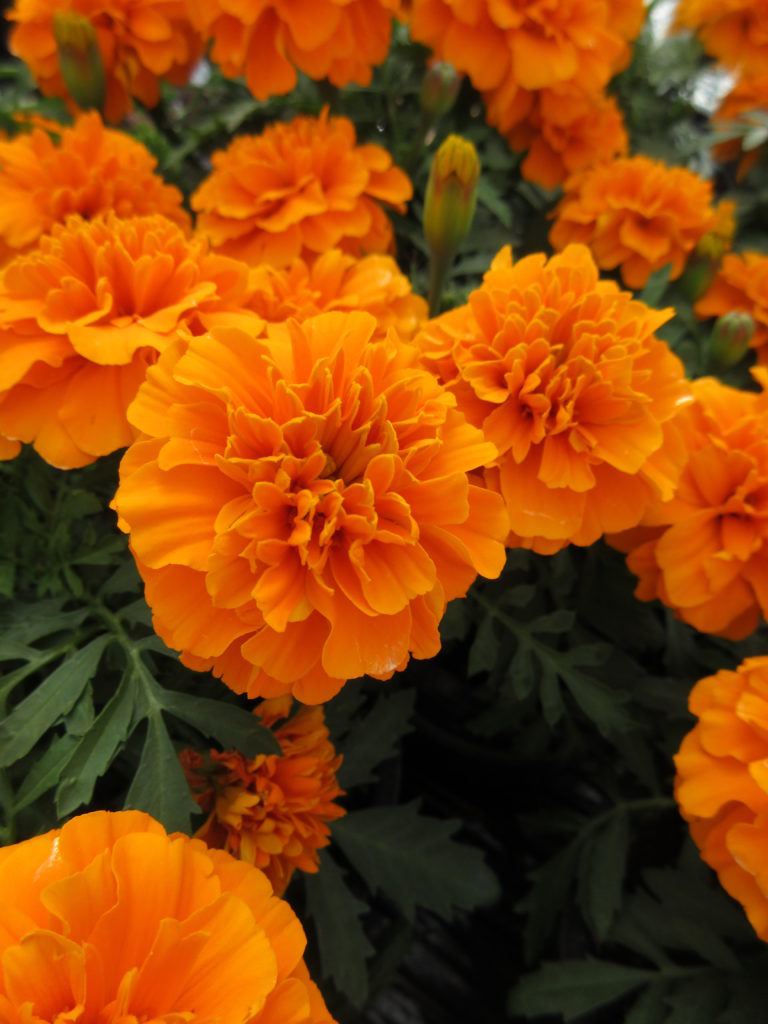
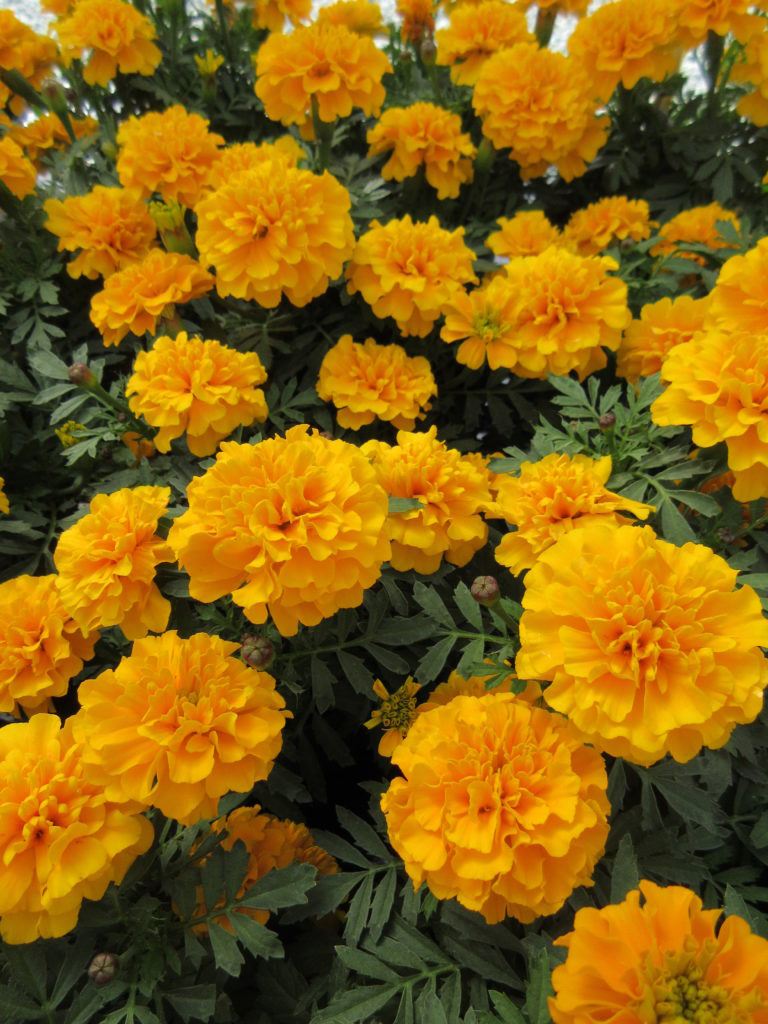
Tagetes patula Chica™ ‘Gold’ (French marigold) – above
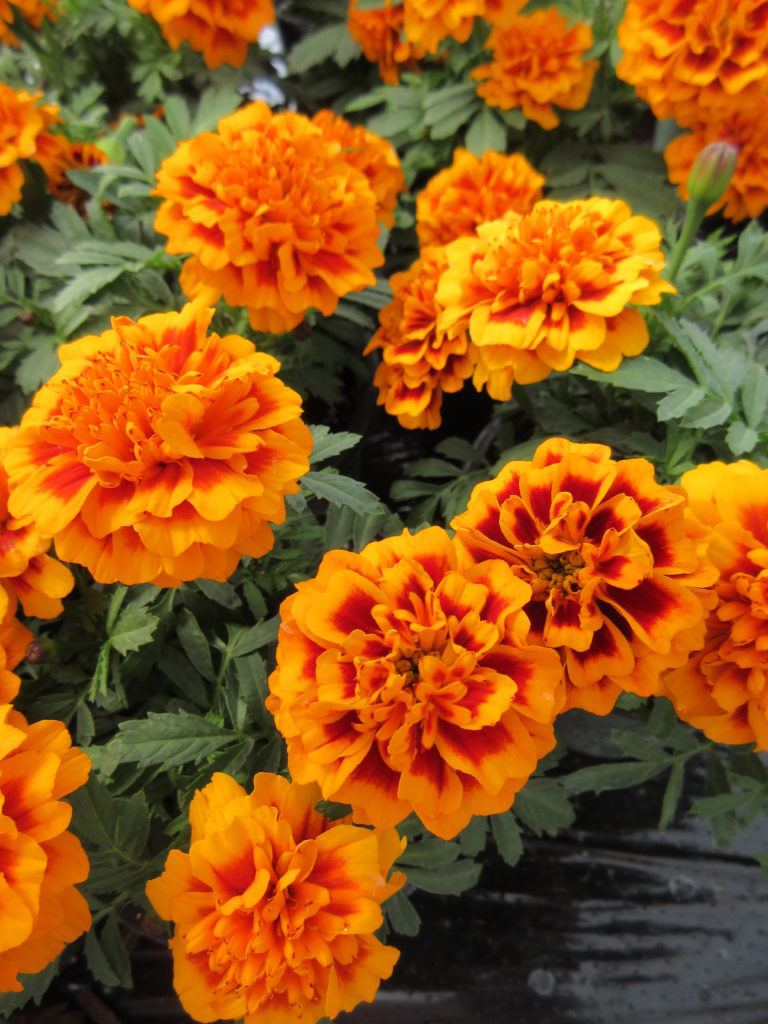
Tagetes patula Chica™ ‘Flame’ (French marigold) – above
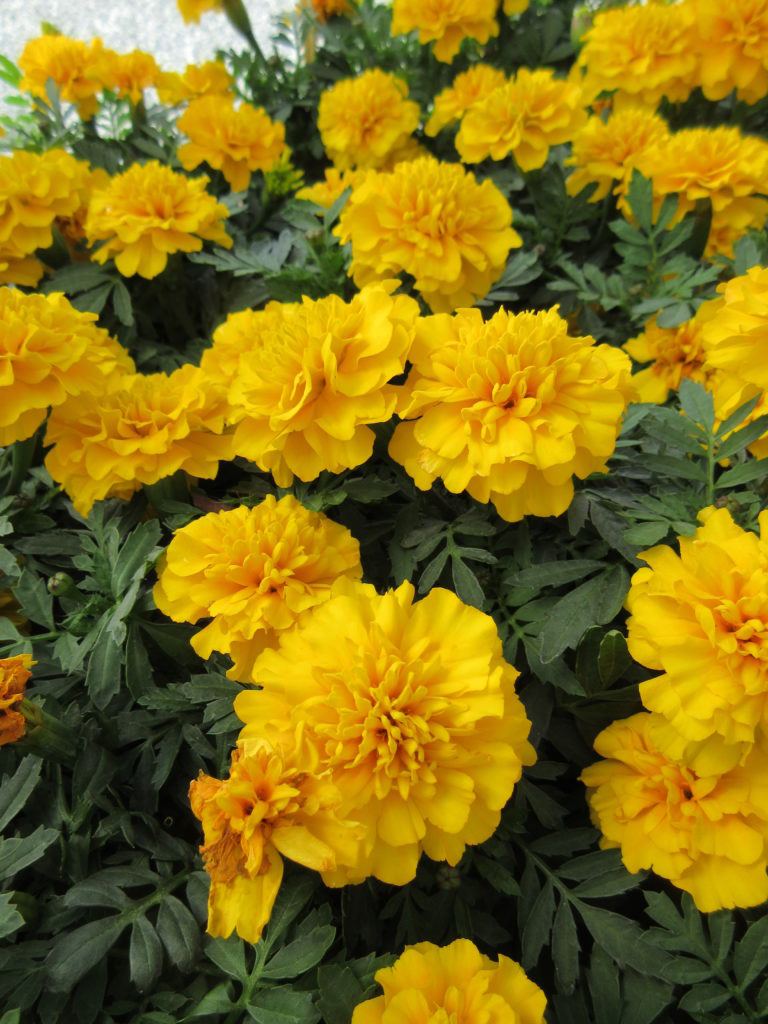
Tagetes patula Chica™ ‘Yellow’ (French marigold) – above
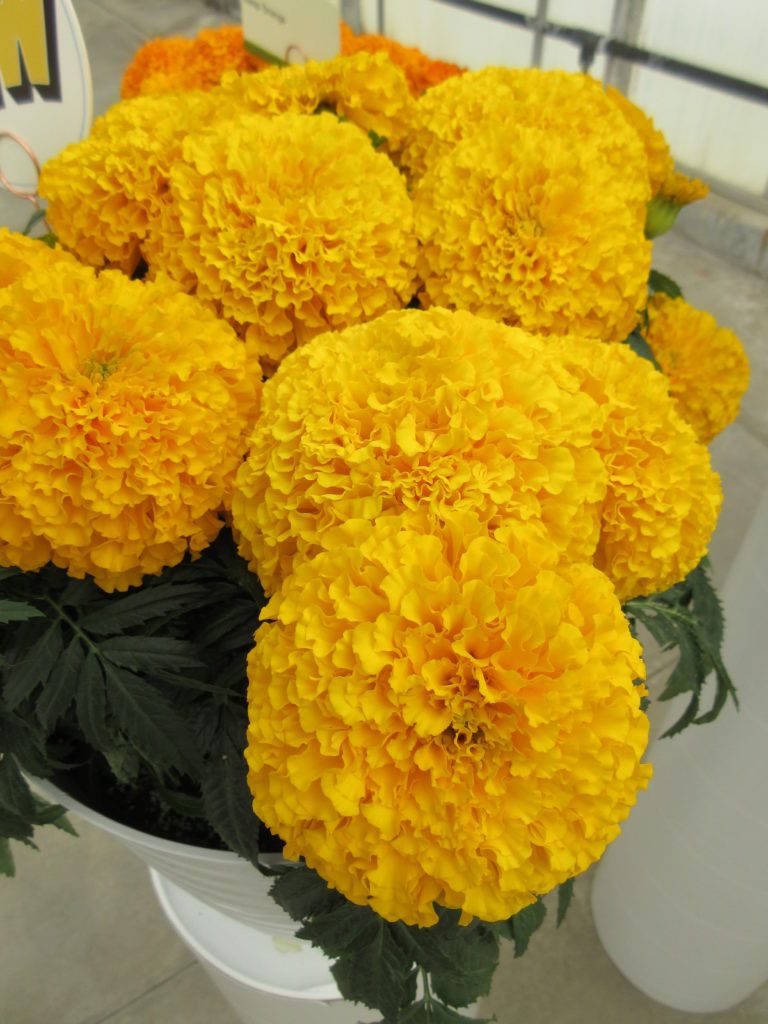
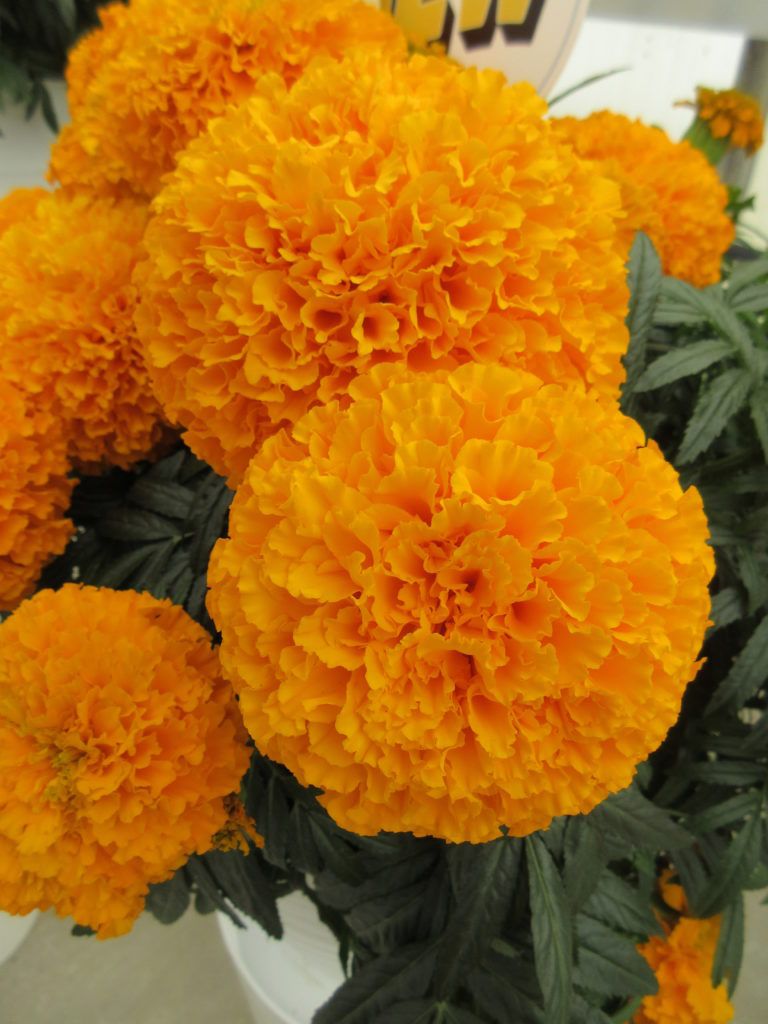
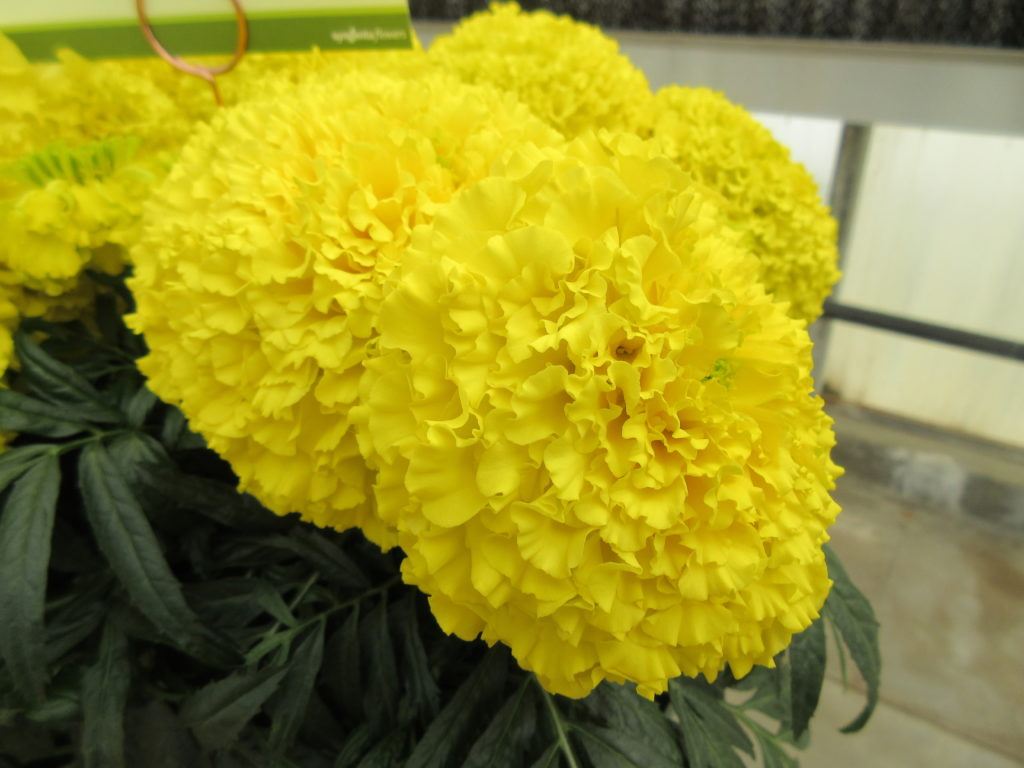
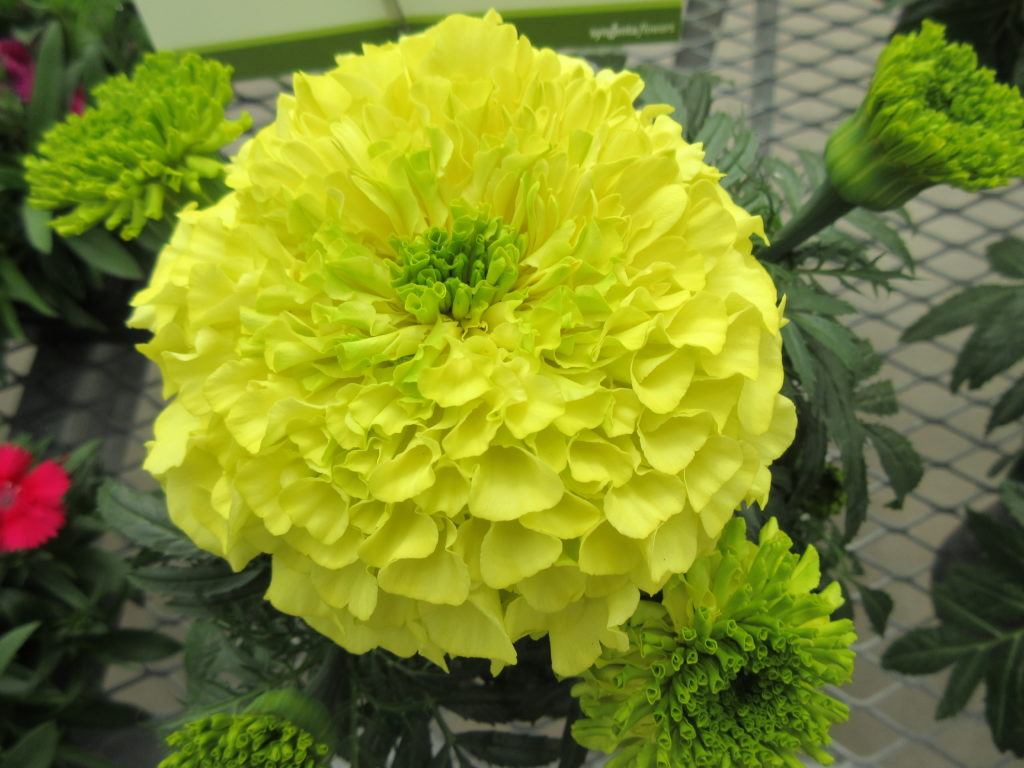
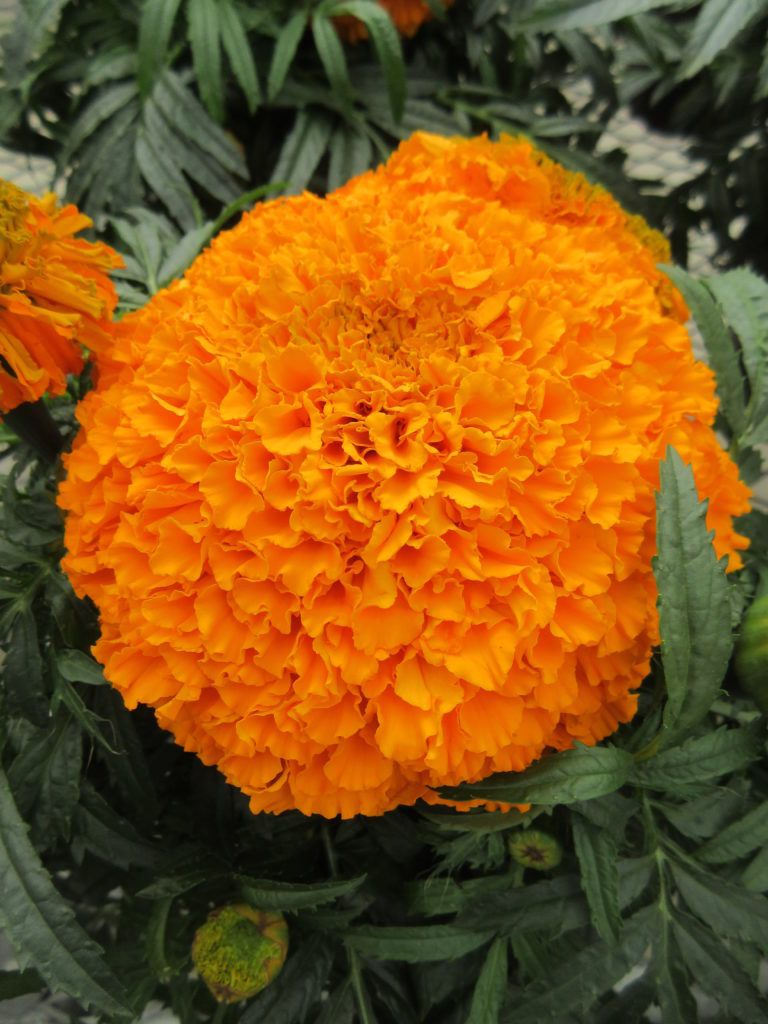

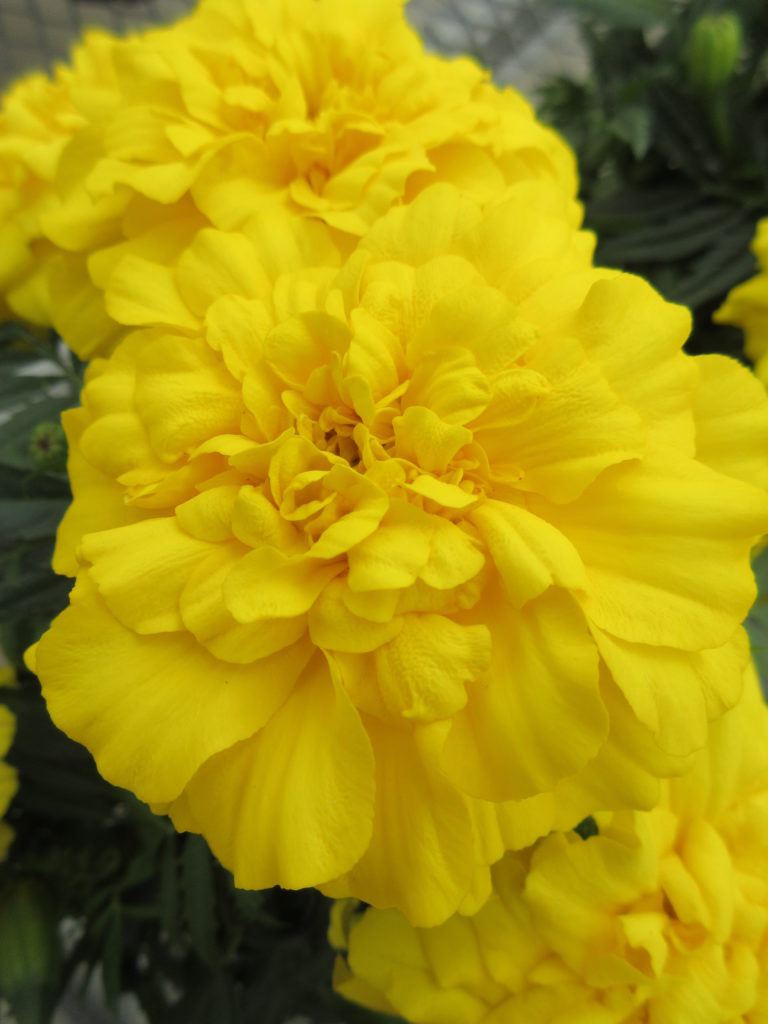
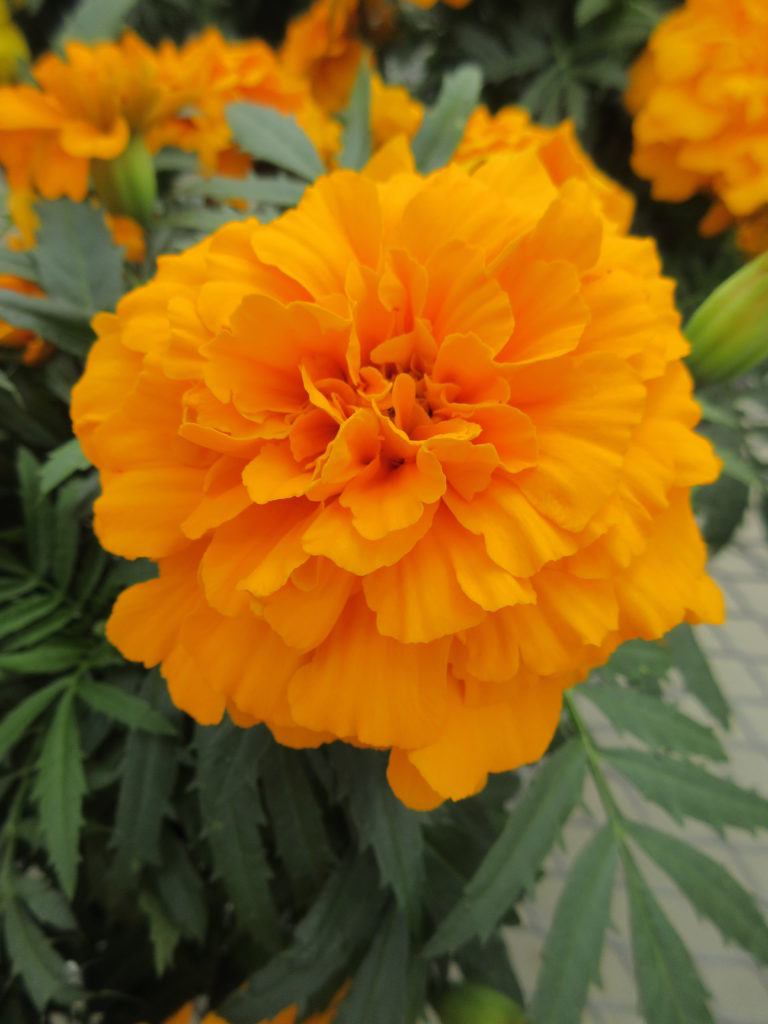
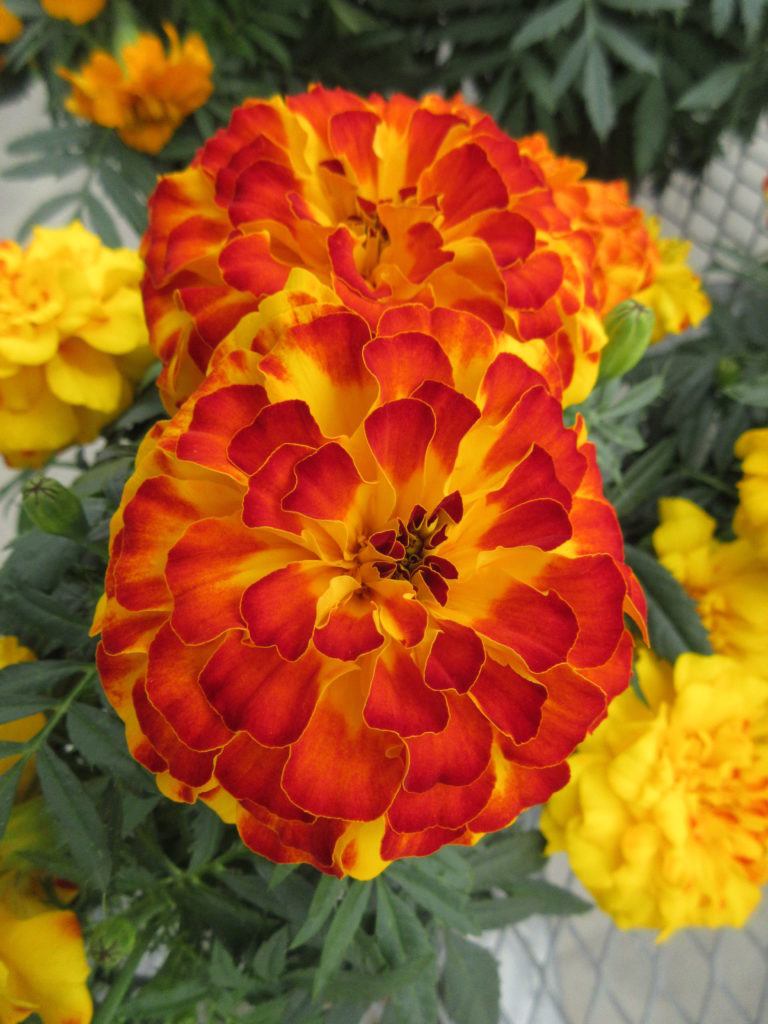
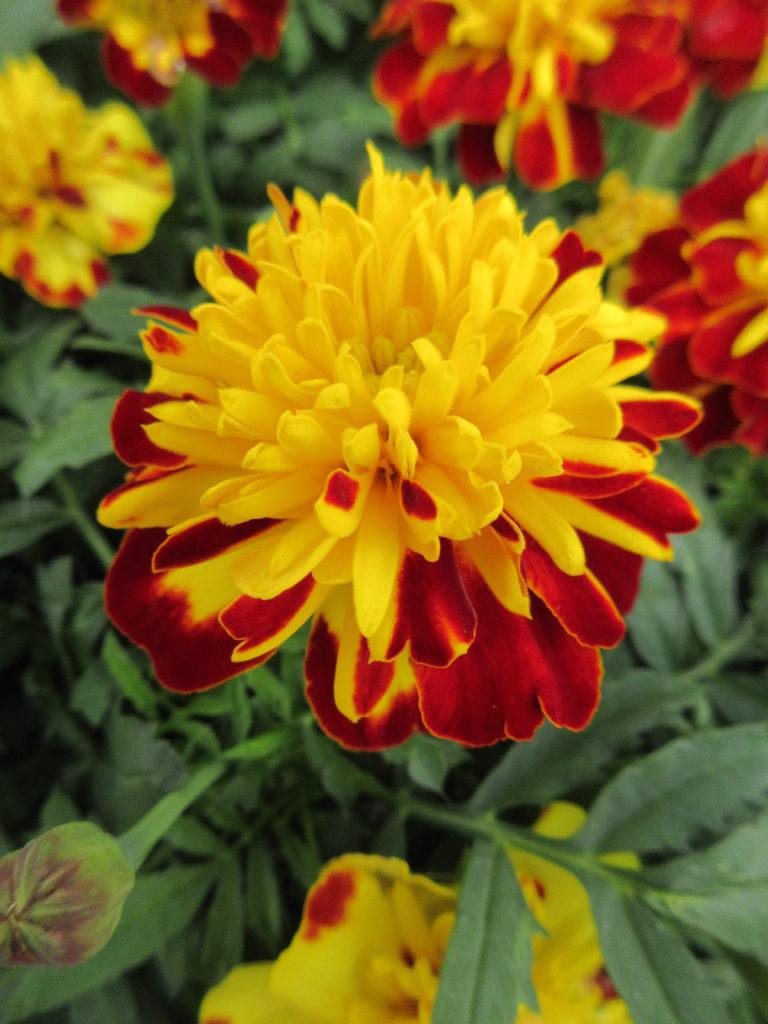
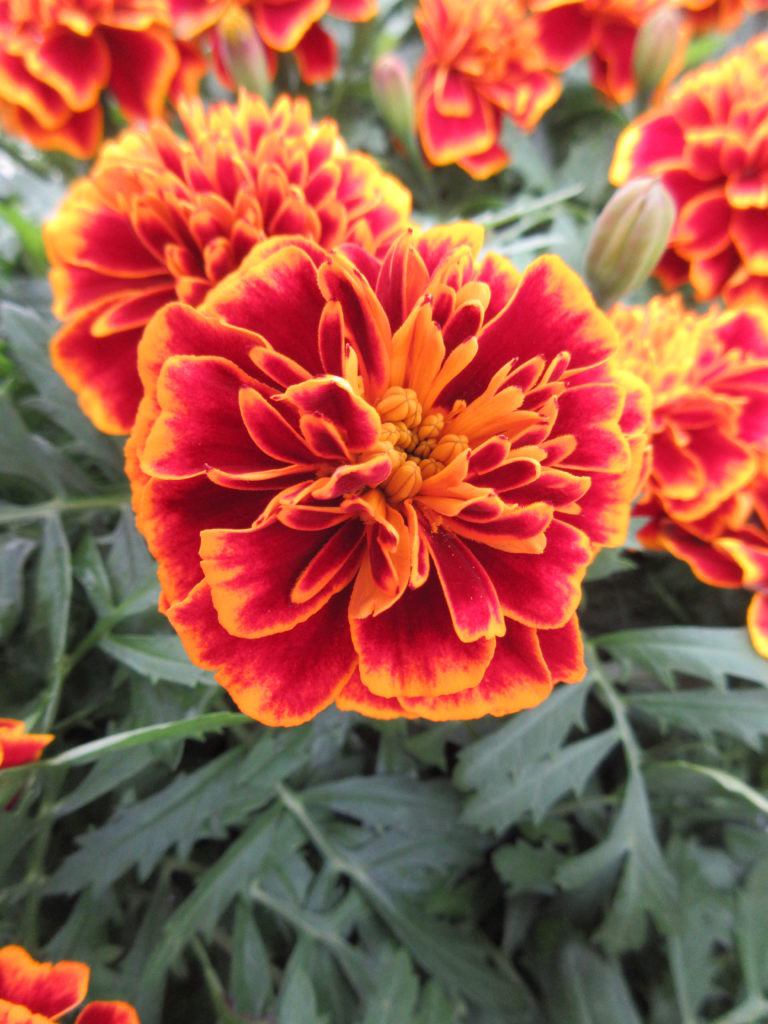
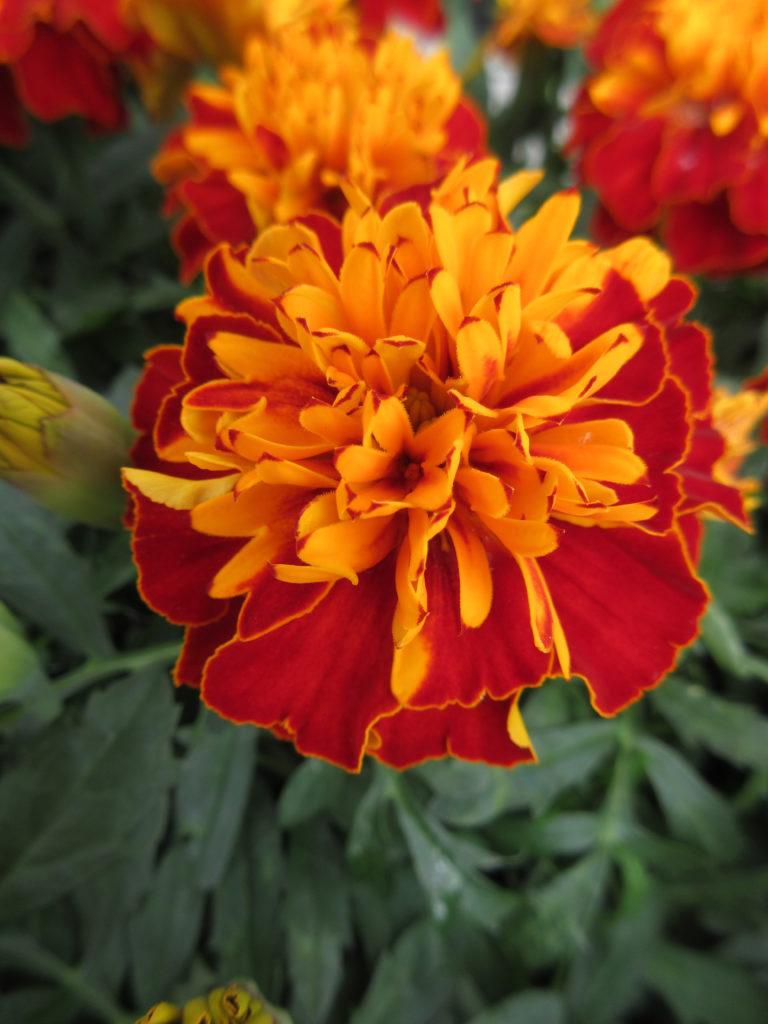
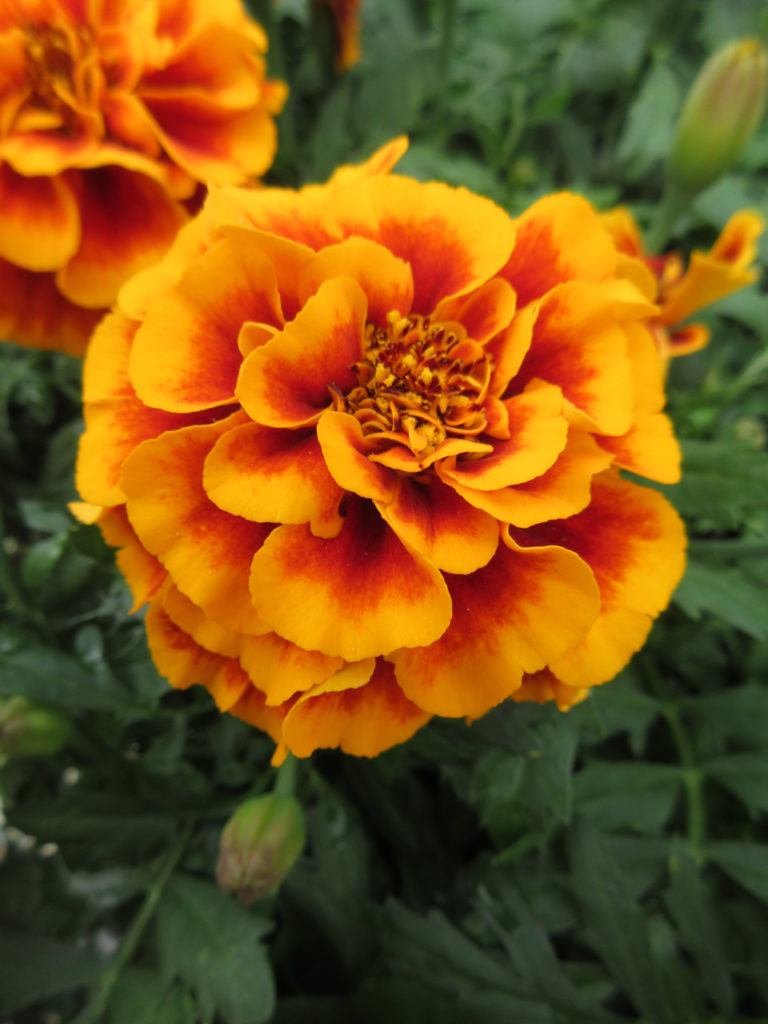
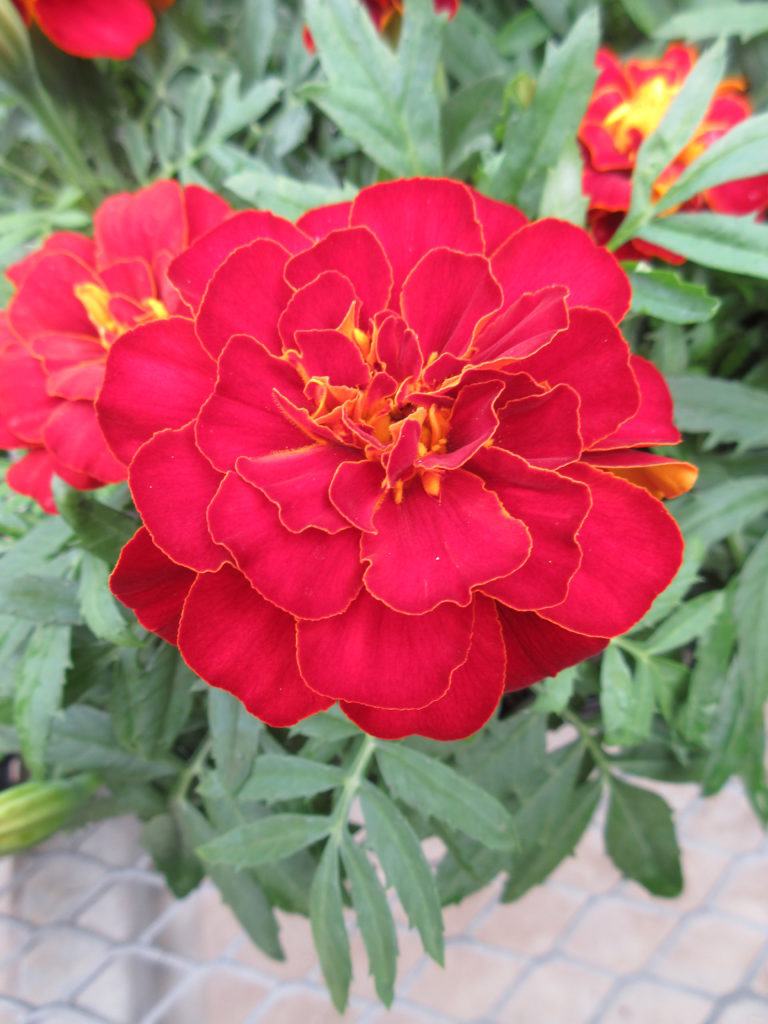
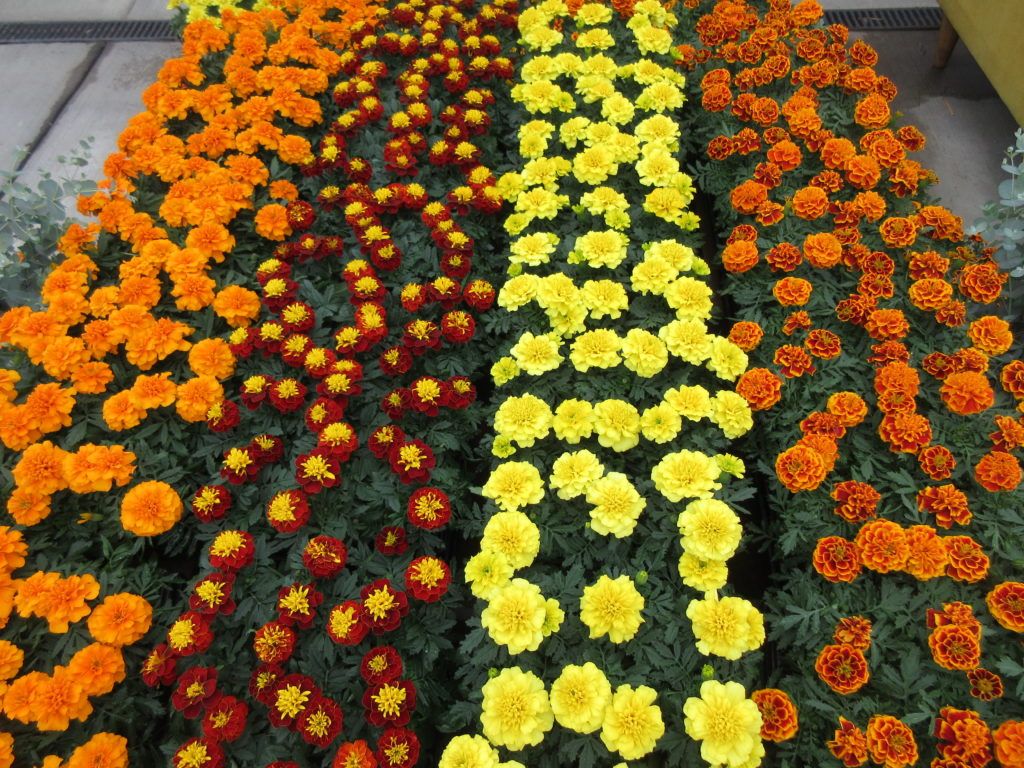
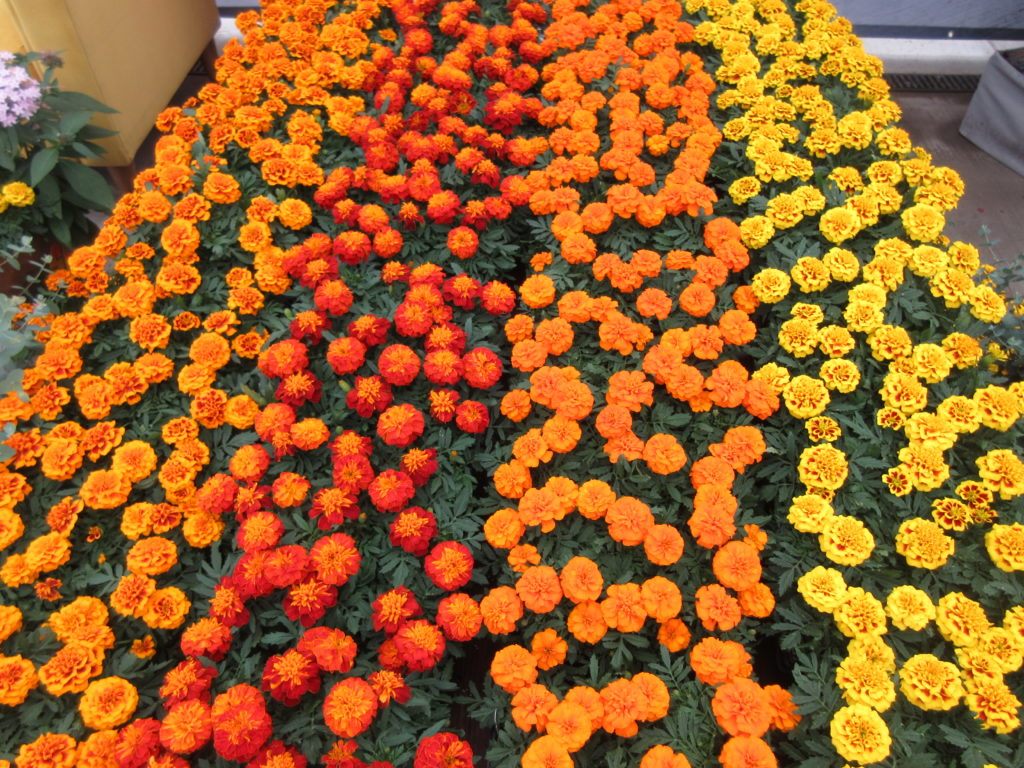
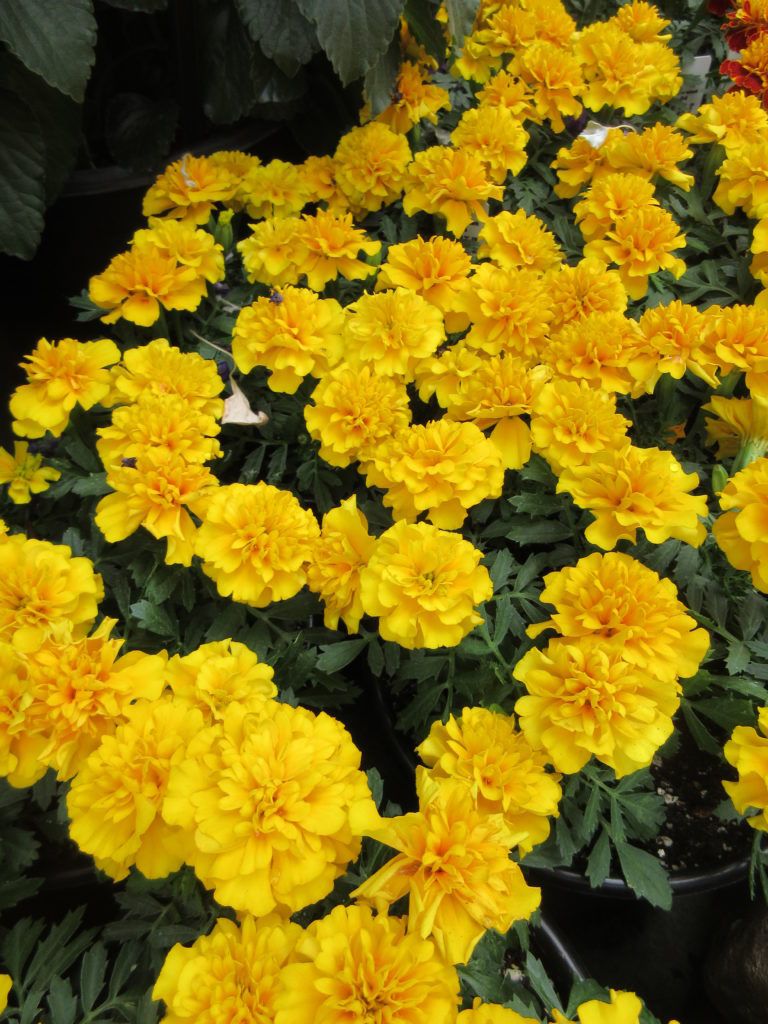
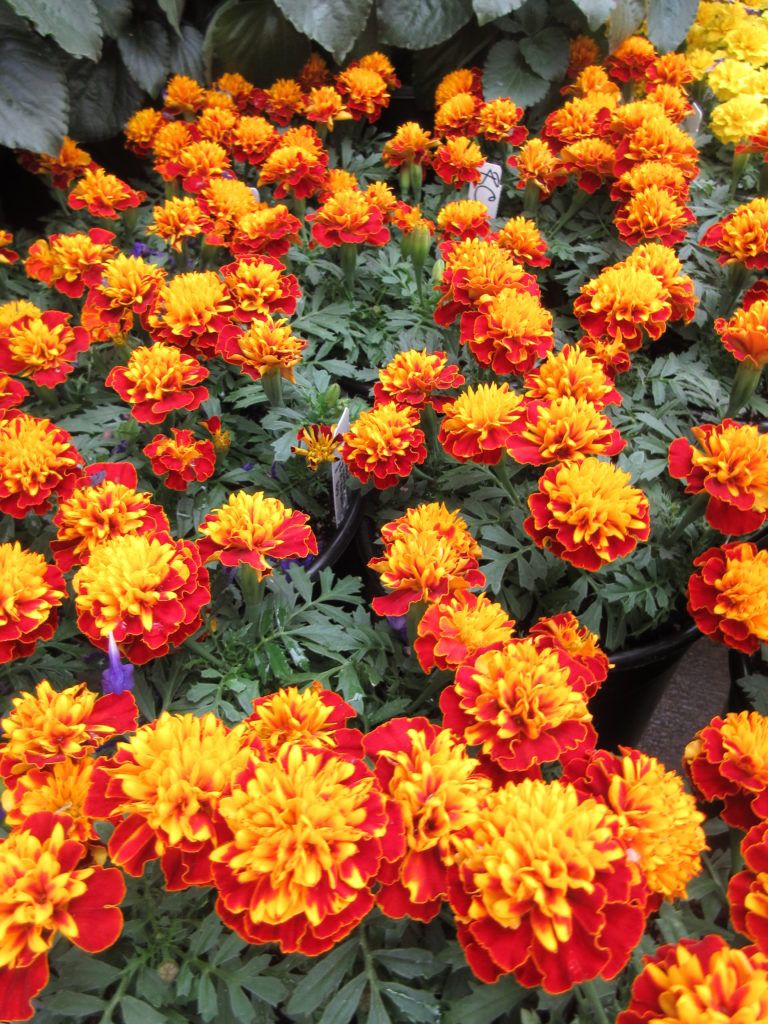
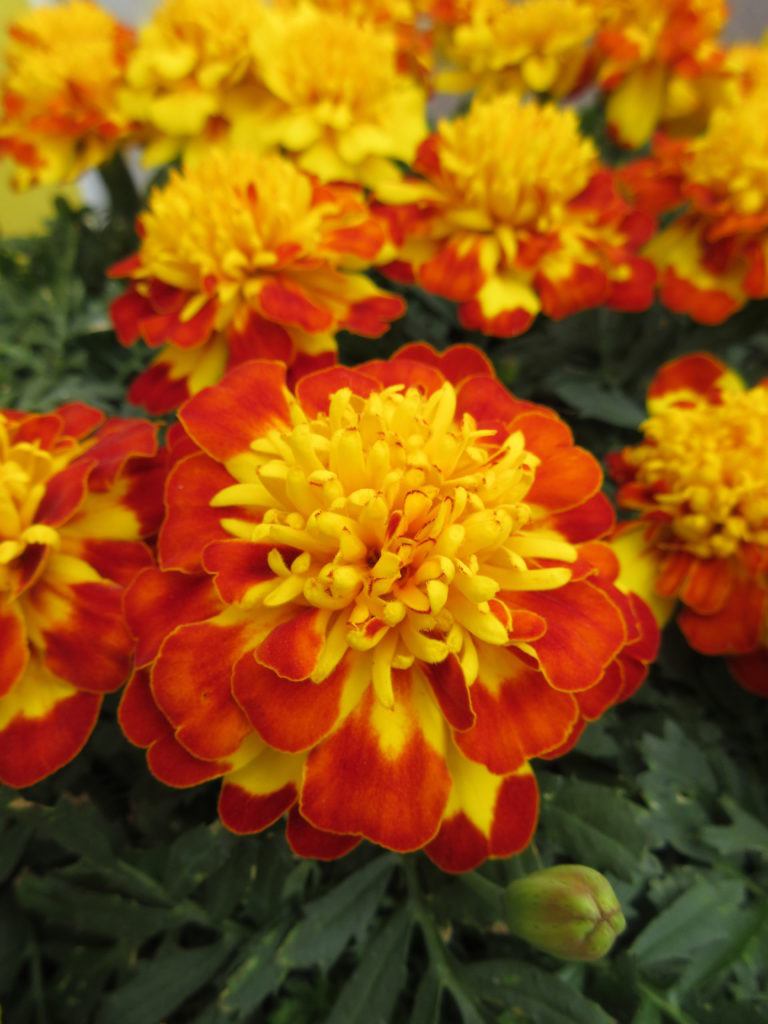
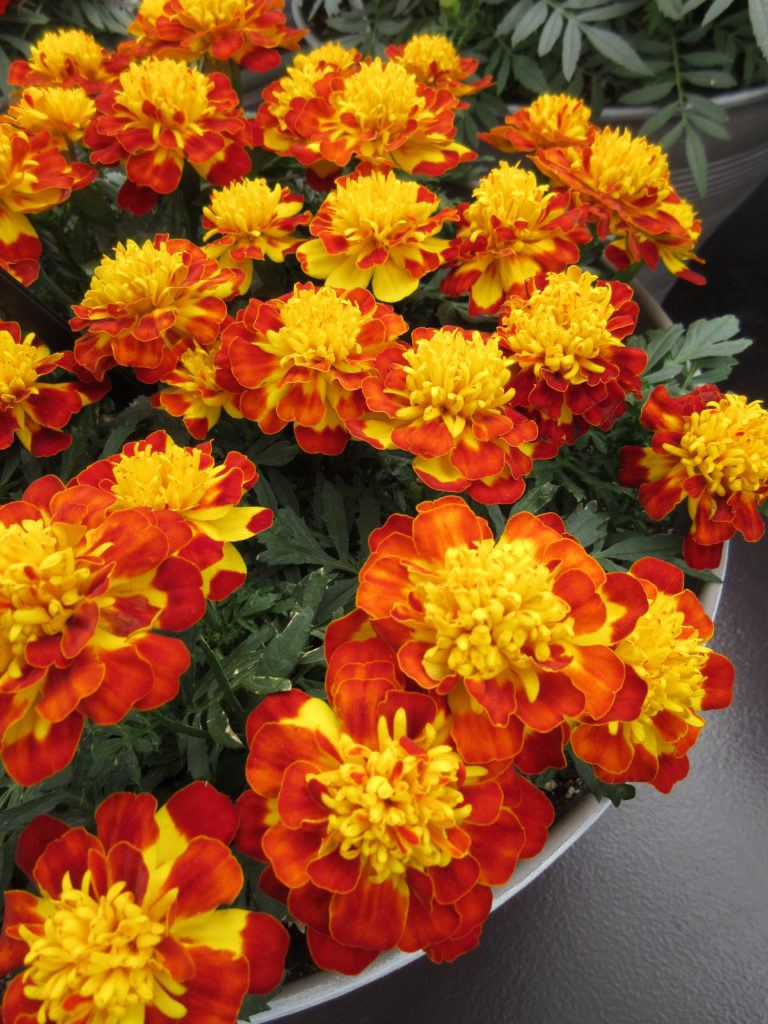
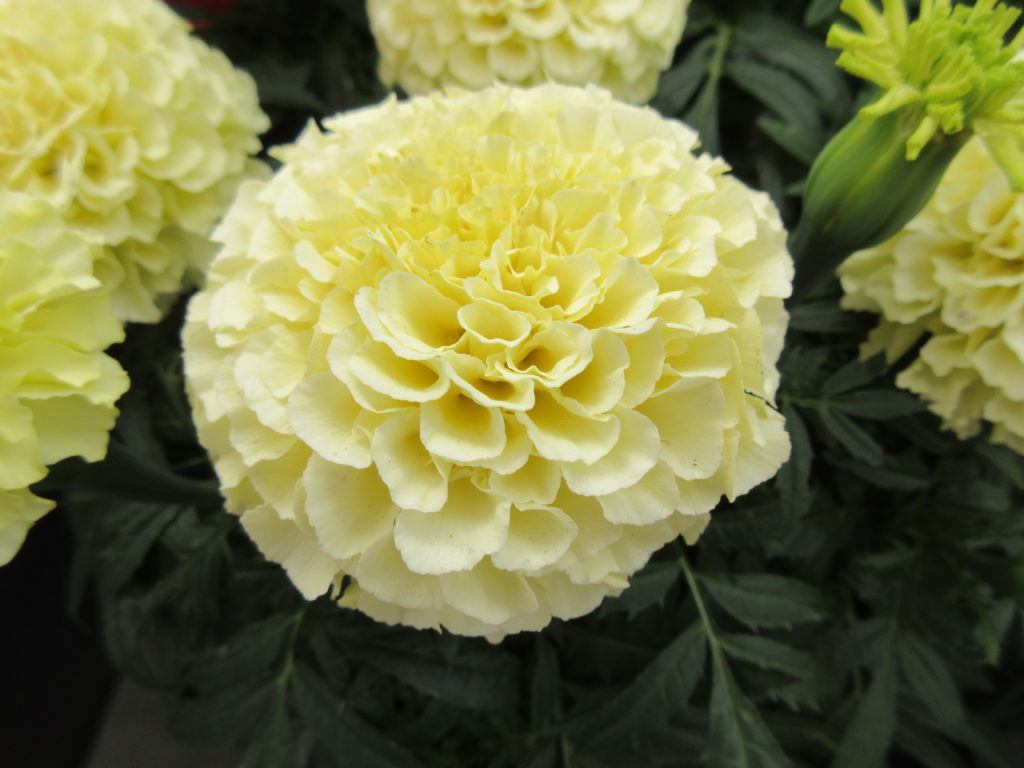
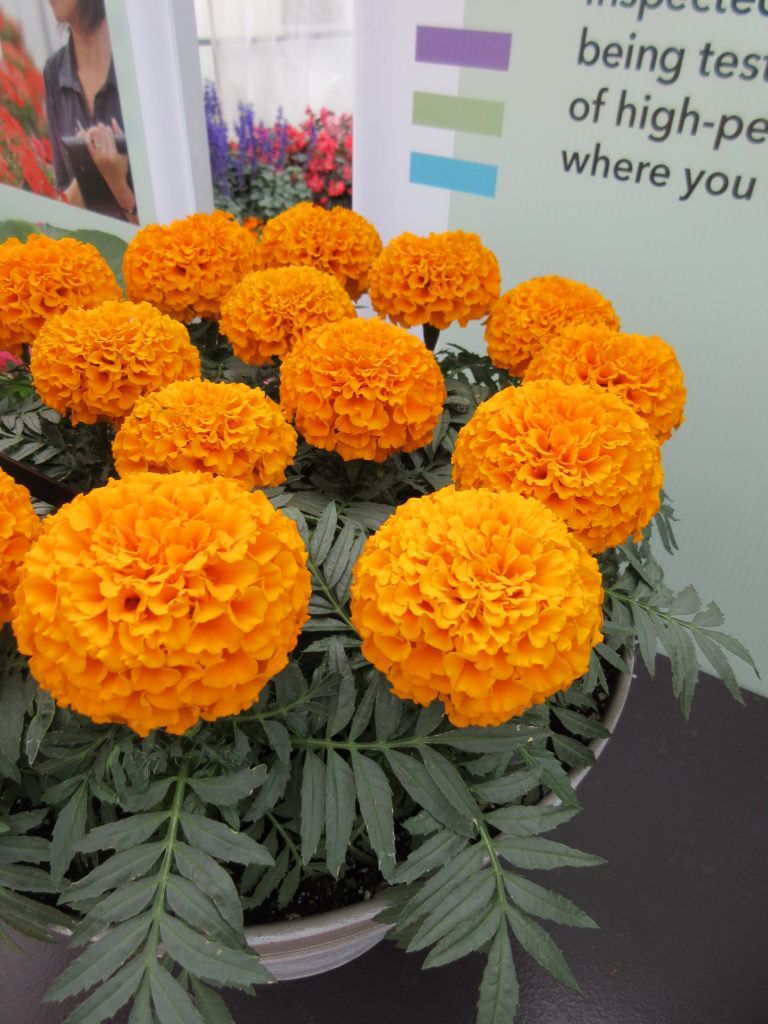
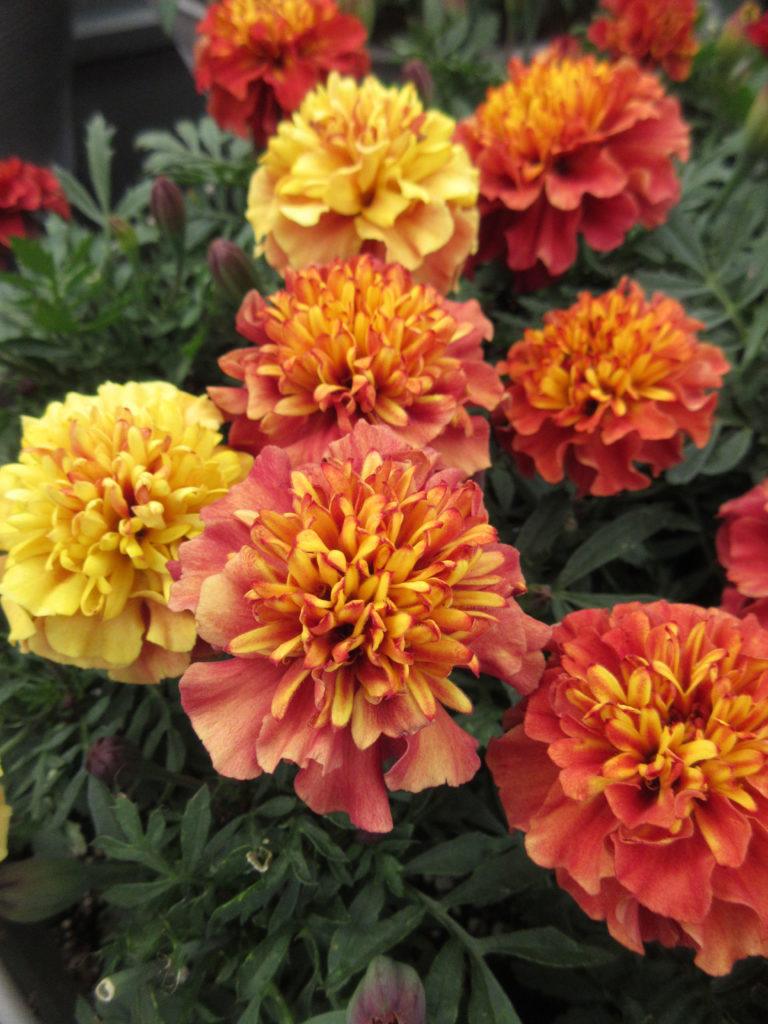
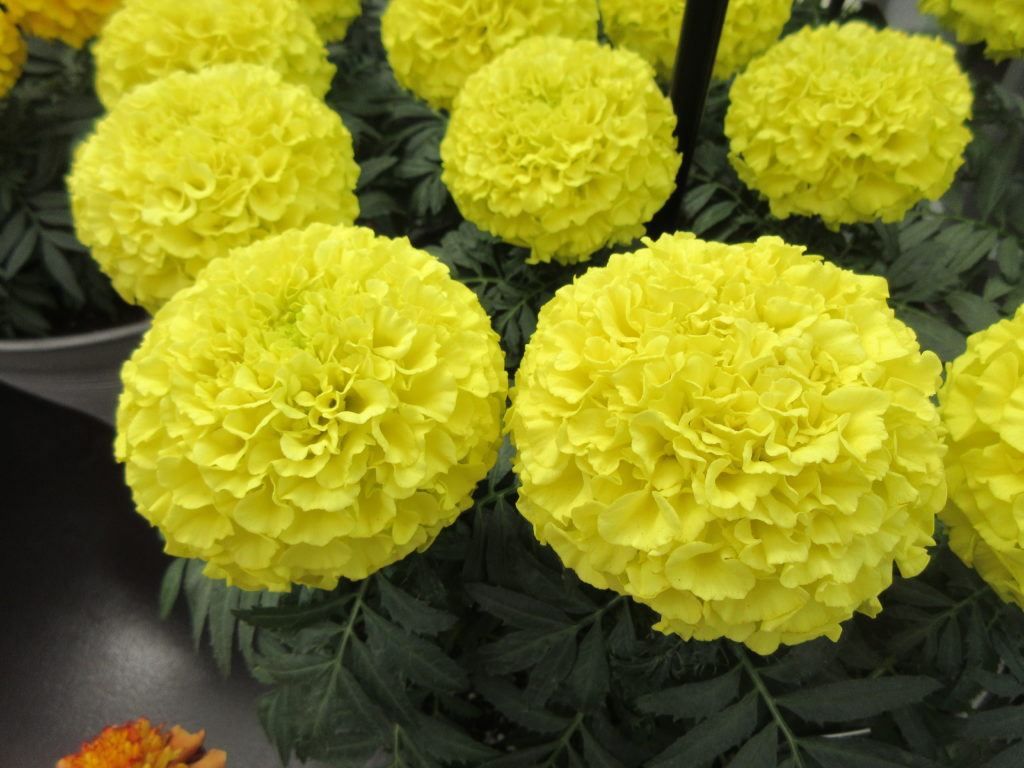
Today was such a dreary day with some big, wet snowflakes reminding us that winter can still make an appearance in April in our area! Tomorrow also looks damp and somber. As we see spots of color out in the early spring garden like the yellows of daffodils (Narcissus), blues of Siberian squill (Scilla siberica) and much more, we should always appreciate what silver foliage brings to the landscape. A nice crispness and clean look is provided by silver and incorporating plants with significant foliage interest with solid silver or even hints of silver, can make a powerful statement and help unify a composition. All of the photos here are from plants I saw out at the California Spring Trials (CAST) two weeks ago. As much as I liked seeing all the new plants and bold colors, I’ll always appreciate the value of silver in the landscape and none of these plants would have escaped my attention.
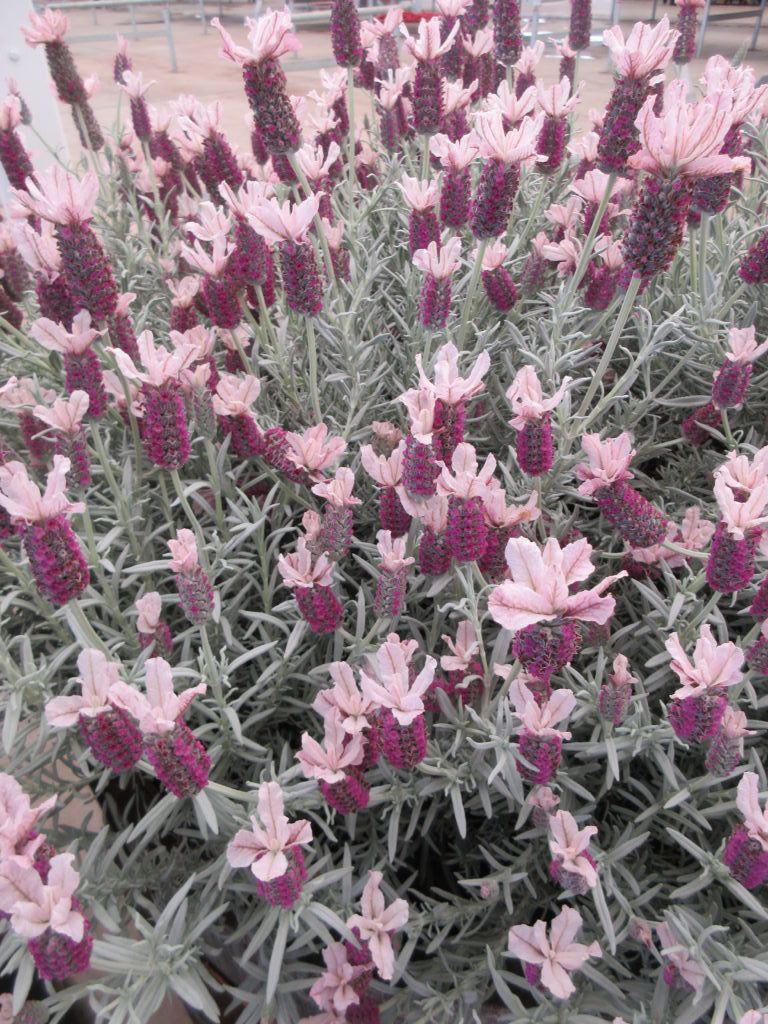
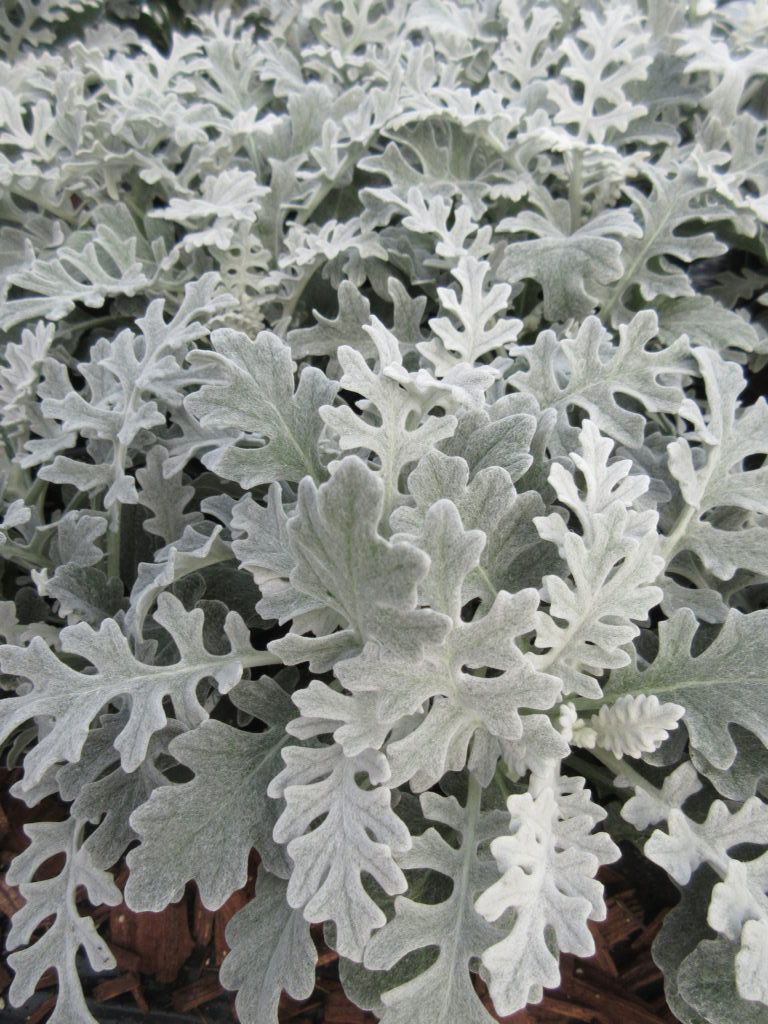
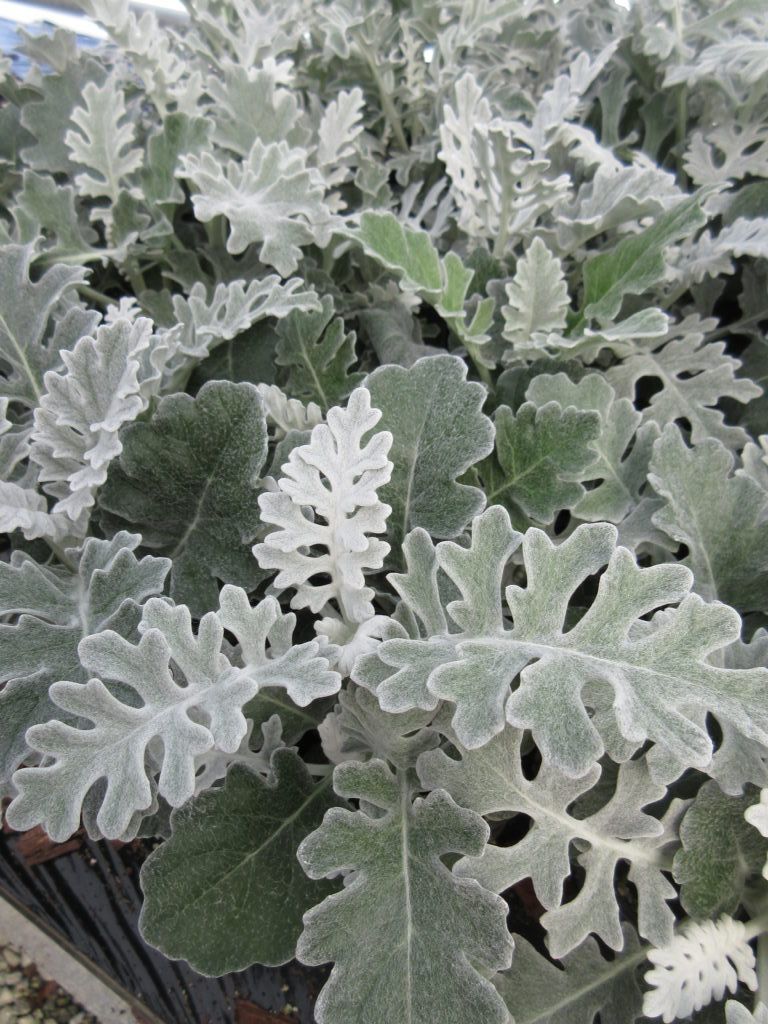
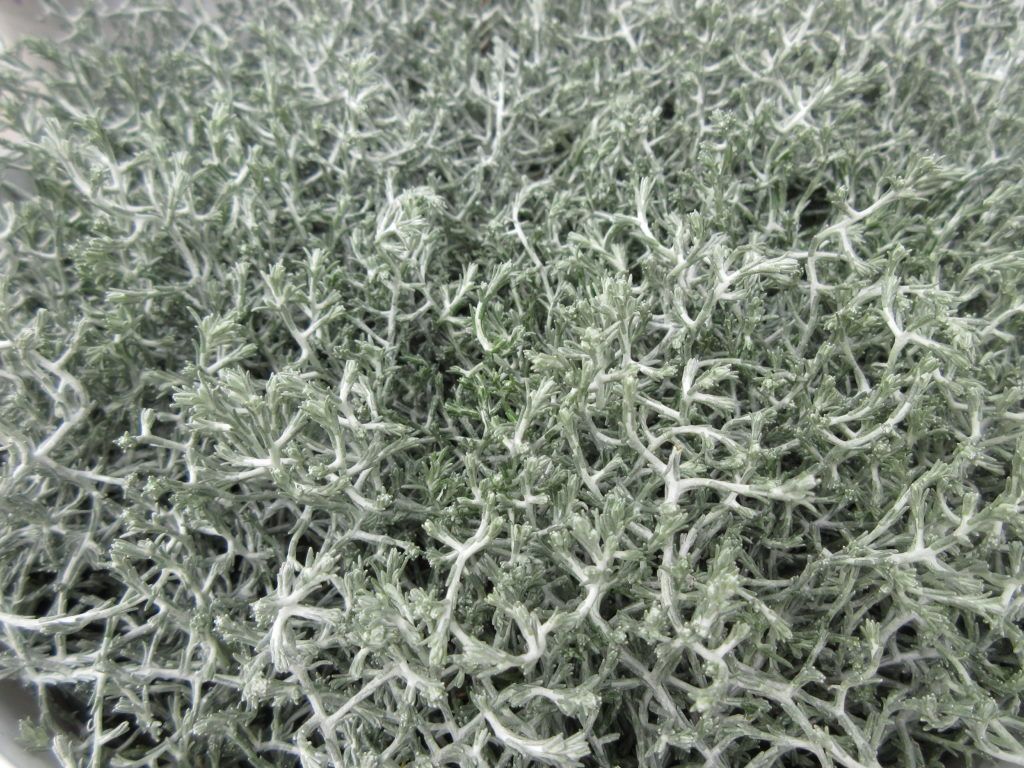
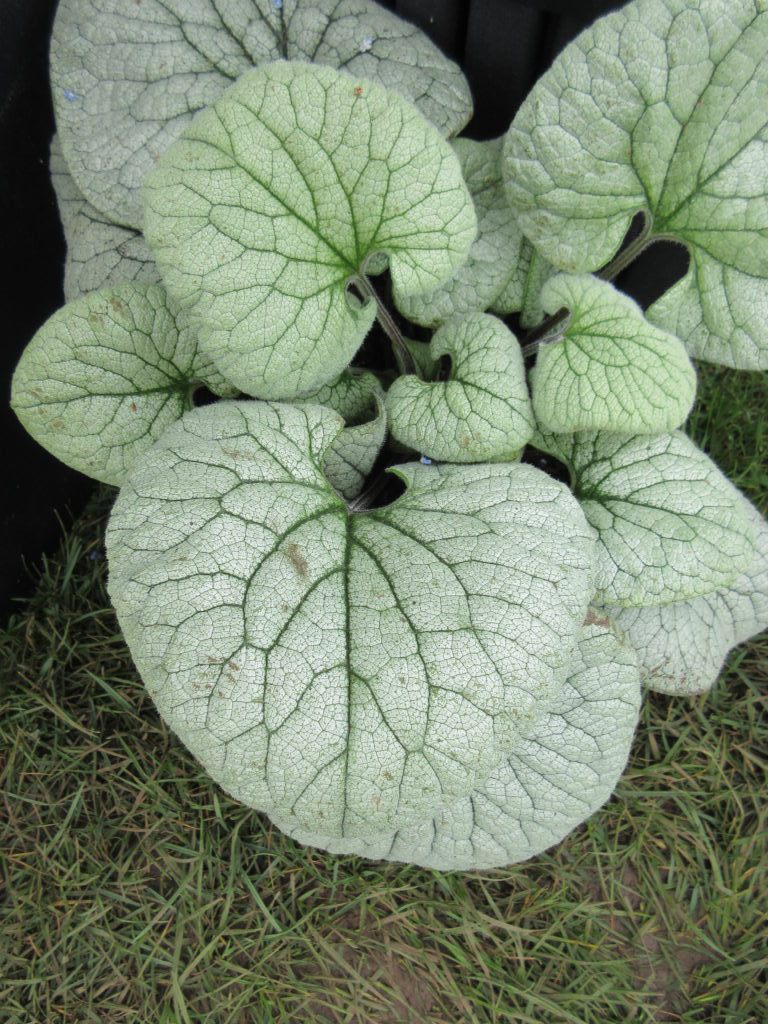
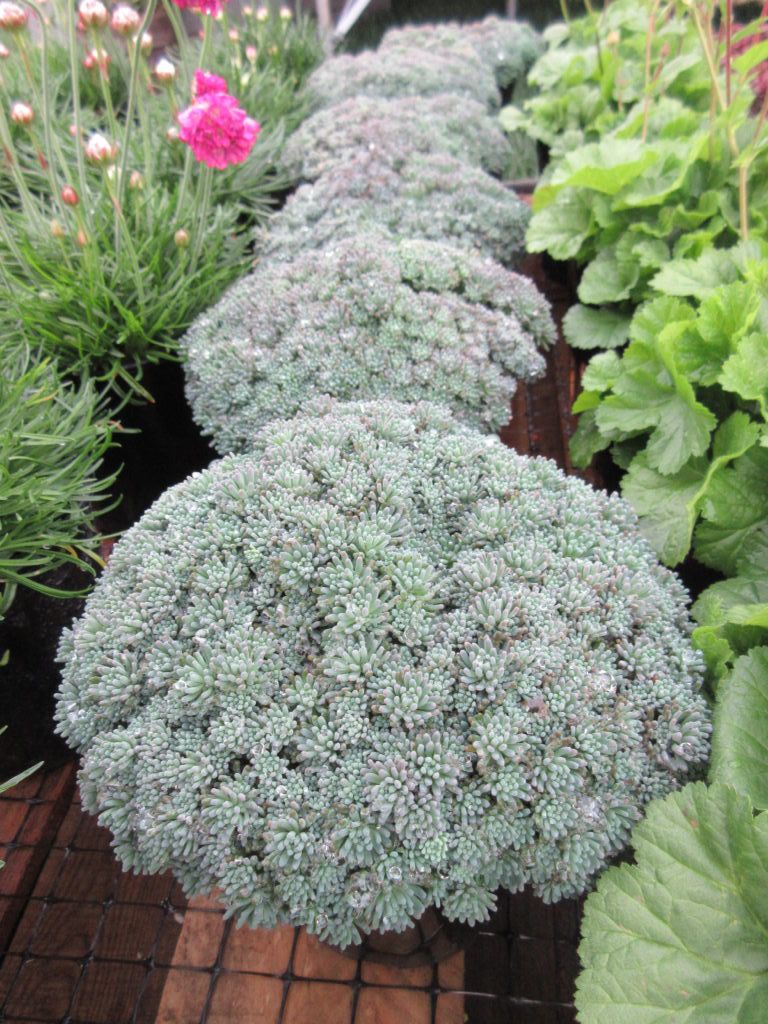
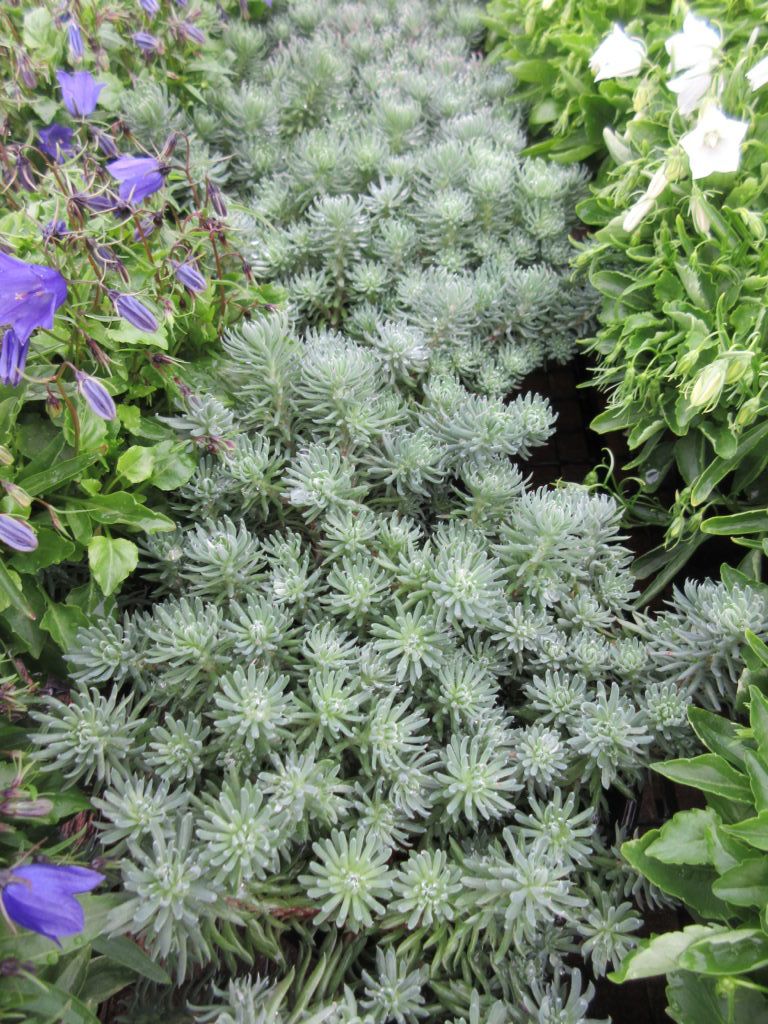
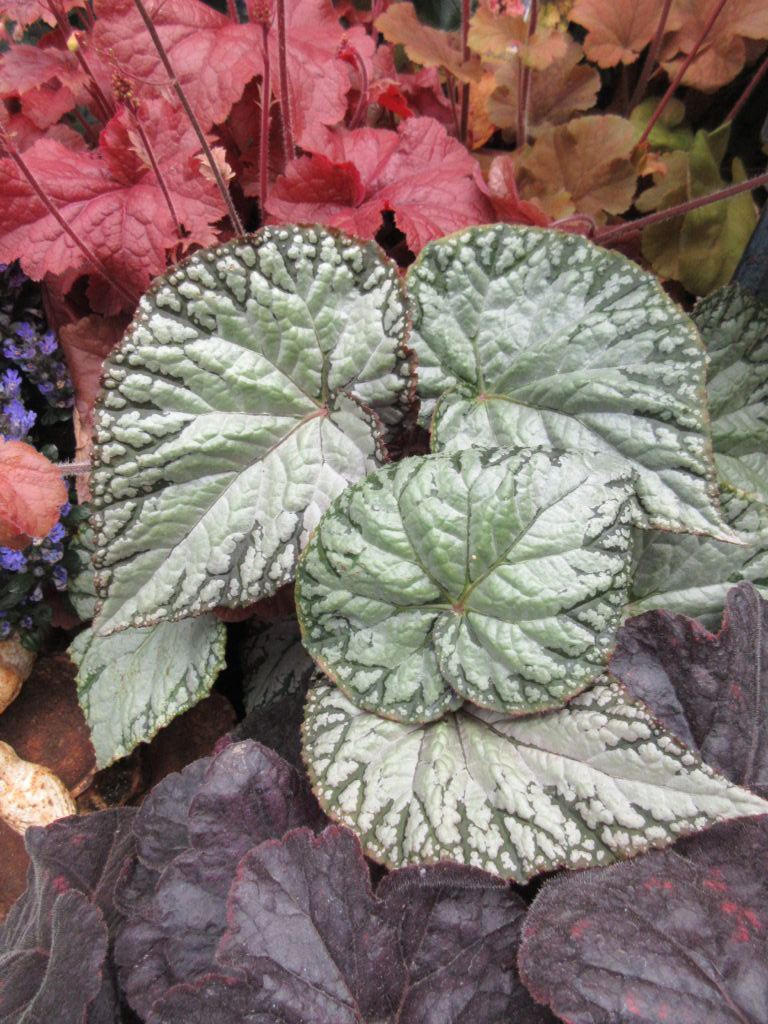
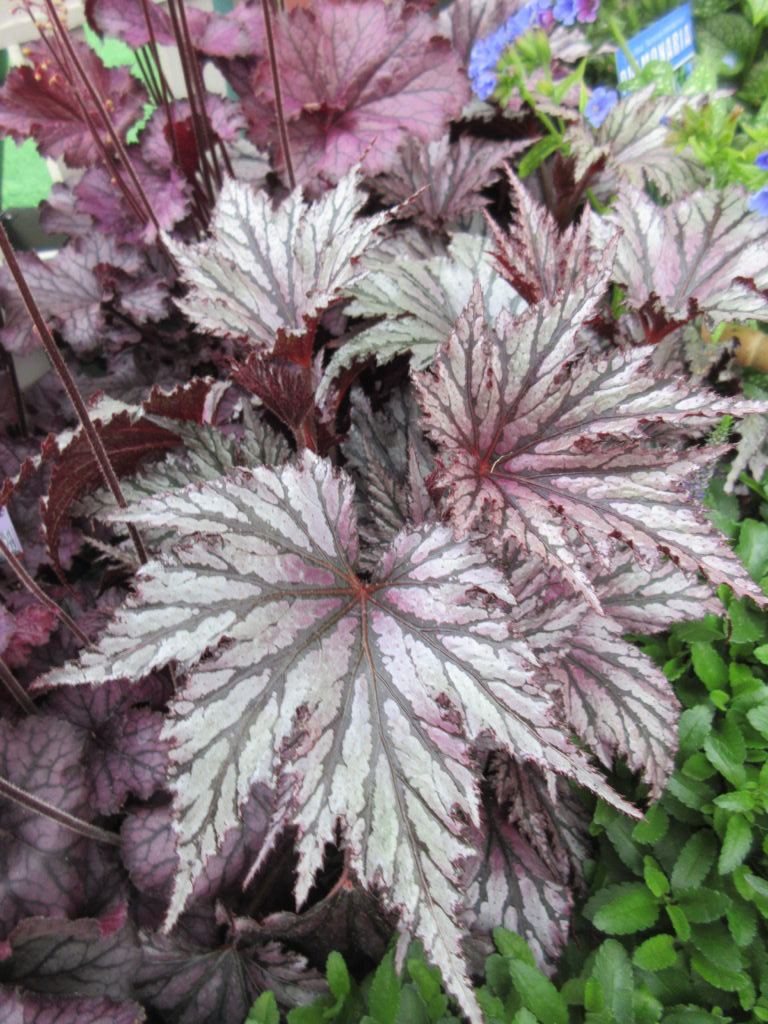
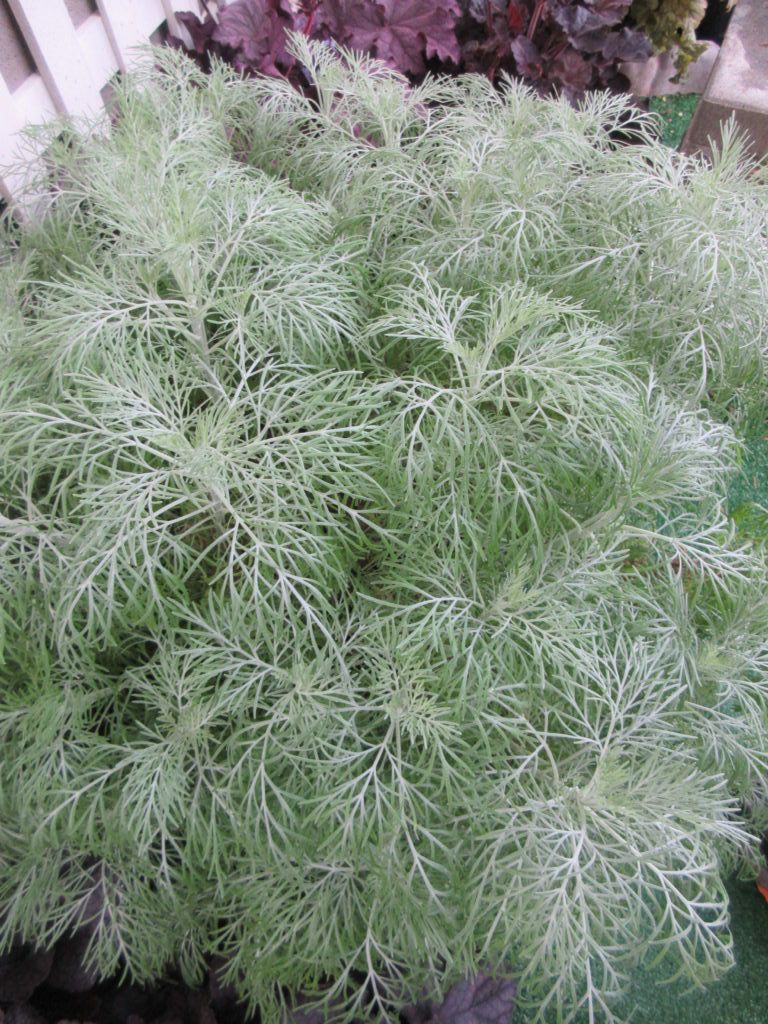
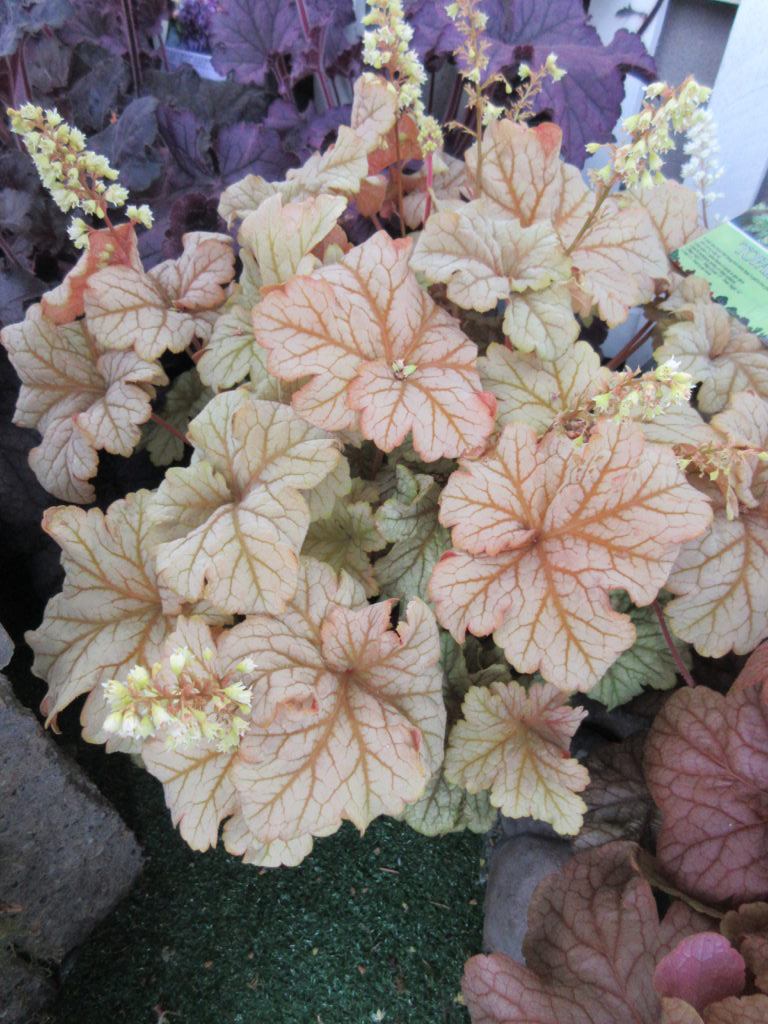
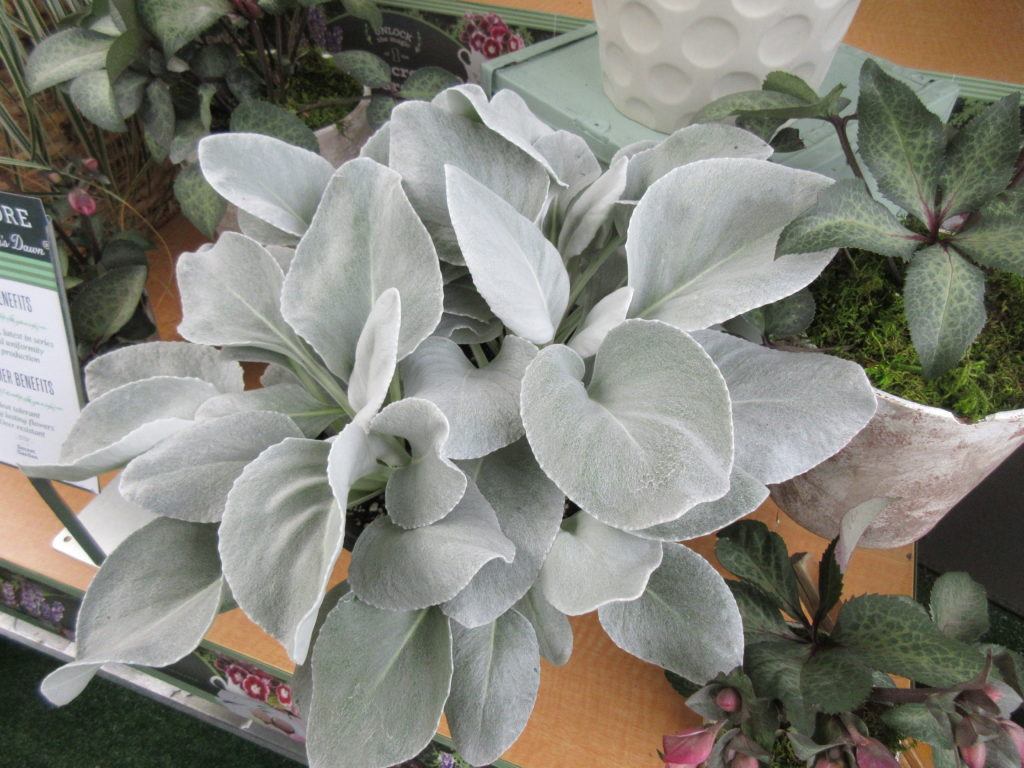
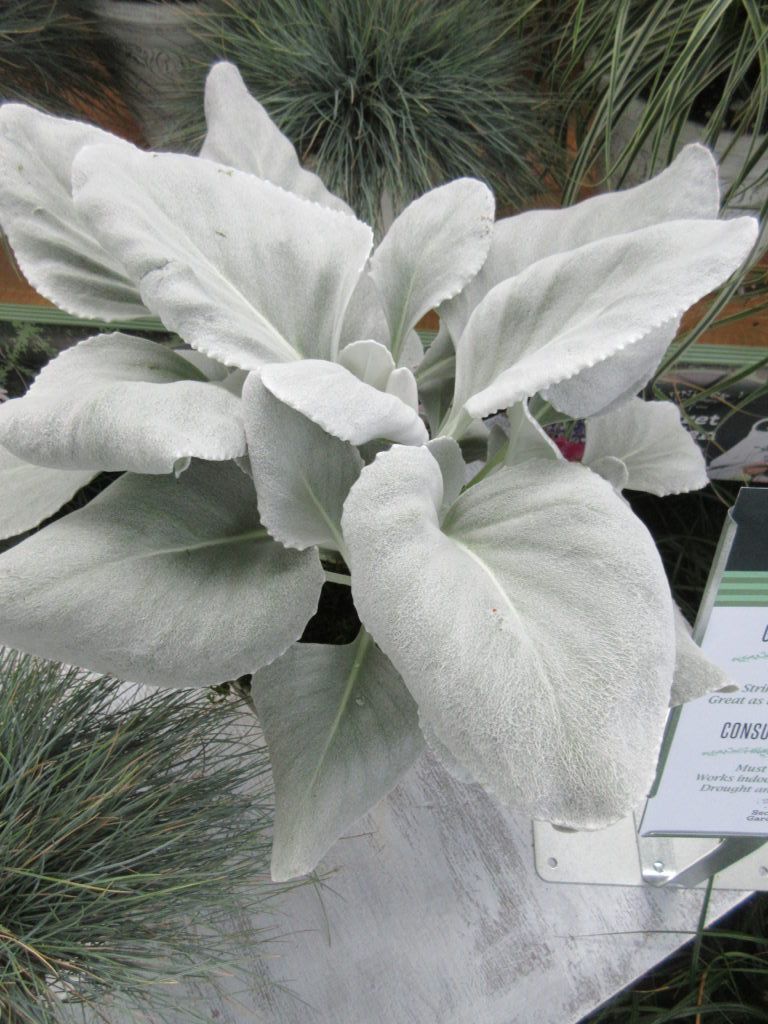
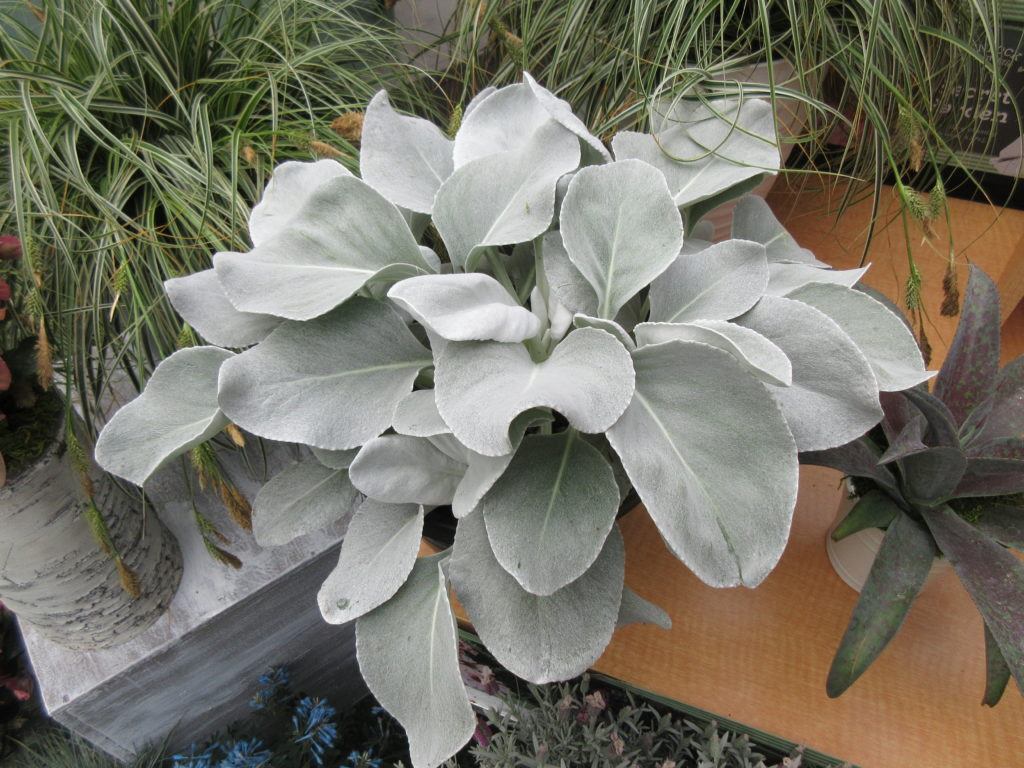
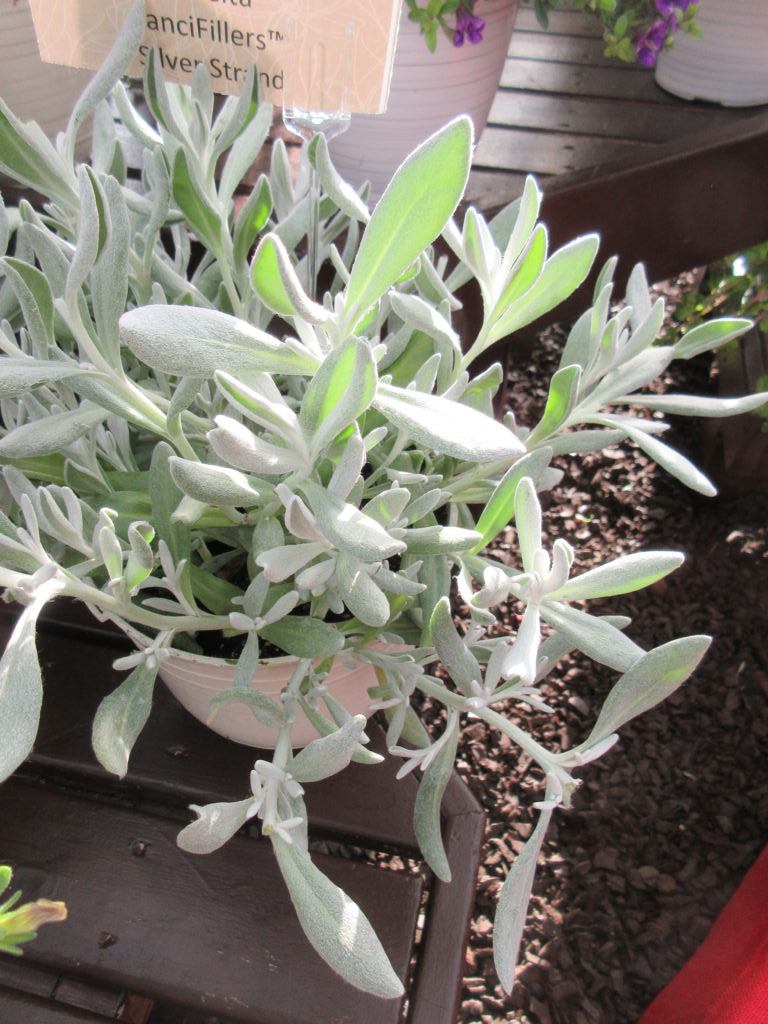
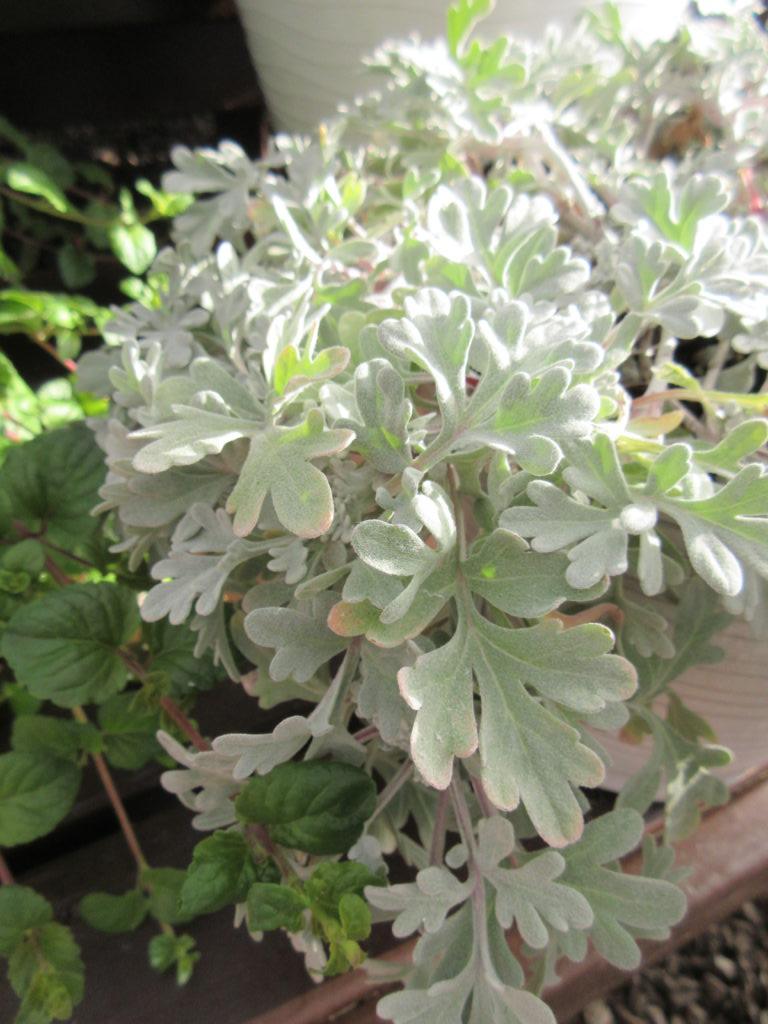
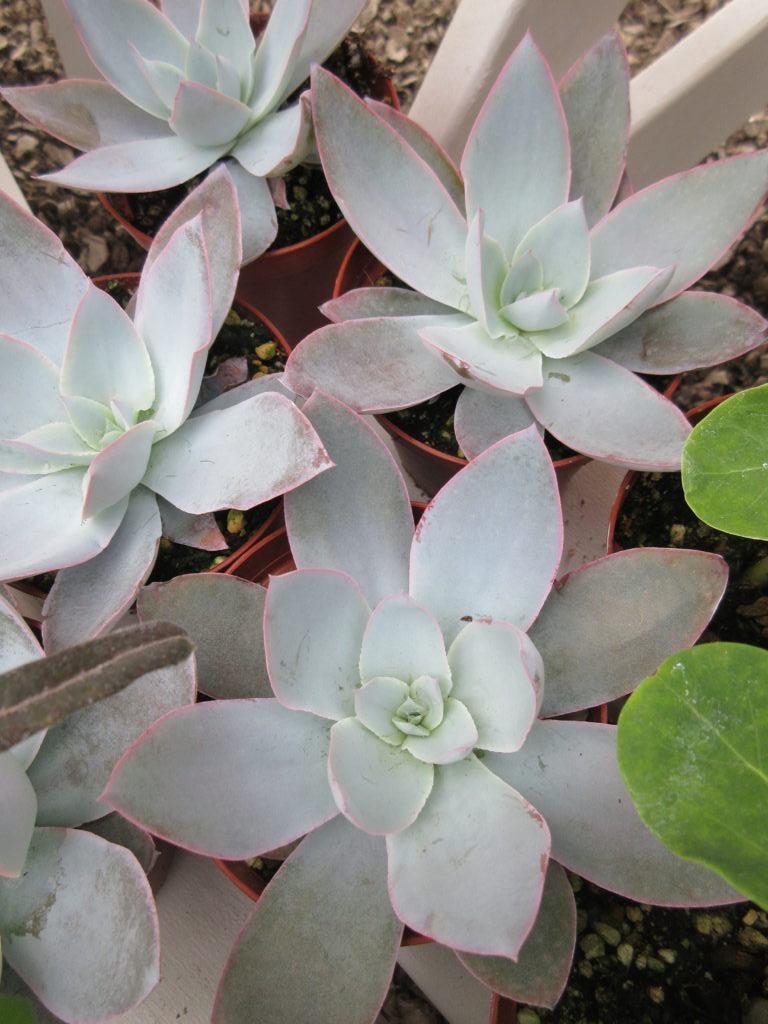
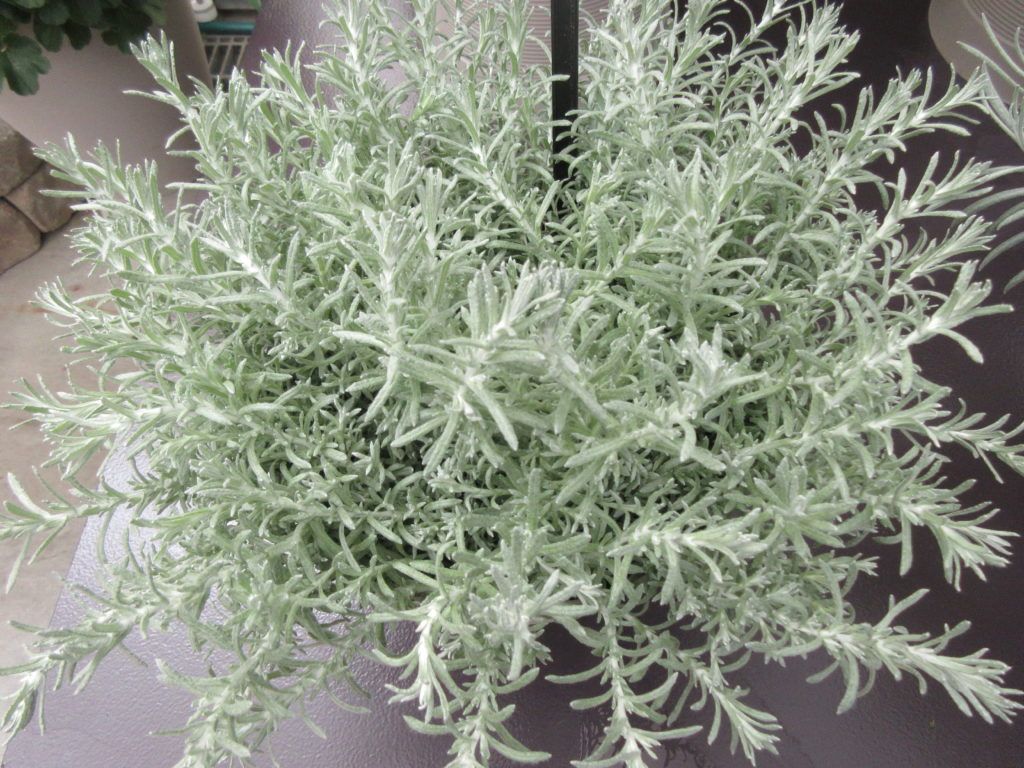
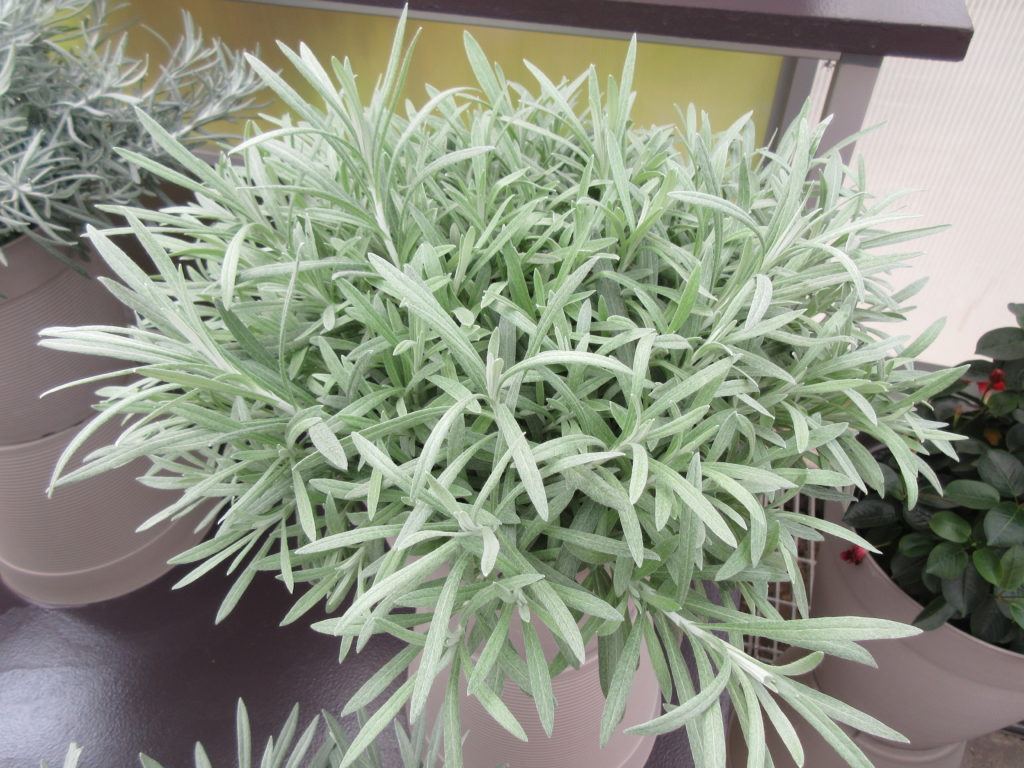
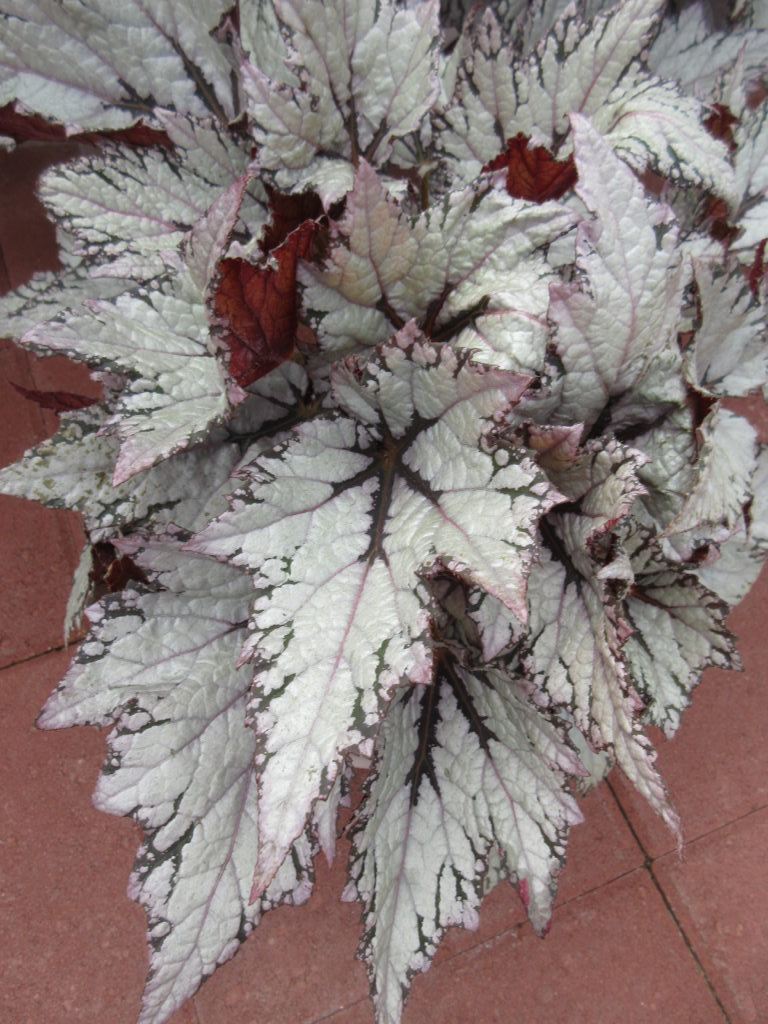
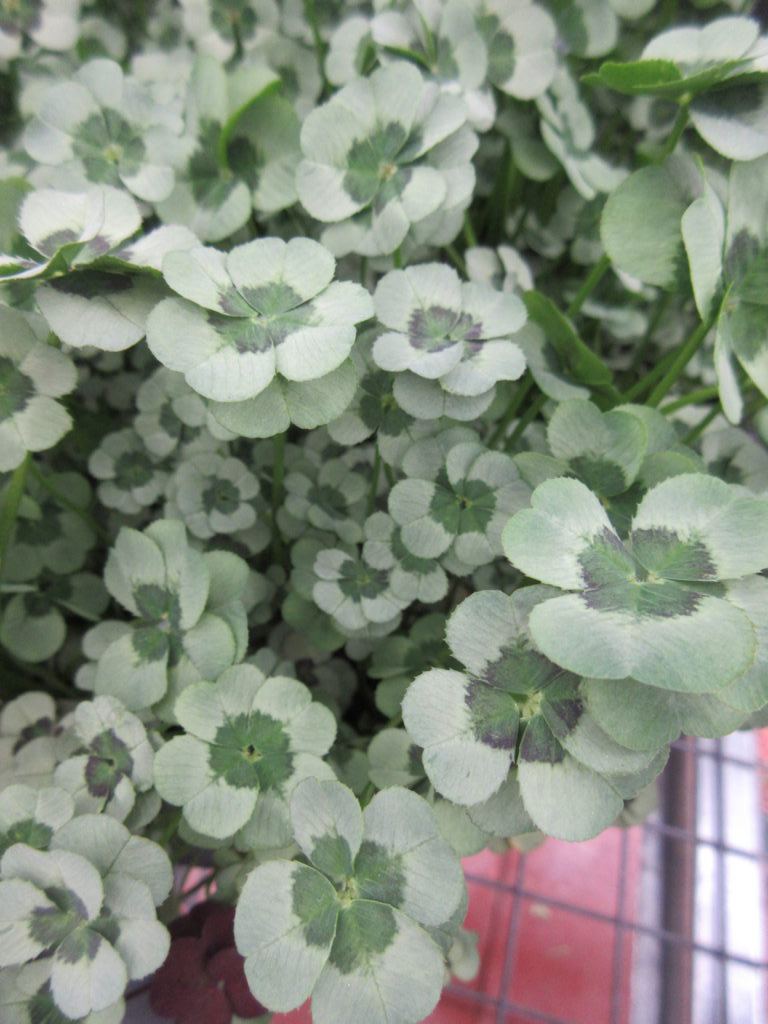
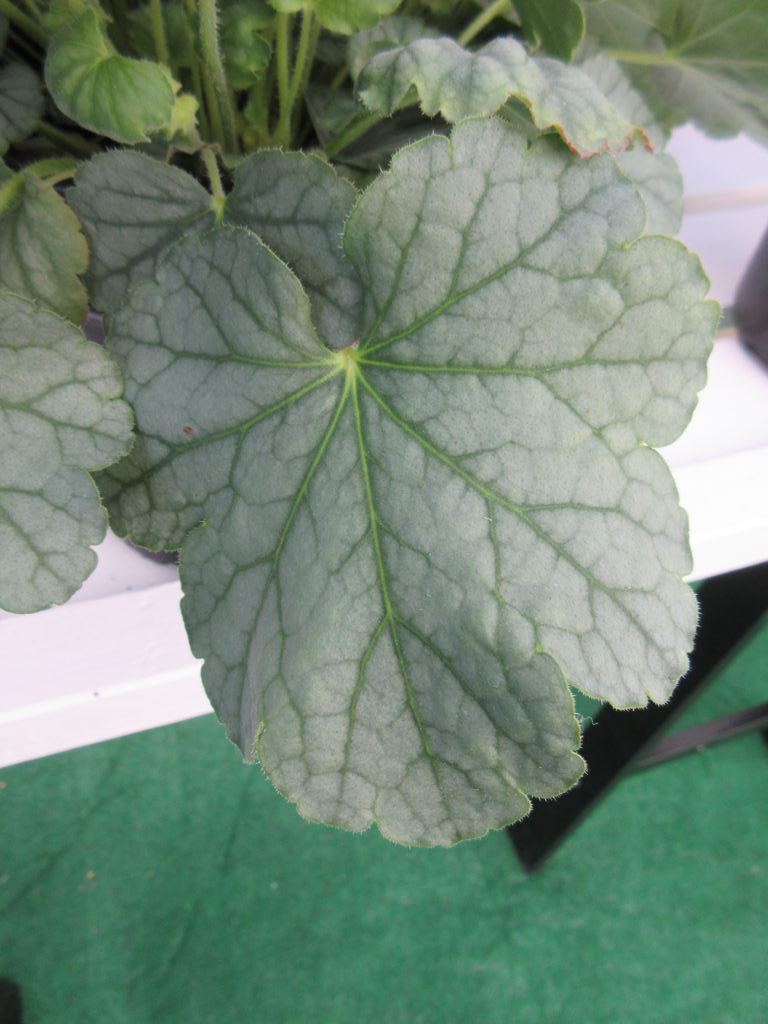
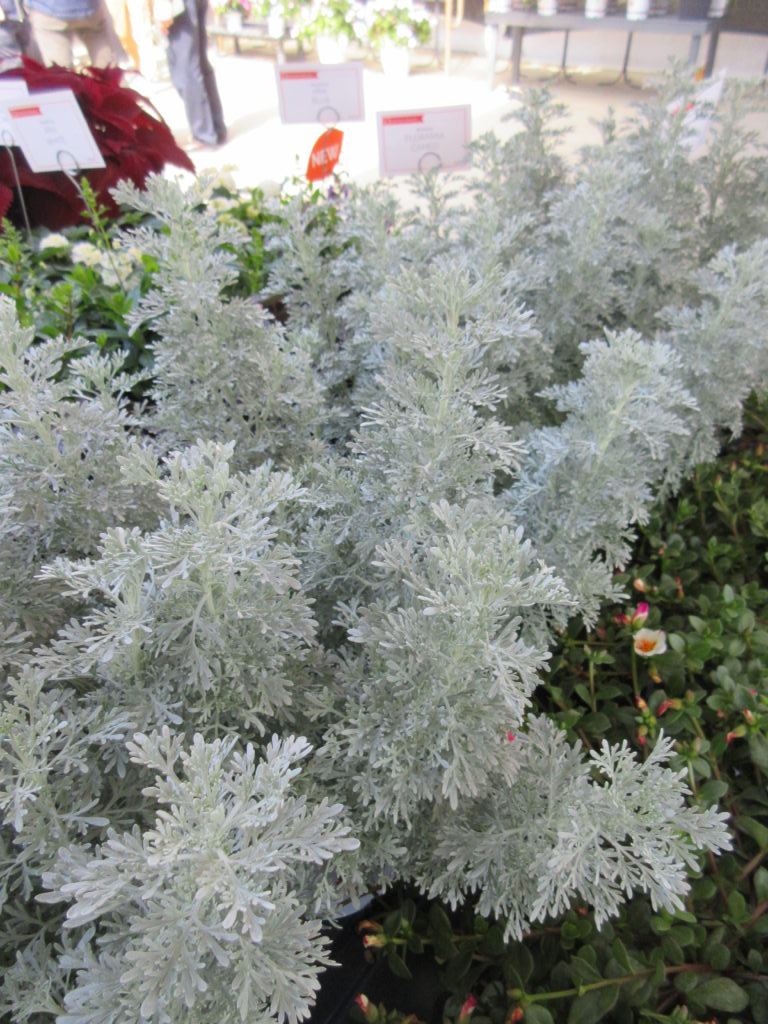
The sunshine and warmth today (75 degrees F) made spring more of a reality although the forecast later in the week seems to be a return to winter. We’ll take what we can get. I took many photos today including all of those below. The gardens are looking neat and tidy and spring color continues to arrive daily. Our grounds staff of Big John, Terry, Cindy, Bobby K. and Brian (new!) had a busy day and we took advantage of the weather. We had a solid volunteer turnout with Bonnie, Steve E., Marv B., Lloyd, Bob K., Larry O., Dick H., Steve J., Dave, Vern, Bob, Alan, Dr. Gredler, Kay, Eva, Kathy P., Marleen, Barb C., Kath, Grace, Maury, Rollie and many others! The parking lot was full!
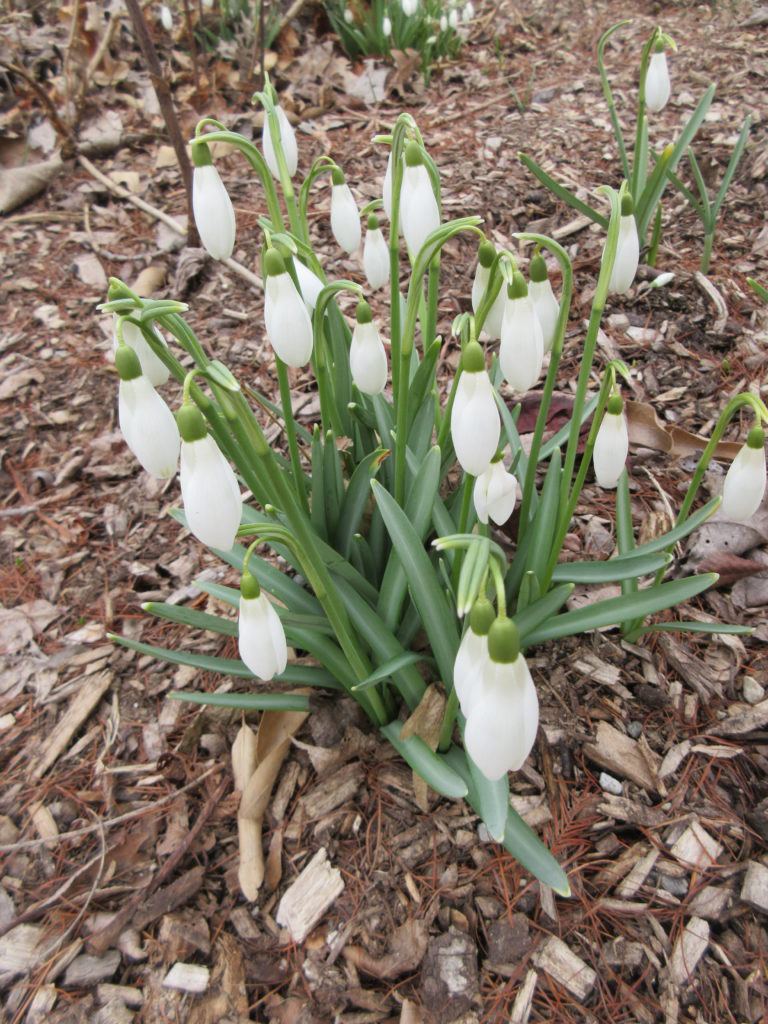
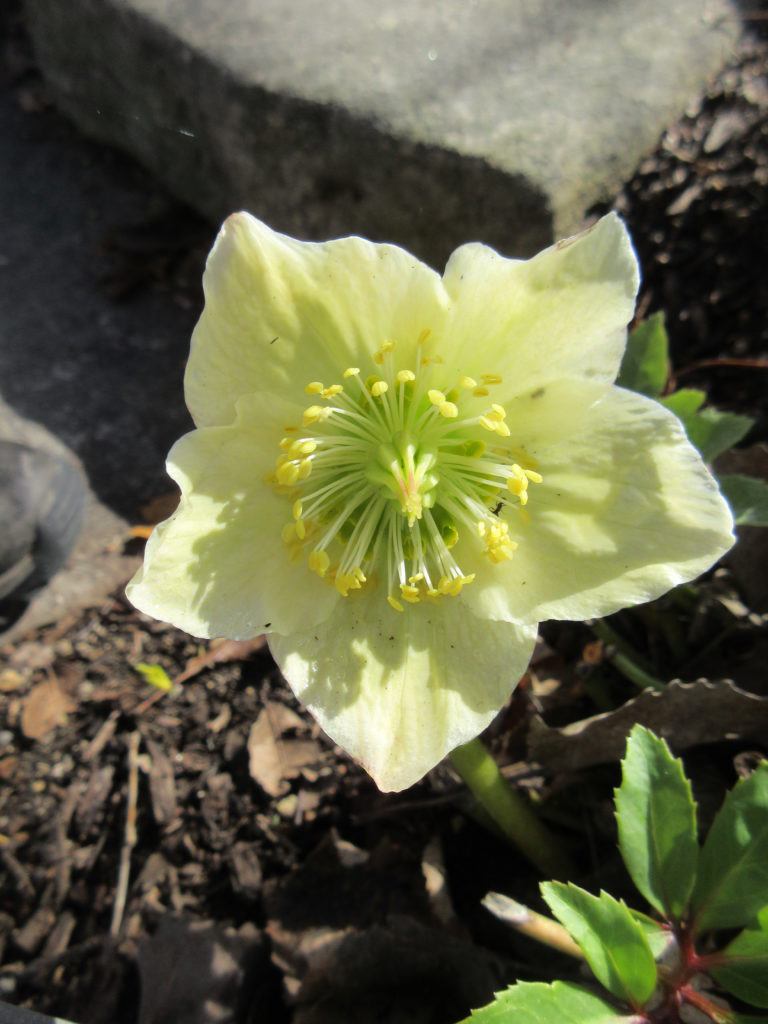
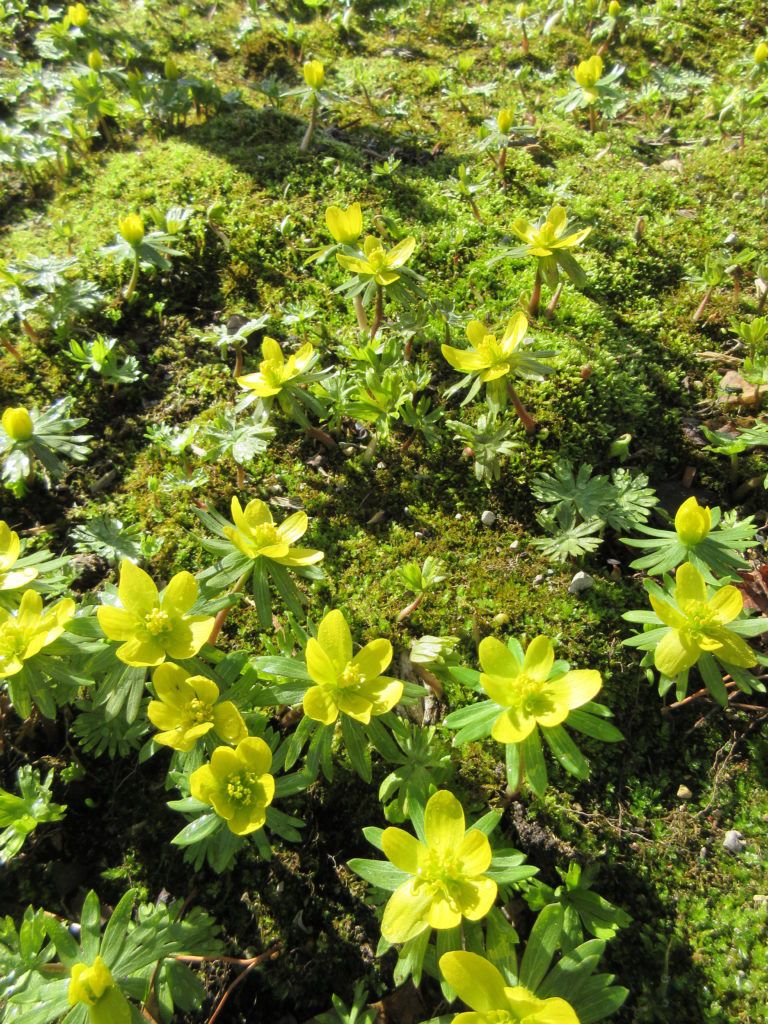
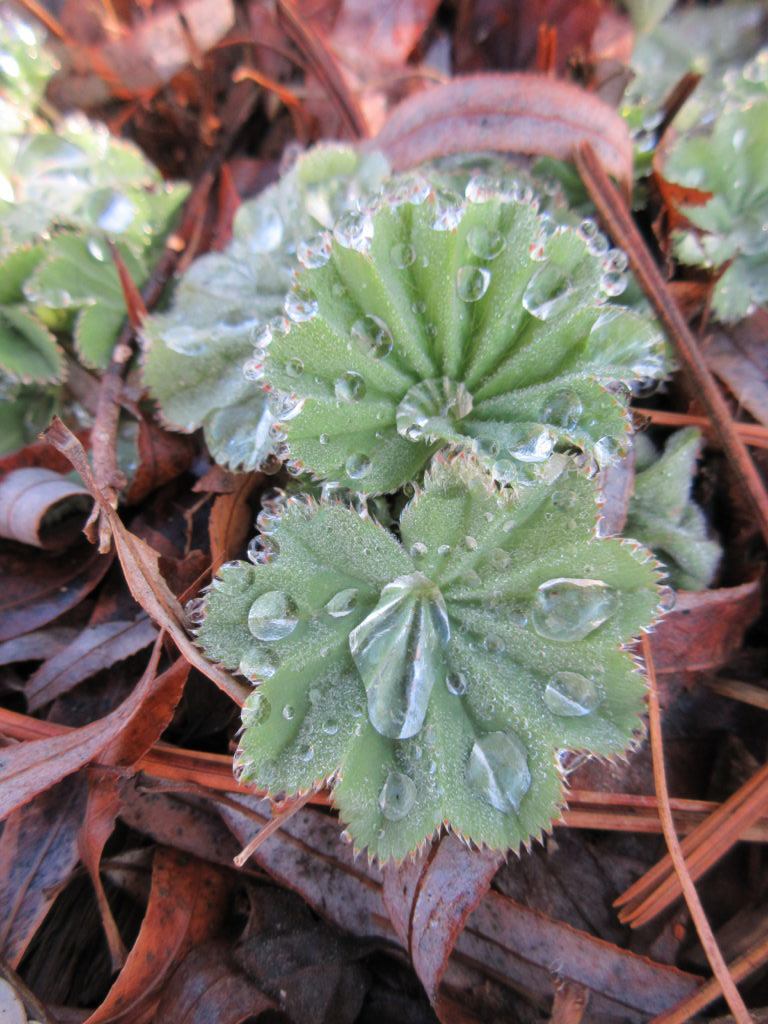
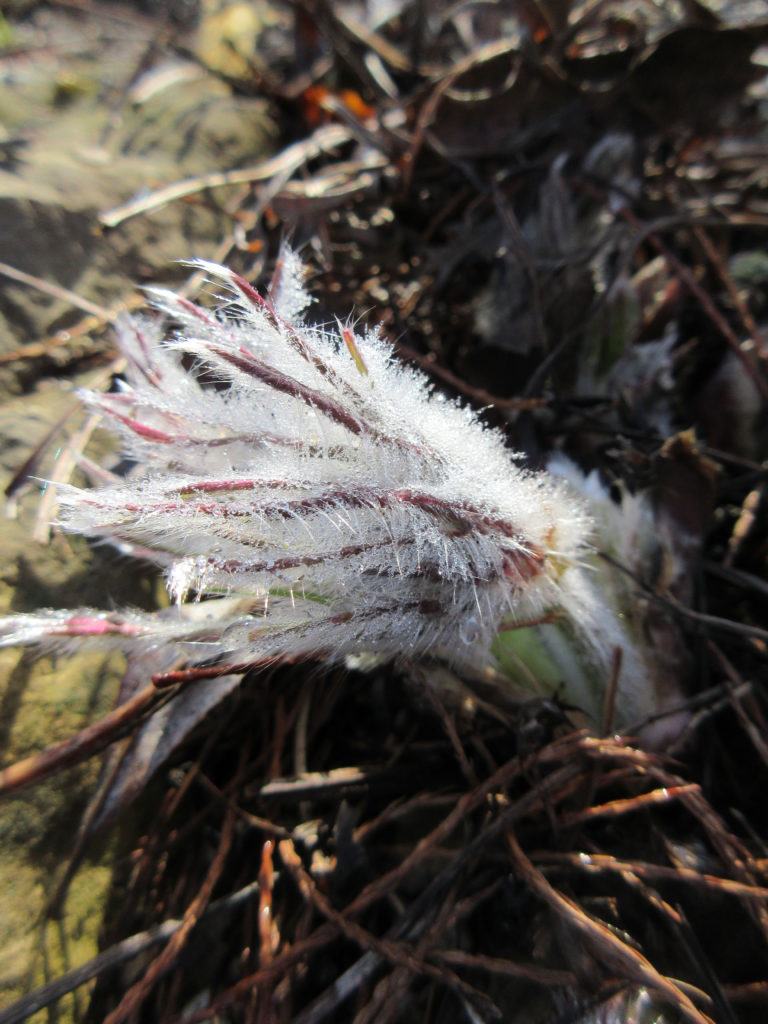
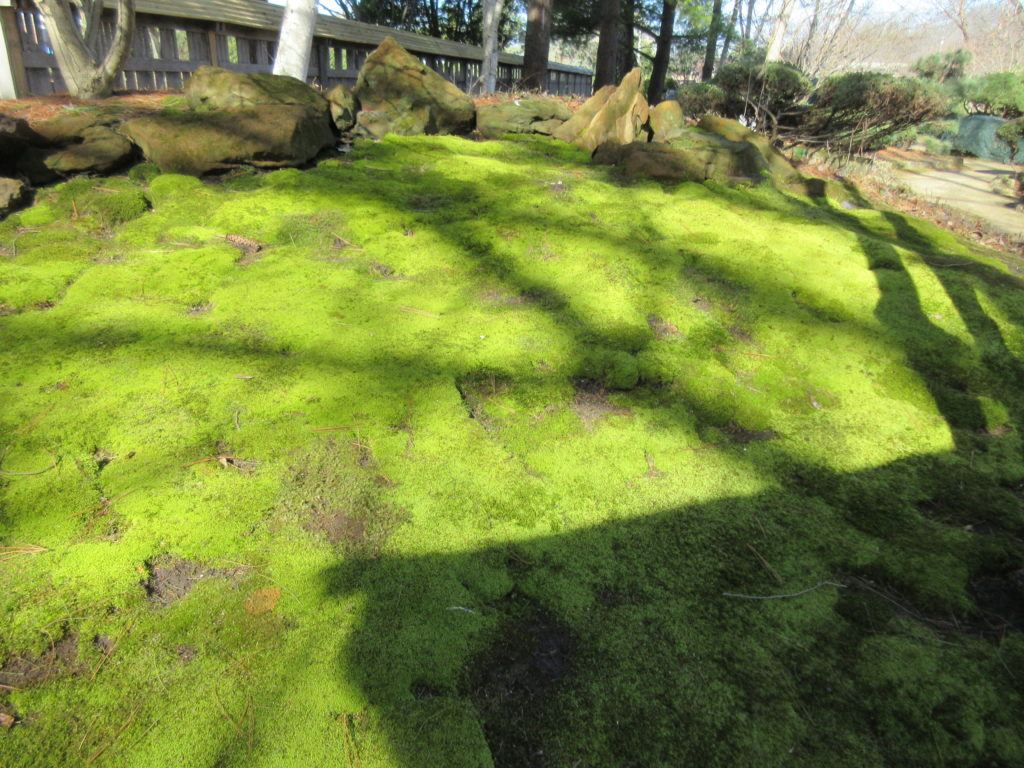
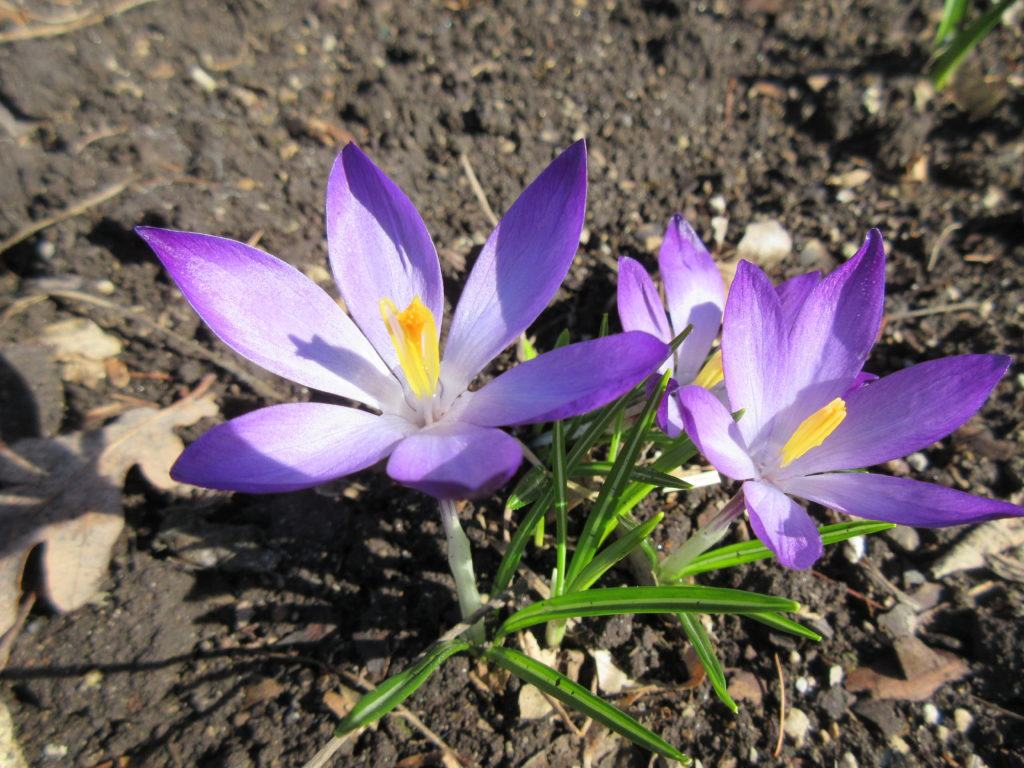
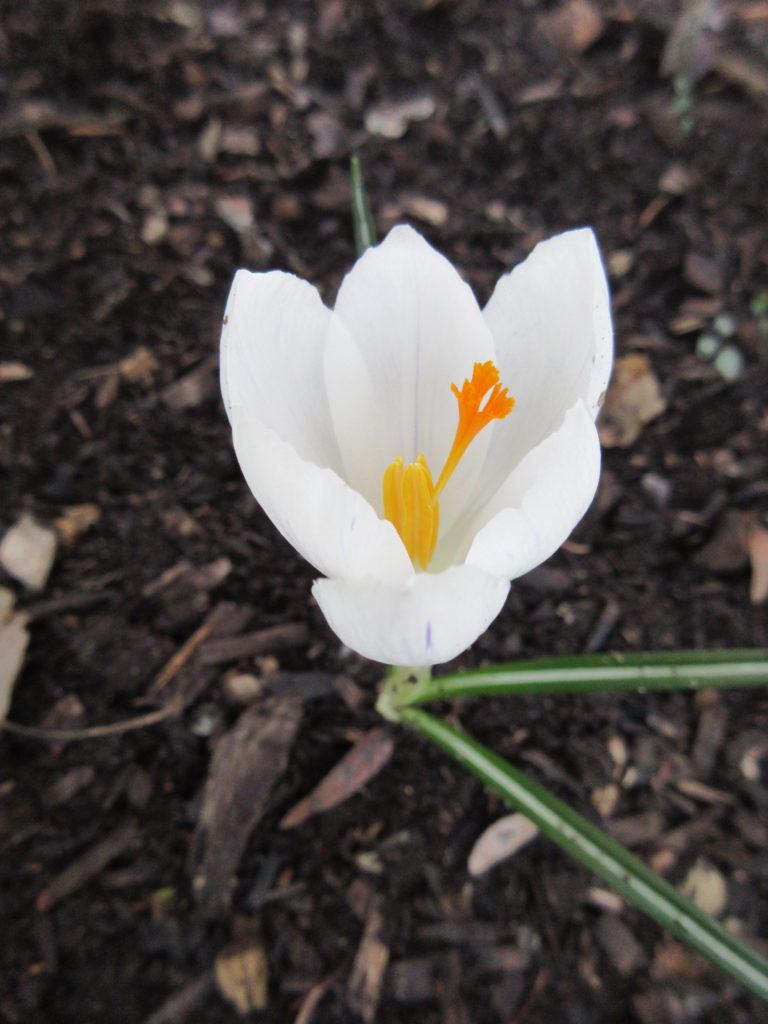
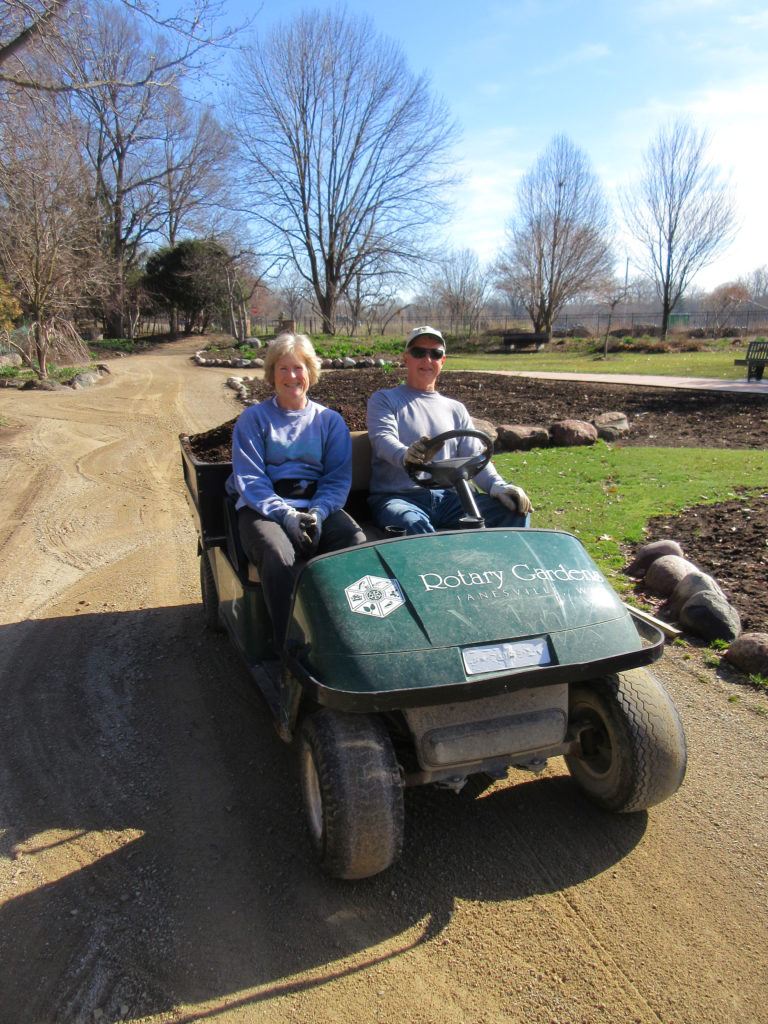
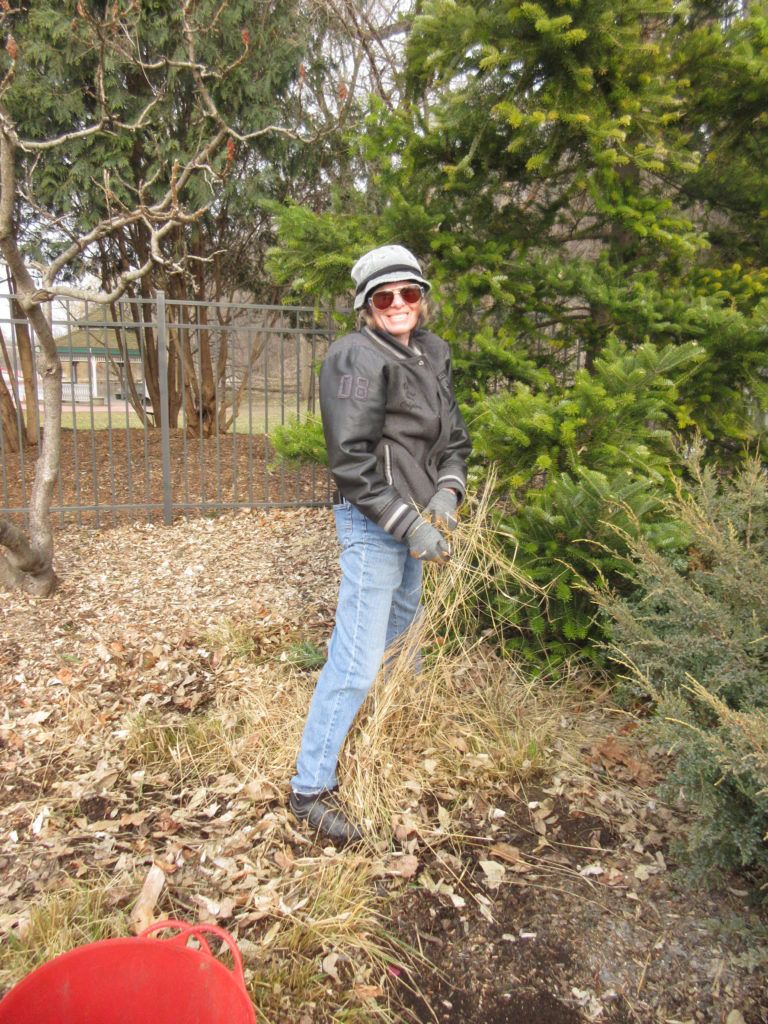
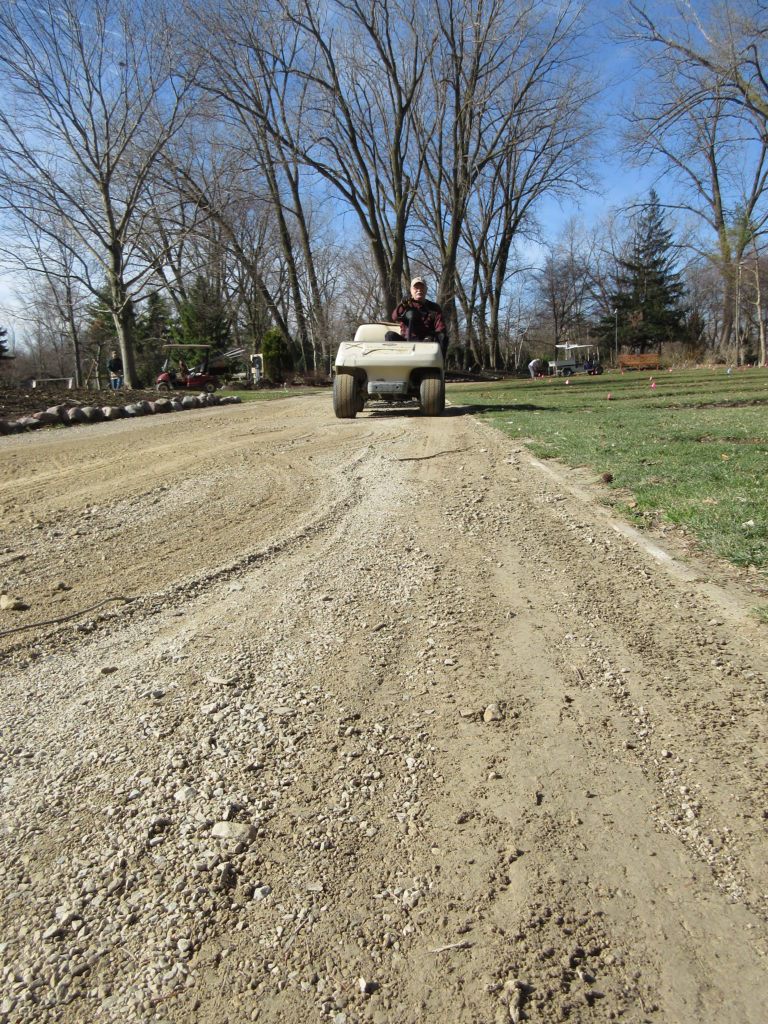
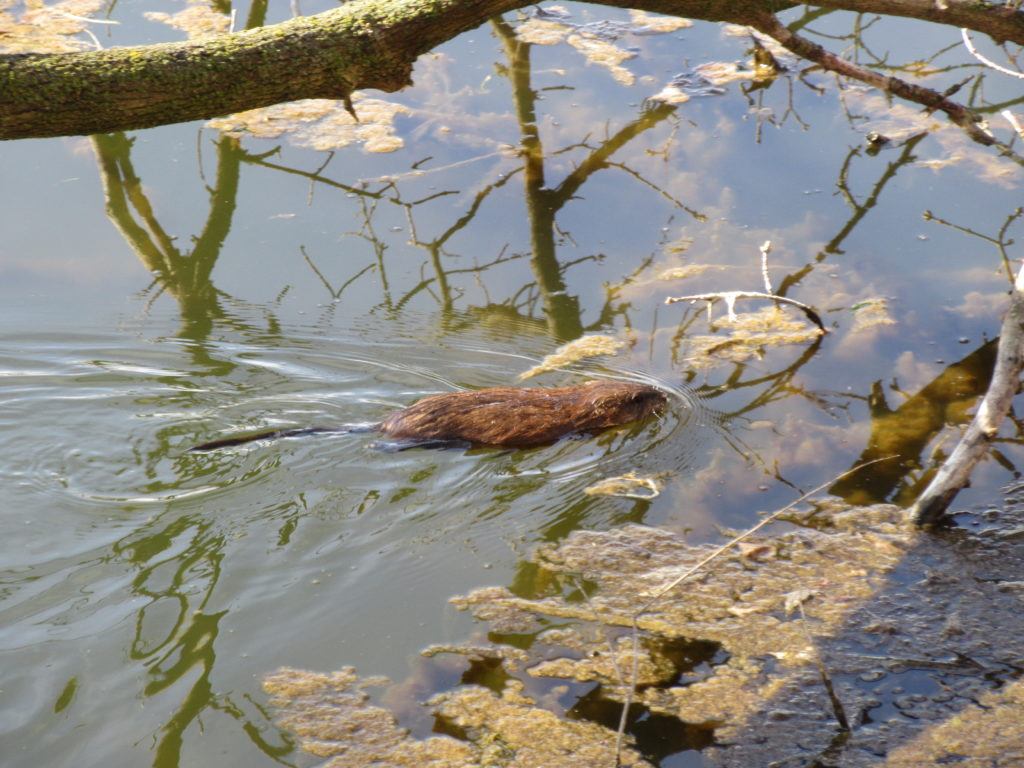
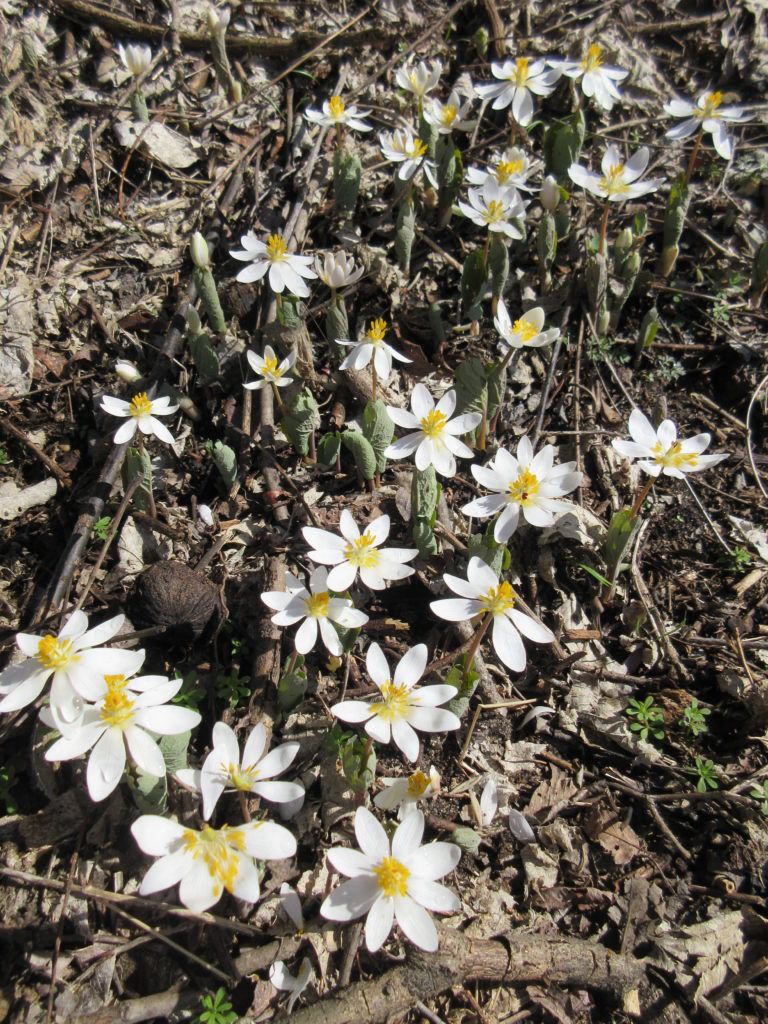
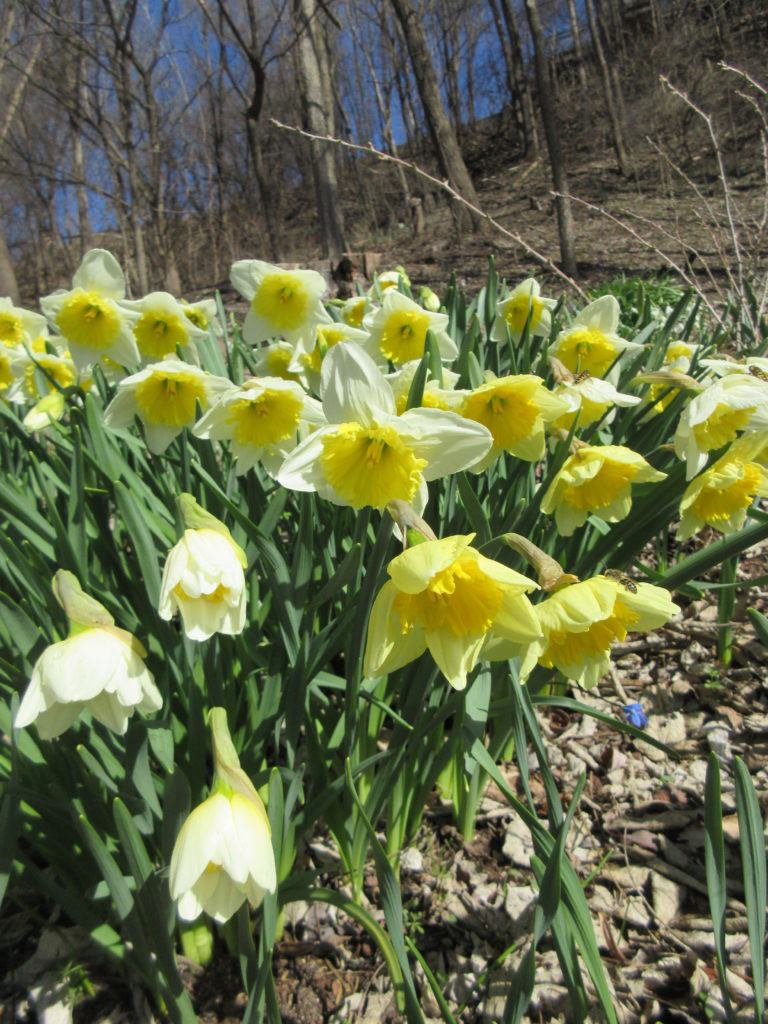
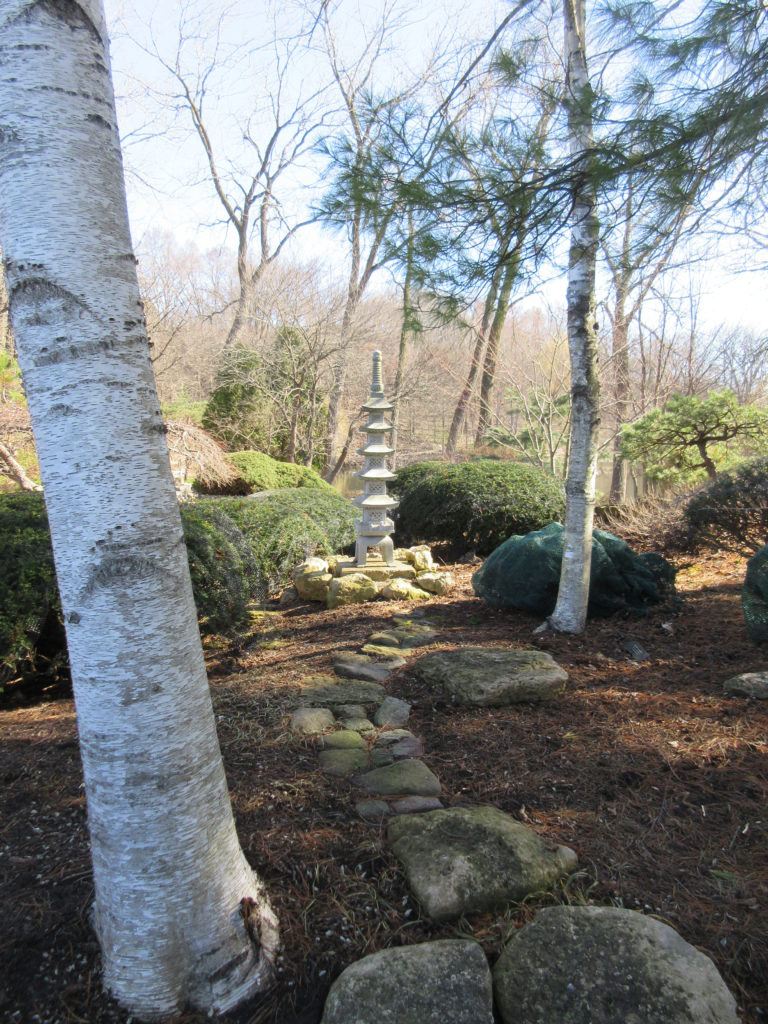
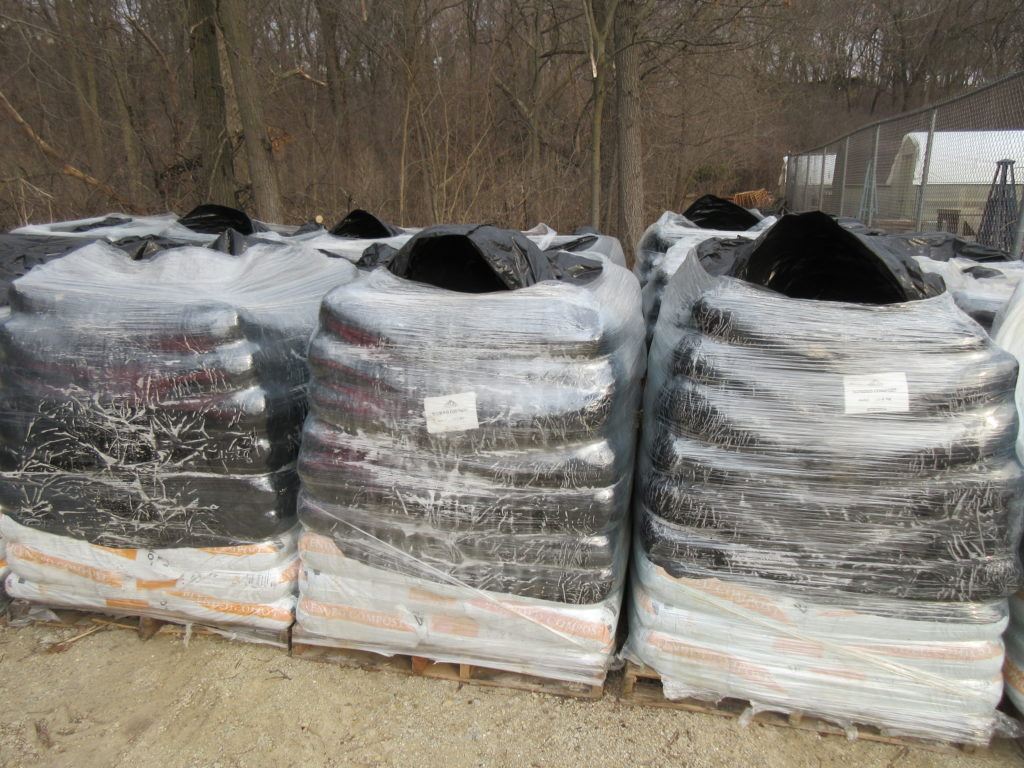
All of the nemesias shown in this blog were photographed at the California Spring Trials (CAST) recently and represent some spectacular colors and introductions in this “cool season” annual. As I prepared this blog, I realized I had blogged on this plant over 2 years ago and have dutifully included some of the descriptive text in this same blog. Nemesias are native to South Africa with many different species naturally occurring in that region. Cultivated varieties are typically hybrids and you can see here the wonderful color range offered by this heavily flowering plant. The flowers, while quite small, come out in abundance and if you look closely, they have an upper lobe and lower lobe. Some describe them as “orchid-like” in appearance and you’ll note the upper lobe has four “sub-lobes” and the lower lobe has two “sub-lobes”. Used in mass plantings, as edging, in containers, etc. are common options and nemesias prefer full sun and rich soils. They also benefit from frequent fertilization and can be pinched back or trimmed back for another flush of blossoms. It is important to note that in our climate, the hot summers are tough on these plants as they will thrive only in the cooler portions of the year. They grow strongly for us in late April through late June and will also look great in September until a hard frost. We use them much like you would pansies (Viola sp.) as “cool season” options. They rarely look as full as you see here in the dead heat of July and August (in the Midwest) although some varieties are being bred for more summer heat tolerance. In essence, we’ve used them out in early spring containers or bedding arrangements where they will thrive until July and are then removed and replaced with more heat tolerant annuals. They can be left in place however although their blooming will be quite thin until cooler weather returns in very late summer. Some afternoon shade during the hottest portions of summer will help prolong bloom coverage and longevity as well. Most selections will be between 12″ and 24″ in height and they sure pack a punch of color when sited in a nice location. Many varieties are offered as plants (vegetatively grown) in early Spring and there are also varieties that can be started inside from seed.
